











An avid collector (seriously avid) friend of mine said at one of our get-together “Carl, you’re a process guy.”
I didn’t really see myself that way, but I guess he is right.
This came about because we were discussing independent watchmakers and micro brands, and I spoke about how wonderful it is to be able to see this growth happening in a way we can be a part of it. Someone like Ming Watches who took a passion and decided to pursue it, and who we see slowly take chances with different ideas and directions. Watchmakers like Hajime Asaoka and his line with Kurono Tokyo, who added pieces with particular design and craftsmanship so more people could see what he himself sees but didn’t have to wait years for one of his custom pieces. People like Torsti Laine, who we see improve his level of finishing and workmanship as he grows and learns, and continues to learn and improve. An excellent example of how there is much to be had whether you are an early adopter or someone who waits for later more developed pieces.
This growth isn’t just seen or able to be seen with new independents or micro brands. You can see change and adjustment and vision in older, more established brands. Patek Philippe taking a stand to make people realize that their steel Nautilus line is in no way indicative of the depth, breadth, and height of their vision and ability, but doing so in a very polite and proper way. People often ask me, by the way, what would be the ultimate Patek piece, or any piece. Personally I would say something clean and simple yet hugely complicated. There is a reason why the Sterns check each and every single minute repeater before it goes out to a collector (who is generally known as someone
serious). Hugely interesting to see how those that actually guide the industry manage the changes they face.
You see the process with someone like Oris, who has always had a rather independent streak and who has come into very justified prominence of late by doing just what they always have but taking chances. You see it with Seiko and Grand Seiko as they try to move into a position proper to their abilities while not going overboard. Speaking of something similar, you see it and have seen it with Panerai. The Italian brand under Mr. Bonati became a powerhouse for enthusiasts, went through a challenging time of growth as their appreciation became more widespread, and still continue to be able to please enthusiasts coming back to the fold while also creating pieces that the mainstream will appreciate. This is extremely hard to do.
I often tell people that they know more than I do, that they can quote reference numbers and specs and prices better than I can. Maybe because I have been there and seen all that, and it propelled me to look further. I love seeing the true passion behind all of this, the struggle, and the taking of chances and the growth.
This last year, as the malls opened up again, I have watched people buy 50 dollar watches in stalls with as much excitement and attention as anywhere else. I saw them look at things and try them on, I saw them smile and then walk away with something that made them happy. I saw people bringing their watches to strapsellers, whether physical stores or through online-organized meetups, and I watched as they moved their experience to another level of appreciation. This is far, far more interesting than the conversation of “How much over retail did you pay.”
There is a story I want to tell, but I am still not sure how to tell it. About all the tales I hear when I ask people about their watch. I see the light in their eyes, I hear the excitement or longing or quivering in their voice. I see smiles and I see tears. I and those I tell these stories to get goosebumps when we hear them.
Watches are about time, time is about experience and memory and what you do with it and take from it. These experiences are meant to be lived and enjoyed and learned from.
So many people still don’t understand. We don’t talk about “things.” We listen to stories, and we have the honor and responsibility to bring those stories and experiences and passions out.
And I don’t just mean we at Calibre. I mean all of us.
Carl S. Cunanan Editor-in-chiefMay you all have a wonderful year ahead of you. And thank you for the stories you have yet to share. carsandcalibres

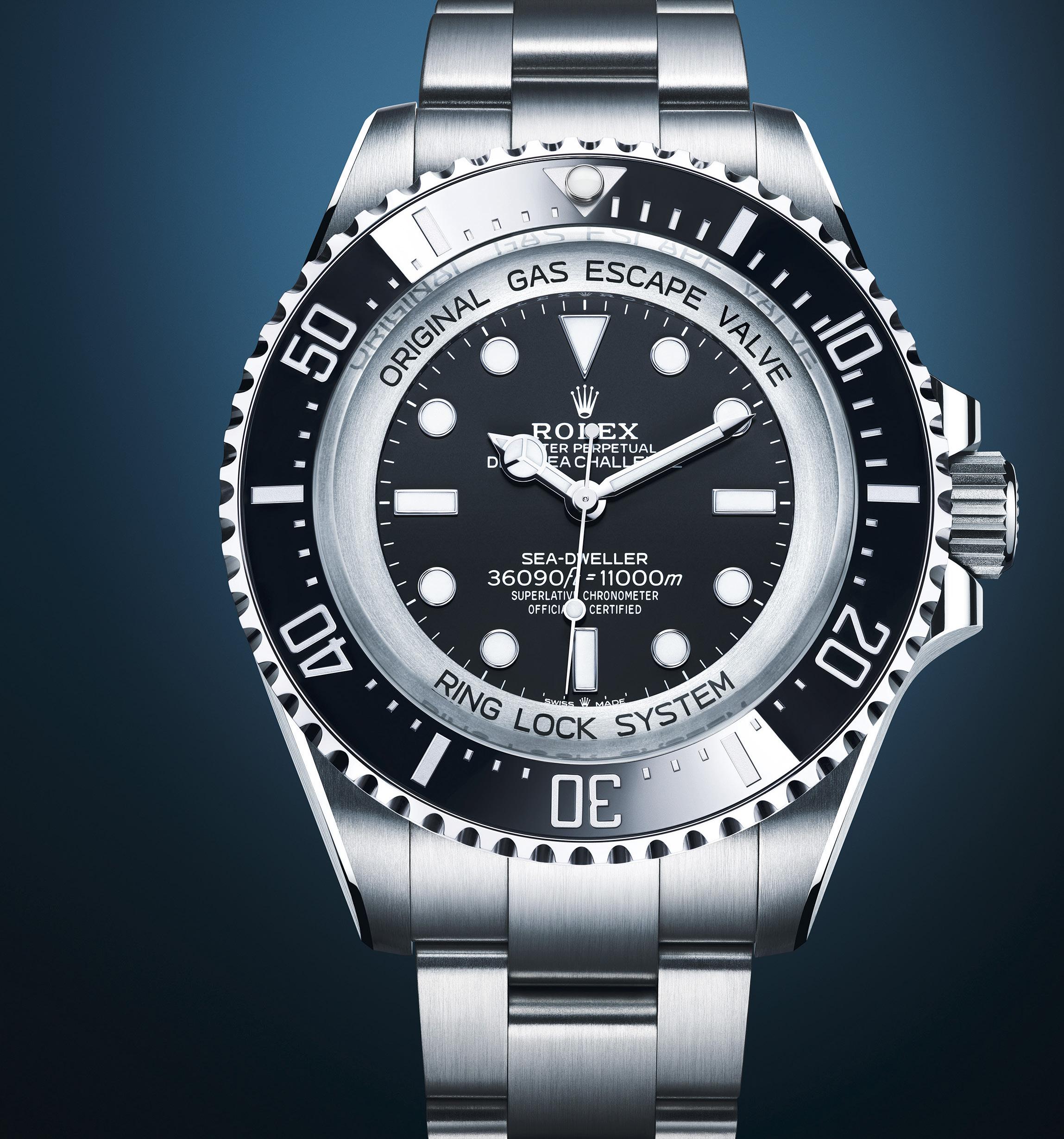
 PARALLEL PASSION
PARALLEL PASSION
Vacheron Constantin makes us look back and forward, in and out, and increasingly higher than ever.







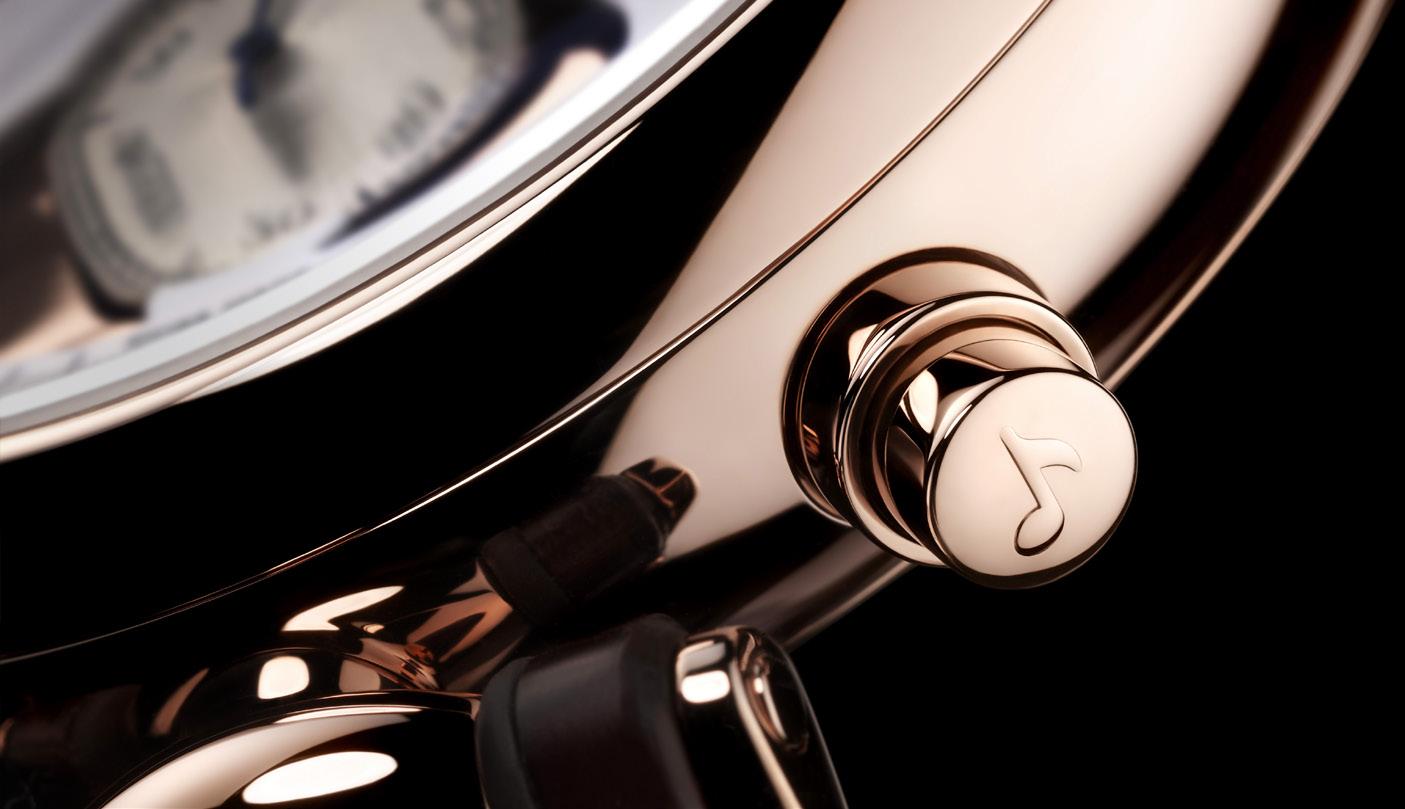



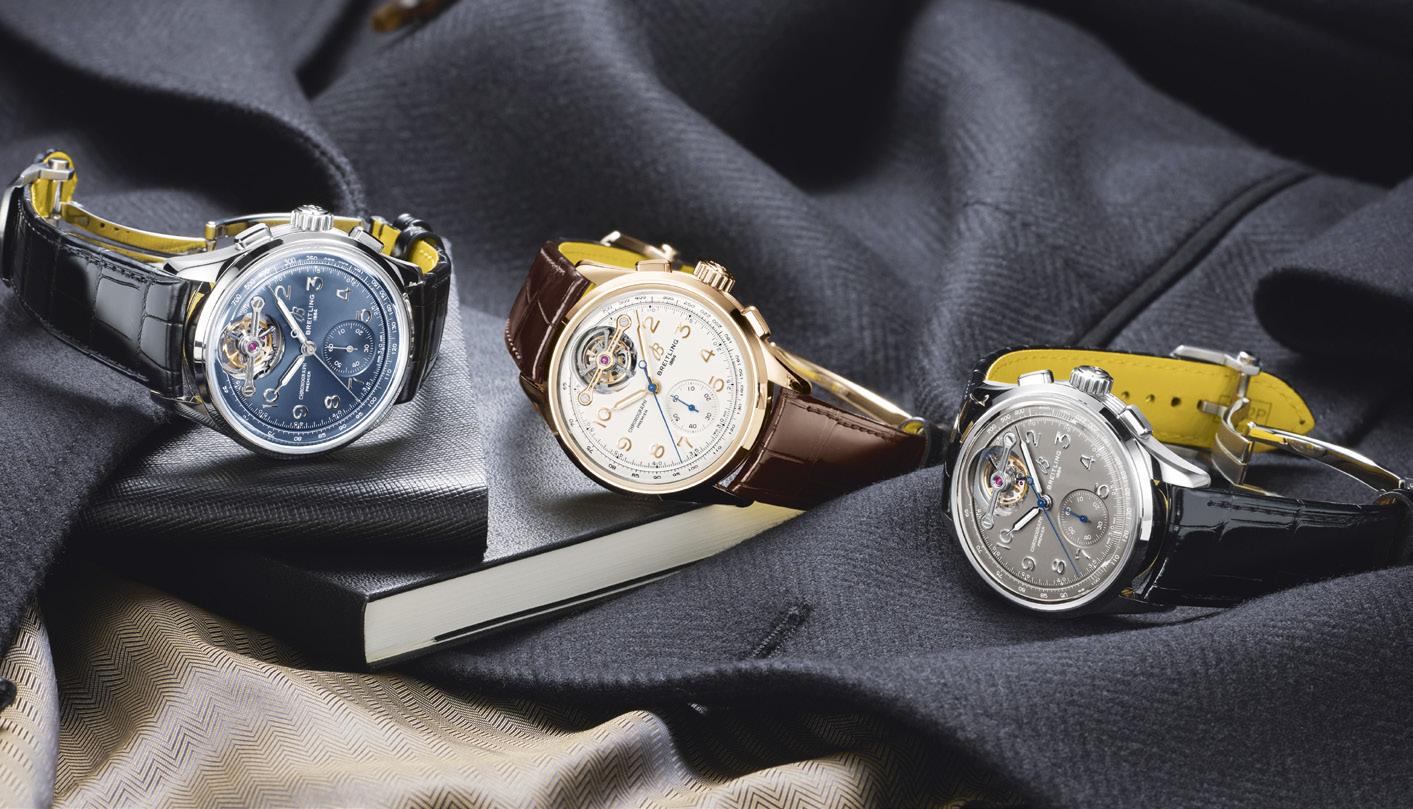
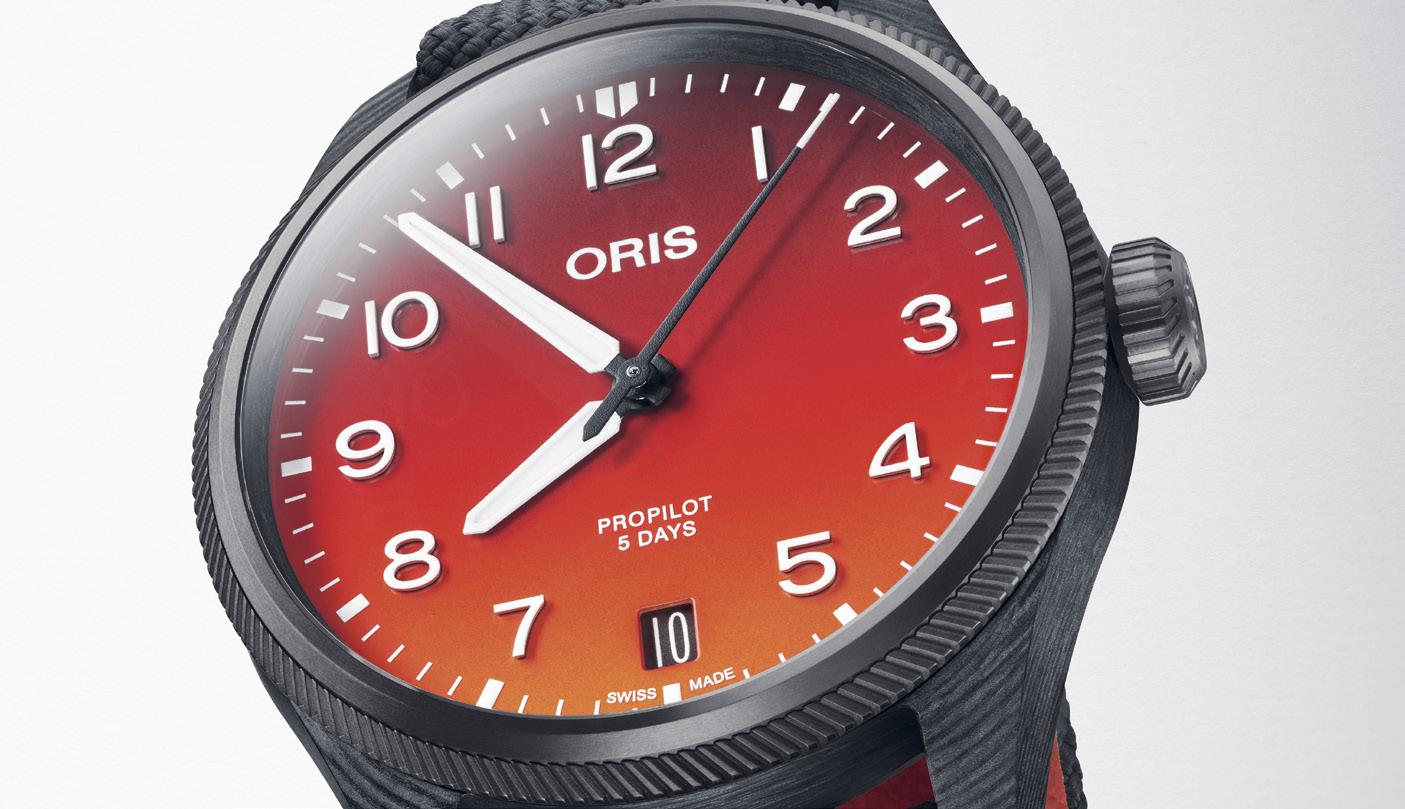


Time passes irrevocably.




Executive Editor
Joseph Peter C. Calimbas
Senior Editor
Hernan C. Mapua
Collections Editor
Jason S. Ang
Associate Editor
Kit O. Payumo
Senior Staff Writer
Alberto E. Casal
Editor-at-Large Bryan Martin B. Zialcita
Design Director
Charie L. Biaden
Senior Designer
Mark David A. See Designer
Mary Ann E. Marcelo
Contributing Writers
Katherine S. Cunanan
Jose Martin V. Ursúa
Leonard Vincent L. Ho
Edrich Santos
Dominique O. Cerqueda
Contributing Photographer
Keith Sundiang
Advertising Traffic Manager
Mary Jane O. Salazar
Malyn L. Bautista
Hiroshi D. Paderagao
C! Publishing and Media Group, Inc. Publisher
Chairman Michael L. Lhuillier
Managing Director
Paolo M. Puyat-Martel
Board of Directors
Michael L. Lhuillier Paolo M. Puyat-Martel Carl S. Cunanan Kevin C. Limjoco
Vice President Mayette L. Asis
Senior Accountant Merline B. Urdas
Credit and Collection Officer Mary Ann M. Benito
Legal Counsel Paredes Garcia & Golez Law Office
C! Publishing and Media Group, Inc.
10 Nathan St. White Plains Subdivision, White Plains, Quezon City, 1110 Philippines Tel: (+632) 7728.3720 to 21 Visit: www.calibremagazine.com
Distributed by: Alphastream Marketing Inc.
#5 Everite St., Calumpang, Marikina City Tel: (+632) 7945-5089
Copyright © 2023
Calibre Magazine PH
facebook.com/calibremagazineph
@calibremagazineph twitter.com/calibremagph
The editors and publishers of this magazine give no warranties, guarantees or assurances and make no representations regarding any goods or services advertised in this edition. No part of this magazine may be reproduced, in part or in whole without written permission of the publisher.
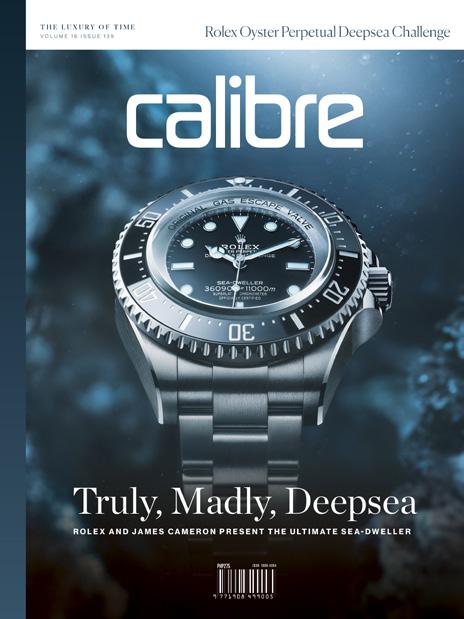


Late in 2022, Rolex announced that they would begin to offer brand certified preowned watches beginning in December of that year.
Initially, these would only be offered through Bucherer Boutiques located in six EU countries but would gradually expand globally come 2023. If you check the official Rolex website, there are several distinct qualities a certified pre-owned watch purchased through them when compared to pre-owned watches certified by third party watch sellers commonly referred to as the grey market. The most notable item you will get when you make a purchase of a certified piece in my opinion is the certified pre-owned guarantee card which comes with a two-year factory guarantee and a different card. The fact that you are getting a watch that Rolex says is the genuine article is more of a peace of mind thing.
When this piece of news hit the streets, many grey market dealers created so much noise to mask the fear they felt then. It seemed the crazy profits everyone was making for the past couple of years selling Rolex watches above MSRP was definitely over. This and the events of last year (war, bitcoin bubble burst) that deflated the selling prices of top shelf watches would certainly mean these grey market sellers and those who bought watches solely for profit would feel the pinch was inevitable. Rolex typically hold their value
really well but with the way their selling prices went, even they had to come down.
At this time, that pinch hasn’t happened and the grey market world seems to be moving as smoothly as before less thirty percent of value switching hands. From what I read, the price difference of a certified pre-owned versus a grey market piece would likely be at least 15% higher. There are also limits as to how old a Rolex watch could receive the certified seal as Rolex caps the age of the watch to no more than 3 years. If the aim of Rolex is to regulate the prices of its newer pieces (which are the ones flipping like crazy recently), then this would make sense. To what extent this new Rolex initiative impacts the market remains to be seen.

I for one would likely buy a pre-owned from Rolex based solely on how competitive the pricing would vis-à-vis with how much I could get from a trusted reseller of which there are aplenty. I don’t want to pay too much for the two-year guarantee (brand new ones come with 5 if I’m not mistaken). Of course, nothing beats buying a brand-new timepiece. I liken it to driving out of a car dealership for the first time ever. There’s something about not thinking of where this car (or watch in this case) has been to and what it’s been part of already.
There will be exceptions of course. There are just some pieces that are impossible to get brand new so for these, like new would have to do.
“THE FACT THAT YOU ARE GETTING A WATCH THAT ROLEX SAYS IS THE GENUINE ARTICLE IS MORE OF A PEACE OF MIND THING.”

“Jewellery is a way of keeping memories alive.”
— Lily Collins jewelry
It’s the start of a new year, and this one already seems to be full of promise in comparison to the past 2 or 3 years of having COVID news front and center. This time around, we’re having a steady diet of geopolitics, economics and other more mundane topics presented in our daily news interspersed with the occasional COVID updates still lingering here and there. Though still not exactly joyous news, at least these are clear indications of people (and countries) going back to ‘business as usual.’
Something to look forward to later this quarter would be the many watch events showcasing the new novelties of different brands for the year. Watches and Wonders Geneva this year will be held on March 27 — April 2. Traditionally it was an exclusive event that only watch distributors/dealers and members of the press were invited to attend. However, its organizers decided to open this event to the public for the very first time on its last 2 days this year (April 1 and 2).
This is an exciting time for us watch guys/ ladies. Hardcore enthusiasts previously
mourned the end of Baselworld some years ago since attending this watch fair was usually included in their bucket list. With Watches and Wonders opening up to the public, this could be a great alternative for those who want to travel to Switzerland and attend a legit watch fair (in lieu of Baselworld).
With COVID restrictions on traveling becoming a thing of the past, people are now flying out (or planning to fly out) for vacation to different parts of the world. A friend of mine is thinking of visiting Switzerland during summer this year, and he asked me for some tips for places to see or events to attend. Since life in Europe is now mostly back to normal, I basically just passed on to him the ‘watch enthusiast centered’ itinerary I mapped out for my own trip to Switzerland last 2018. Factory tours, watch museums, watch boutiques — all these and more were identified and visited by yours truly 5 years ago. And I really hope that I’ll be able to plan a trip like that again in the next few years.
There are a lot of reasons to be hopeful this year. Just like everyone else, I know that the best is yet to come — especially when it comes to watches and the watch industry.

Bryan Martin B. Zialcita Editor-at-Large
“THERE ARE A LOT OF REASONS TO BE HOPEFUL THIS YEAR. JUST LIKE EVERYONE ELSE, I KNOW THAT THE BEST IS YET TO COME — ESPECIALLY WHEN IT COMES TO WATCHES AND THE WATCH INDUSTRY.”— Gay Talese, Author

“Putting on a beautifully designed suit elevates my spirit, extols my sense of self, and helps define me as a man to whom details matter.”parallel passion
Netflix adaptations are a mixed bag, so I generally approach its original content with caution.
However, the streaming service caught my attention with its trailer for All Quiet on the Western Front. History students will recognize Erich Maria Remarque’s All Quiet as the seminal novel about World War 1, and there is one scene in this new adaptation (AQ22) that will particularly pique the interest of any Calibre enthusiast. (And I don’t mean 7.92mm Mauser!) It is a shot of an Alpina pocket watch: gold hunter case, crown at 3, sub seconds dial with Breguet numerals, and a curiously mismatched set of blued hands. A soldier on the front line checks the time, and the watch is the sole object of beauty among a sea of muddy, bloody, weary faces. I was hooked by that Alpina and the cinematography, and anticipated the film’s release. I enjoyed earlier adaptations of the book, especially the Oscarwinning 1930 film, though the 1979 TV movie is also excellent. Those were American and British productions, so surely this Germanmade version of a German soldier’s story would be the best of them all? Unfortunately, it soon became apparent that there would be massive and unwelcome deviations from the source material.
All Quiet is a story of contrasts — between the moments of calm relief and deafening, deadly chaos, or between the adventurous optimism of the early war and the hopeless stalemate in 1918. AQ22’s first mistake is to compress the timeline, so that Paul (the protagonist) and his classmates excitedly enlist after a rousing speech from their hawkish professor… in 1917. Had these students missed the millions of casualties suffered by this time? AQ22 then skips all the basic training and takes the recruits straight to the
front, in the process losing crucial characters (e.g. the sadistic Corporal Himmelstoss) and a lot of character development. Paul is robbed of his basic arc, as he becomes a disillusioned, shell-shocked husk almost immediately, and remains one until the film’s end. Incredibly, AQ22 has nearly the same run time as the previous films, yet we understand the personalities of Paul and his friends far less. Paul’s leave to visit home is absent, as is the romantic interlude with three French girls. So where did the two and a half hours go?
The novel and the two earlier films were stories told entirely from the soldier’s perspective. The constant enemy was war itself. AQ22 misses this point by adding tropes of the genre: The camera wanders to scenes far away from the front, like the chateau of a fat, cartoonishly evil, glory-hound of a general, or to the Armistice negotiations and Daniel Brühl’s cartoonishly saintly portrayal of a German delegate. Brühl nobly argues against the senseless slaughter; across the table, sneering French generals demand a full surrender. Obvious heroes and villains have been added to what should be a trench-level narrative about the inhumanity of war. Are nuance and subtlety so unfashionable after
93 years? In other scenes, the French are portrayed as merciless super-soldiers, with a tank and flamethrower assault playing out like cutscenes from a videogame, with no basis in historical accounts. AQ22’s defenders argue that the central theme is still the same as the book’s: that war is bad. This is lazily reductive, and disrespects Remarque.
The biggest blunder of this supposed adaptation is its ending. The aforementioned evil general has the notion to commit his exhausted army to a suicidal attack on the last day — the last 15 minutes! — of the war. Why? "FOR GLORY!!!" It is utterly ahistorical and evidence of how little the filmmakers cared about the novel’s plot and themes. In all earlier versions, Paul dies in the slow, final weeks of the war. His death was so uneventful that it was unmentioned in the summary of the day's events: “All quiet on the Western front.” In 2022, there is instead a big, loud, action set piece with grisly hand-to-hand combat in the trenches. Paul gets a bayonet in the back, and a drawn-out, melodramatic demise.
Martin V. Ursúa Contributing writerThis is an adequate WW1 action flick, but it is so disconnected to the original story and unworthy of its title. I have read many positive reviews for AQ22, with some claiming that this is the finest film about the war that they have ever seen. I’m guessing that this is the only WW1 movie those reviewers have ever seen, so let me recommend the earlier adaptations, and a few more favorites: Wooden Crosses, Paths of Glory, They Shall Not Grow Old, the Young Indiana Jones episode “Trenches of Hell,” and A Very Long Engagement. If this movie can be an entry point into learning more about WW1, then that will be a minor victory. Similarly, I encourage everyone to buy that gold Alpina or any pocket watch of the era. It is an affordable and rich seam of horological history, craftsmanship, and mechanical beauty that is well worth exploring.


“The time you enjoy wasting, is not wasted time.”
— Bertrand Russell

The Porsche Carrera Coupe is one of the most recognizable cars there is. The sleek silhouette that belies the strength beneath the hood, the powerful engine that roars on demand, and of course, the amazing adventures that await once you get behind the wheel. Dreams of fast cars and excitement fill our minds from childhood and beyond. These dreams are had by many a man and lady, and even by the younger car enthusiasts too. Who didn’t play with a toy car in the garden, imagining themselves a racecar driver looping through the track (or in their office, because honestly, many of us have a toy tucked away in a drawer when we need to escape the work doldrums)?
Porsche and The Art of Dreams exhibit brings that image to, well, larger than life. Miami Art Week provided the perfect location for art brought to life. Held at the Pérez Art Museum Miami from November 29 to December 3, 2022, the Dream Big exhibit was crowd favorite. The Pérez Art Museum Miami (PAMM) also has several collections worth visiting, including amazing works of art in the outdoor Sculpture Garden.
The passion behind The Art of Dreams is to bring temporary artwork into major cultural centers. As Robert Ader, Chief Marketing Officer of Porsche says, “Porsche embodies the fulfillment of dreams. With our “The Art of Dreams” initiative, we want to inspire people to do just that – to dream. But we also want to support artists and make extraordinary works accessible to the public. In the US, the best way to reach the art and design community is during Miami Art Week, when the creative heart of the world in beating in Florida.”
This wasn’t Porsche’s first foray into the art world though. The Art of Dreams


Who hasn’t dreamt of larger-than-life fun?Chris Labrooy
initiative began in October of 2021, with French artist Cyril Lancelin and his “Remember your dreams” installation in Paris and then in Singapore. In June of 2022, Ruby Barber’s “Everywhereness” was shown during Milan Design Week.
Joining the bank of artists who dream big is Chris Labrooy. This Scotsman studied and trained at the Royal College of Art in London, and was drawn in (pun intended) by the digital art world. Some of his previous work featured the classic Porsche 911 in a desert landscape, and later on in a home swimming pool. Not just a plain car in a pool image either, but that beautiful car reimagined as a graceful swan, or a playful rubber duck, or even the
iconic pink flamingo. The work is creative and playful, and yes, makes your inner child smile. Needless to say, Labrooy is a Porsche owner and an obvious fan.
He put that fanhood to good use in his latest work “Dream Big” as it depicts a pristine white Porsche Carrera 911 being held by a larger-than-life figure wearing a race driver’s helmet. The installation is so large that the beautiful Porsche looks like a toy car. But isn’t that what dreams are supposed to do — inspire us to go big, bigger than life, and twice as amazing?


Labrooy initially created it as a digital image then transformed it into reality.
Is that a hint of a Porsche project in the works? We can only hope so.

Always tempered and measured when it comes to yearly model updates, Rolex took an unprecedented big swing this year by coming out with an update that not only forced the watchmaker to change the orientation of their go-to calibre 3285 movement, but also to reassess the final precision testing procedures carried out for the brand’s Superlative Chronometer certification, Rolex’s in-house “manufacturing standard” that allows each Rolex timepiece to stand head and shoulders above the competition.

And it comes in the form of the new Rolex GMT-Master II, which not only
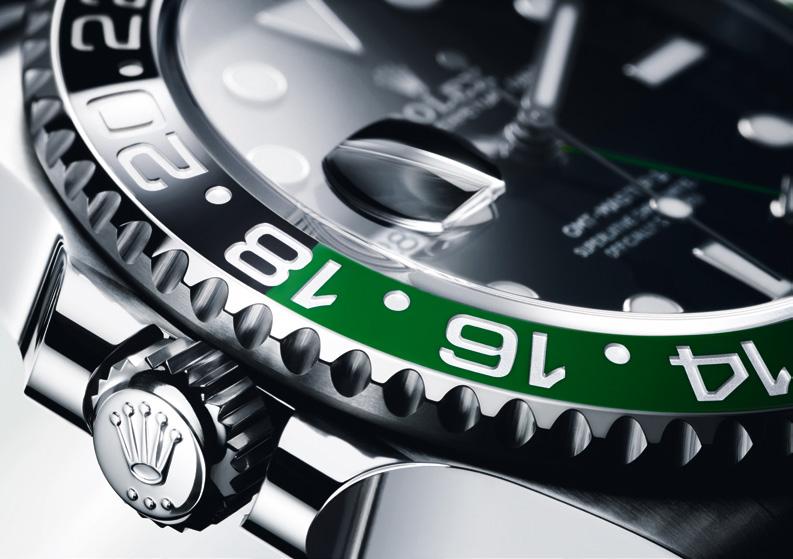

sports a new color way to the brand’s signature ceramic Cerachrom bezel, but also brings the brand’s story along significantly by being a “destro” (horological parlance for left-handed).
Rumored to be a tribute to Rolex’s left-handed CEO Jean Frédéric Dufour, the new Rolex GMT-Master II (reference 126720VTNR) finds not only its signature crown and monolithic crown guards moved to the left-hand side of the case, but the date display and the Cyclops window have moved from the 3 o’clock to the 9 o’clock position on the dial as well.
Also significant to the uniqueness of this model is the aforementioned new two-toned engraved ceramic bezel insert, which on the reference 126720VTNR sees the familiar black ceramic combined for the first time with a striking forest green; thus, earning the nickname “Sprite” (although in our opinion the nickname “Starbucks” would have worked just as well). This is in line with the other Rolex “collectibles” in the soda isle such as the red-and-black “Coke,” the red-and-blue “Pepsi,” and the brown-and-black “Root Beer.”
This being a Rolex, there is the 40mm Oyster case; as is the 100 meters of water resistance courtesy of the hermetically screwed down case back and Triplock winding crown; as well as the tried and true calibre 3285, which incorporates the patented Chronergy escapement, and an optimized blue Parachrom hairspring. The movement is insensitive to magnetic fields, and displays an additional time zone. But best of all: being a lefty, the Rolex GMT-Master II is undoubtedly a rarity, which significantly turbo-charges its collectability by a hundred percent.
Official Rolex retailers get ready for the stampede.
Rolex faithful: get your collecting shoes on!© Rolex/Alain Costa
The FIBA 3X3 World Tour concluded last December 11, 2022 in Abu Dhabi where Swiss Manufacture



Maurice Lacroix acted as the Official Timekeeper. Twelve teams competed in the event, each determined to be crowned as the champion. The twoday event culminated with the Serbian squad Ub Huishan reigning supreme over Vienna (AUT) with a 21-18 victory.
Each player of the winning team received an AIKON #tide FIBA 3X3 watch. This ground-breaking model is made from ocean-bound upcycled plastic, helping to make our oceans just that little bit cleaner. Through the years, the AIKON name has become synonymous to urban design, a fitting reward to this great urban sport.

The AIKON #tide Special Edition FIBA 3x3 features a 40mm stainless steel case that is water resistant to 100 meters and carries a blue rubber strap. Its quartz movement displays the hours, minutes, seconds, and a date window at 3 o’clock.
 The Official Timekeeper of the FIBA.
The Official Timekeeper of the FIBA.
however, the expedition also gathered performance data for the 30 Oyster Prince watches that also braved the arctic conditions during the expedition.
highly legible dial with Arabic numerals at 3, 6, 9, and 12 o’clock.
The British North Greenland Expedition was a twoyear scientific mission to study the ice sheets in Greenland. It left Deptford (an area on the banks of the Thames in London) on July 8, 1952. And on the wrists of the expedition members were brandnew Oyster Prince models, Tudor’s first automatic and waterproof watch.

The main mission of these mainly British scientists and sailors was to conduct in-depth glaciological and seismic surveys at several sites in Greenland. At the behest of Tudor,
To mark the 70th anniversary of the expedition, Tudor presents the new Tudor Ranger, the watchmaker’s latest robust, practical, and affordable tool watch that celebrates the spirit of this daring adventure with a 39mm case, a Manufacture calibre, and a clasp with a rapid adjustment system.
Driving the new Tudor Ranger is the in-house Calibre MT5204, initially released for the 39mm Black Bay line in 2018. This COSC-certified movement features a variable inertia balance wheel with a freesprung silicon hairspring; is non-magnetic; and boasts a 70-hour power reserve.
And just like the best multi-talented field watches, the time-only Tudor Ranger respects the aesthetic standards established throughout the course of history, especially with its ultra-clean, and
Three bracelets in steel, hybrid and Jacquard are on hand for the new Tudor Ranger The first is an entirely satinbrushed steel bracelet fitted with the Tudor "T-fit" clasp equipped with a rapid length adjustment system. The second bracelet is in natural rubber and fabric-like textured black leather with beige topstitching and a folding clasp. While the third has become a signature for the watchmaker, and is in olive green with two red stripes and one beige stripe woven in a time-honored method by the Julien Faure company in the St-Étienne region of France.
Muted and more tool-like for the man on the go, the new Tudor Ranger is one of the best do-anything, go-anywhere, everyday watches out there today. It was tested by the watchmaker fully assembled and to much tighter chronometer specifications of -2 and +4 seconds above and beyond the COSC certification.
Tudor marks the 70th anniversary of the British North Greenland Expedition
One of the most intriguing things we saw in a recent event in Singapore was possibly the most simple yet most enchanting of the components. The Anatomy Of Beauty display by Vacheron Constantin was meant to bring forth the elegance, inspiration and beauty that have become hallmarks of the historic Swiss watchmaker. They had a wonderful collection of historic timepieces, curated and also worn by the maison’s Style and Heritage Director Christian Selmoni. They also had an exhibit that showed how their traditional crafts and arts could be seen, felt and heard in their more modern watches. What was possibly most fun though was a dark room towards one side. In that room you had an array of what can best be described as physical metal contraptions, and an area which had a screen and a headset.
What this all was was a way to help people understand and experience what goes inside and around a watch. The anatomy, they said, of the beauty that they see. They did this physically with mazes of metal that would help physically explain certain concepts such as balance, or how a three dimensional cage was meant to turn thereby dissipating the effects of gravity and friction, or how a two-dimensional display could represent the movement of the solar system. My favorite was when they showed how the sound of a tiny
minute repeater system could generate a sound that could be both heard and felt in your soul at a distance. You could say that this was display perfect for children, except that is was the wellseasoned watch enthusiasts having all the fun. The other display was somewhat the reverse, using technology and holographic imagery to allow you to use your hands to peer into and take apart a Vacheron Constantin Manufacture movement.
The inspiration for this event came from the hotbed of enthusiasm that exists within the Vacheron Constantin offices in Singapore and in the mind of Mr. Selmoni, who had the rather daunting yet enjoyable job of choosing the pieces that would best represent the past, present and future of the watchmaker.


The other fun part of the exhibit was actually Mr. Selmoni himself, who is always enthusiastic and open while bringing forth historical background, industry insight and personal thought in any discussion. Our chat started, as it usually does, with “Hey, what’s on your wrist now?” Which was a 1992 Vacheron Constantin Tourbillon which “unfortunately for me,” he said, was part of the private collection and not his. He thought it was a good watch to bring with him (on his wrist) to be able to talk about how the combinations of history, technology and beauty come together at different times. In platinum and the first Vacheron Constantin wristwatch with a Tourbillon, he actually needed a cloth to clean it up before he handed it over to us. It was a watch
 Vacheron Constantin makes us look back and forward, in and out, and increasingly higher than ever.
Words by Carl S. Cunanan
Christian Selmoni serves as Style and Heritage Director at Vacheron Constantin.
Vacheron Constantin makes us look back and forward, in and out, and increasingly higher than ever.
Words by Carl S. Cunanan
Christian Selmoni serves as Style and Heritage Director at Vacheron Constantin.
produced in the size of the time, in 38mm. One of the reasons he so liked this watch was that it was a case full of a movement, as opposed to a movement used in different cases that sometimes doesn’t fill the full case. So it is exactly as large as it needs to be.
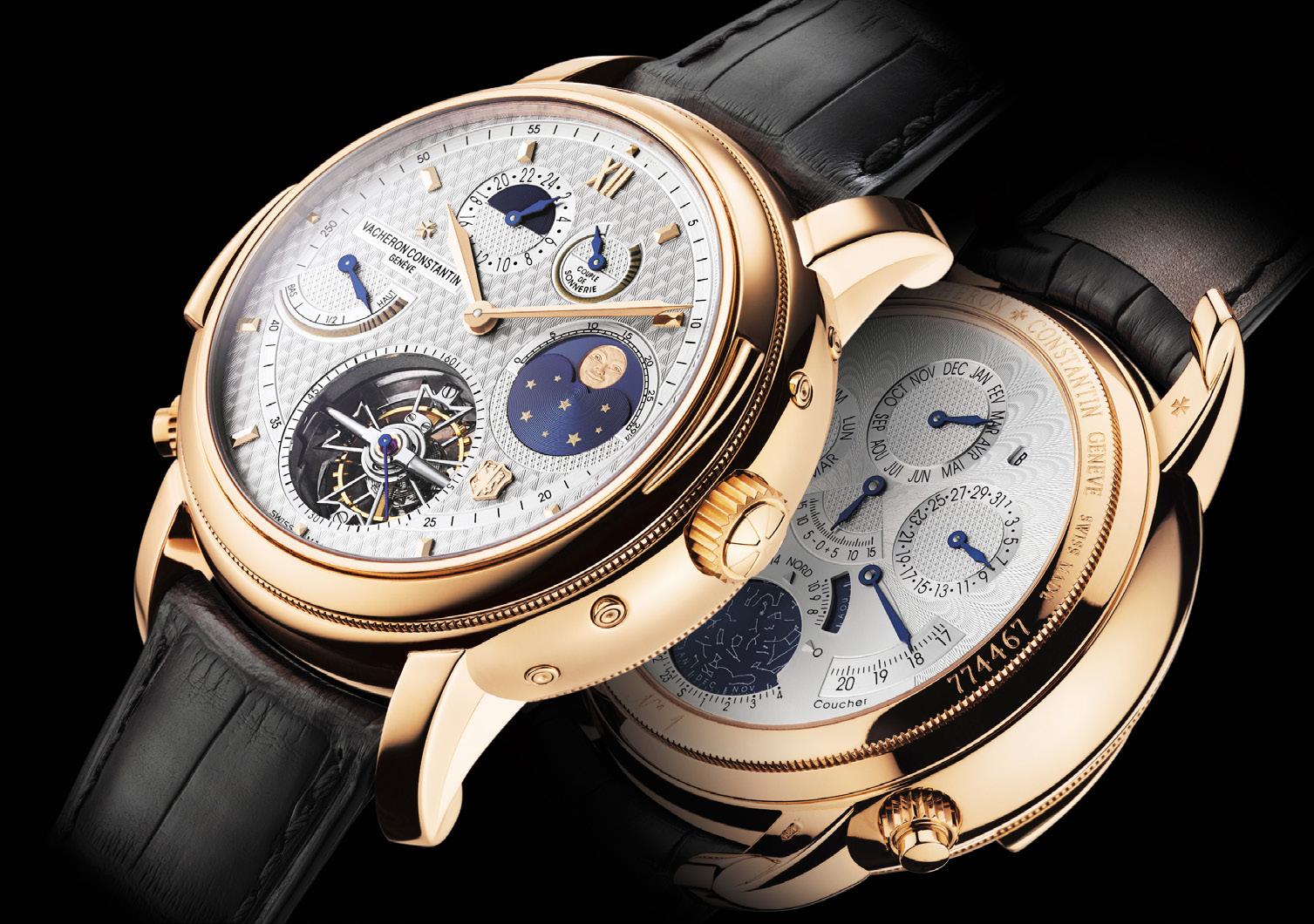



Since then, he explained, watches have gone larger then smaller again. The increased size of the watch is an interesting point to see how watches have grown not in size but in importance and visibility, he said. In the early 2000s and even slightly before, some of the large luxury brands were adding more important watches into their product mix, which meant watches were becoming more visible to more people as opposed to being appreciated primarily by enthusiasts and collectors. How do you make a watch more visible, he said? For some, it meant make them larger.
This combined with a time when more people than ever were living in urban areas, and time became increasingly short for everyone. You would do more with your day, and often move from one activity to another immediately where before you would have breaks and changes. A day could easily include work, exercise, an evening out all far more tightly scheduled than ever. This very possibly helped the rise of the “sports” or “sporty” watch trend, though Mr. Selmoni also said that the way we look at trends now needs to be different. They can be more than one or a few at a time that can be happening, for example. It is also possible that was used to be a shorter lived trend could grow into a longer one or even a consistent niche.




 Pocket watch in finely chased yellow gold set with amethysts, guilloché gold dial – 1822
Split seconds chronograph, 18K yellow gold pocket watch - 1939
18K yellow gold “Mercator” round wristwatch, automatic, bi-retrograde display – 1996
Pocket watch in finely chased yellow gold set with amethysts, guilloché gold dial – 1822
Split seconds chronograph, 18K yellow gold pocket watch - 1939
18K yellow gold “Mercator” round wristwatch, automatic, bi-retrograde display – 1996
Another interesting thing he pointed out was that while everyone pointed to the growing size of watches before (and the reduction of size now) they usually speak about men’s watches more. In reality, he said, the Ladies’ watches grew far more by percentage than Mens’. And the size difference between the two segments actually decreased. Additionally, increasing percentages of “Ladies’” watches are made with increasingly complicated movements.
What does this all mean? We can discuss that based on trends, or technology, or the industry, or consumer behavior. Personally, I think it shows a few important things. One is, more people are looking at watches regardless, and if they come in because of beauty or fashion or trend or jewelry
that is perfectly fine as long as they come in. Also, once they have been pulled into the watch world they tend to dive deeper, and hopefully past trends and brand names and price points into true appreciate of the art and craft and science and history that many of us already know and love.

Perhaps that is what Vacheron Constantin had in mind with all this.

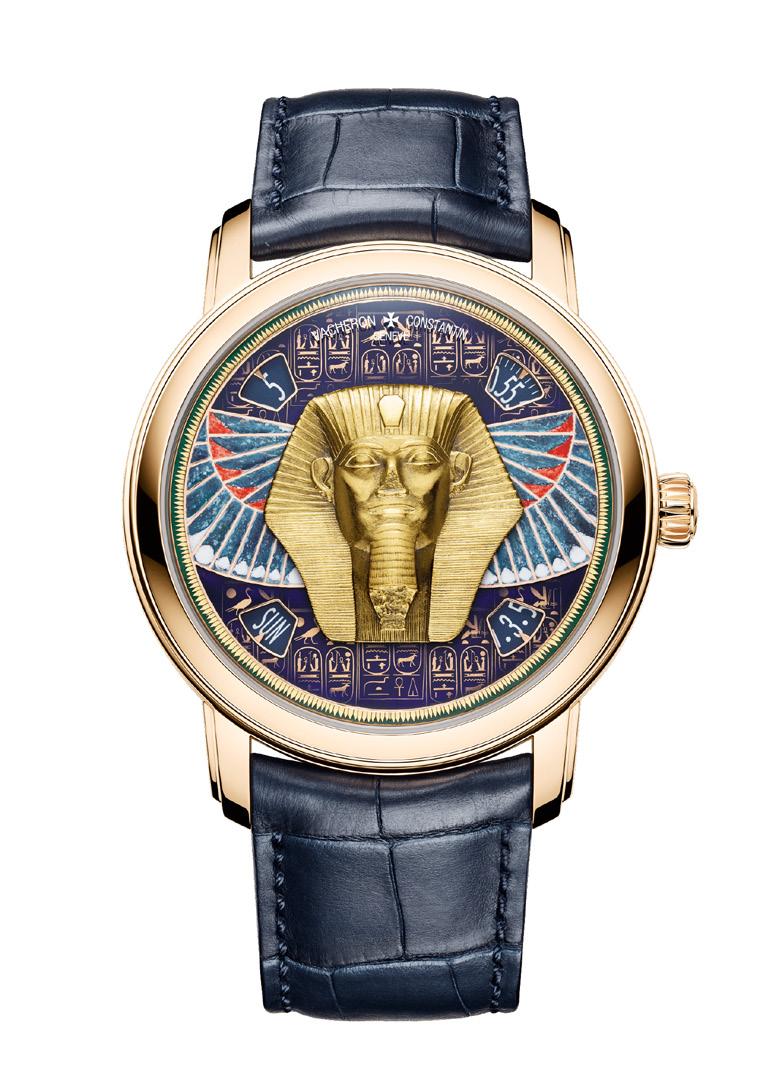


Passion enthuses.
Education elevates.
And most especially with someone like Christian Selmoni, it is clear that the interactions of all the different arts and crafts and creations and discussions doesn’t just add to our knowledge. It uplifts our appreciation, and adds to our soul.
“I think we are more and more going into the direction of having different sizes and very similar aesthetics” said Mr. Selmoni discussing changes in the desires for particular watches, using the just launched Patrimony with gradient dial in 36.5mm automatic with tiny diamonds, discrete yet specialMétiers d'Art – Tribute to great civilisations - 2022 Métiers d’Art - Les Masques - Gabon” wristwatch, in 18K white gold, transparent sapphire dial with 4 triangular pointers and metallized micro text (Michel Butor) - 2008 Historiques 222 - 2022 Patrimony self-winding 36.5 mm


When Rolex announced the new Deepsea Challenge (Ref. 126067) in November 2022, the watch community’s collective reaction could best be described as a weary feeling of “Here we go again.” It is a remix of the 2012 Deepsea Challenge, a one-off experimental watch that was designed for the specific purpose of accompanying James Cameron and his submersible to the ocean floor. This new watch also builds on technology and aesthetics first introduced in the 2008 Deepsea Sea-Dweller. In other words, it is not wholly unlike anything that we have ever seen before. Beyond a few details, the Deepsea Challenge bears a strong familial resemblance to a regular Submariner, only much, much bigger.
The average enthusiast’s cynicism is over this new, ultimate dive watch’s sheer impracticality for everyday wear, and the low probability that its technical capabilities will ever be tested by a human. There is also dismay about the impossibility of even seeing one in person, let alone buying one at the AD. Many a snarky comment has been made about waiting lists as long as the Mariana Trench is deep. All of these gibes are true, but they are also irrelevant to why the watch was created. Rolex simply cannot help it: The need to build a watch that can go deeper than ever before is baked into the company DNA. Understanding this impulse requires a dive into the history of Rolex.
James Cameron, an Oyster Perpetual Deepsea Challenge on his wrist, posing with a model of the bathyscaphe Trieste (right), his submersible DEEPSEA CHALLENGER (centre) and (left) the two experimental watches attached to the vehicles during the dives into the Mariana Trench — respectively, the Deep Sea Special (behind) and the Rolex Deepsea Challenge (in front).
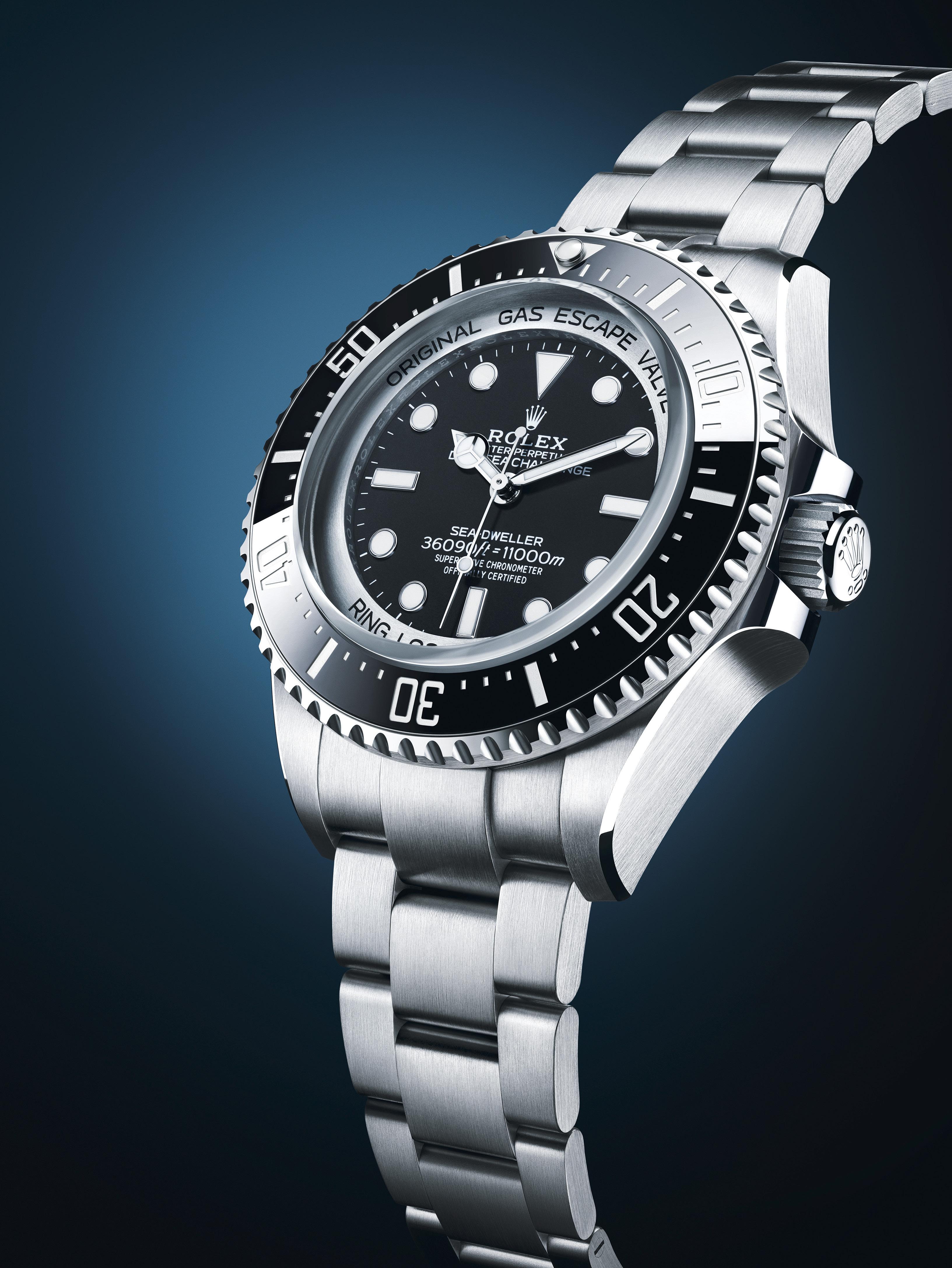



As early as 1914, just a few years after he founded Rolex SA, Hans Wilsdorf understood the importance of waterproofing as a demonstration of the wristwatch’s everyday practicality and durability. Whereas the pocket watch was protected by the fabric of a gentleman’s waistcoat, the wristwatch was more often exposed to the elements, as well as to the sweat, oils and motions of a wrist. Regardless of whether its wearer planned to swim in the ocean, a wristwatch’s ability to do so meant that it could shrug off errant droplets from a faucet or the sky. Years of aggressive PR have cemented the idea that Rolex created the first waterproof watch with its Oyster in 1926. This is untrue, but it is also not entirely false, which explains the commonly-employed caveat that the Oyster was the first “truly water resistant” watch, or the first practical example of one. Some competing designs (e.g. the Omega Marine) would take a watch and seal it inside a separate case, which would have to be unpacked every time it needed winding. As soon as Rolex could combine its case with an automatic movement in 1932’s Oyster Perpetual, it had a world-beater of a watch that could potentially be worn for years without the crown ever being touched.

It should be clarified that Rolex was not the originator of all the ideas leading to the Oyster. Wilsdorf bought patents (such as the PerregauxPeret screwdown crown) and combined existing ideas (like Borgel’s screw case design), refining the waterproof watch into a product that was easy to use, easy to understand and, therefore, easy to sell. On his Vintage Watchstraps website (an invaluable resource for this article), David Boettcher compares Hans Wilsdorf’s push for the waterproof watch to Steve Jobs’ pitch for the iPod. One man’s vision and will created mass desire from what was once a niche market.


It is 1960, and the beginning of Rolex’s Deep Sea story. The freighter Santa Mariana steams from San Diego to Guam, carrying the Swiss/ Italian bathyscape Trieste on board. Just seven years prior, Rolex had released its Submariner to the world. The Submariner, and the Blancpain Fifty Fathoms that immediately preceded it, created the blueprint of the modern dive watch. The early Submariners were rated to 100m (while 50 fathoms converts to 91.4m), but Rolex was now curious to see how low it could go with a purpose-built timepiece. The company was keen to maintain its sense of adventure, which
began with Mercedes Gleitze’s 1927 swim across the English Channel, and continued with its celebration of the 1953 summiting of Mt. Everest.
The Trieste was piloted by Jacques Piccard (son of the bathyscape’s designer, famed explorer and scientist Auguste Piccard) and Lt. Don Walsh to the floor of the Challenger Deep, as part of the US Navy’s Project Nekton. That is the deepest point of the Earth’s oceans, at an indicated depth of 11,521m (later revised to a more accurate 10,911m). Strapped to the outside of Trieste was the Rolex Deep Sea Special, a hulking steel slab of a watch with half a snow globe for a crystal. For everyday use, it was unwearable, but then it was never meant to be a commercially viable product. Its goal was to test the effects of extreme pressure (up to 6 tons per square inch) on the watch’s operation, and it was a success. Rolex received a telegram after the Trieste surfaced: “Happy to inform your watch as precise at eleven

thousand meters down as on the surface. Best regards Jacques Piccard."
Although the Deep Sea name would remain dormant for nearly half a century, Rolex would continue to pursue a dive watch that was more capable than its popular Submariner. This is the Sea-Dweller, and from 1967 on, it would evolve in parallel with Rolex’s iconic tool watch. Its size and capabilities would change, but two features consistently distinguished it from the humble Sub: a helium escape valve (HEV) as requested by the saturation divers of COMEX, and at least double the depth rating. Before the current iteration, the Sea-Dweller was also differentiated by the absence of a cyclops magnifying lens on its crystal. Starting out as the “Sea-Dweller Submariner 2000” (for rated feet underwater), by the late 70s the SD would shed the Submariner co-branding and gain a sapphire crystal, which helped to double its depth rating. The Sea-Dweller did not change
 Bathyscaphe Trieste, 1960
First Oyster, Cushion-Shaped, 1926 © Rolex/Jean-Daniel Meyer
First Sea-Dweller, 1967 © Rolex/Jean-Daniel Meyer
Bathyscaphe Trieste, 1960
First Oyster, Cushion-Shaped, 1926 © Rolex/Jean-Daniel Meyer
First Sea-Dweller, 1967 © Rolex/Jean-Daniel Meyer
much after the 1980s, and then disappeared completely in 2009. It then returned in 2014, first with a slender 41mm case, and then the current 43mm case that is still in use today. What happened during those five years away?
In 2008, the spirit of the “Deep Sea Special” was resurrected with the Deepsea Sea-Dweller (DSSD). At 44mm, it was the biggest watch that Rolex had ever offered, and had the greatest depth rating of any watch on the market, at a then-staggering 3900m — deeper than most of the world’s oceans. Four years later, Rolex resumed its undersea adventures, teaming up with filmmaker James Cameron and the National Geographic Society for a return to the Challenger Deep. An advanced, single-seat submersible made of epoxy/glass foam (the Deepsea Challenger) replaced the bulky bathyscapes of the past, and the King of the World successfully reached the bottom of the Mariana Trench. This time, Rolex provided another one-off, the truly monstrous

Deepsea Challenge (51.4mm diameter, 28.5mm thickness) that was designed in an incredible eight weeks and resembled a DSSD with gigantism. There was never any intent of putting the 2012 Deepsea Challenge on the market. However, to commemorate the occasion a “D-Blue” special edition DSSD featuring a blue gradient dial was released in 2014. Naturally, this watch is now nicknamed “the James Cameron.”

All preceding milestones led to this new Deepsea Challenge (DSC), which combines the functions of the last two watches of the Deepsea line. Like the D-Blue, it is a celebration of the 2012 expedition. However, the DSC is also a technological showpiece—nearly as capable as its namesake, yet resized for everyday wear. It also bridges Rolex’s conservatism and its drive to push the boundaries. It may look a lot like a Submariner, but the muscular proportions and

titanium construction instantly mark the DSC as a diver not just on the cutting edge, but on the final frontier.
Both inside and out, the 50mm case is responsible for the headline numbers. Beyond its immense bulk, the first thing that catches the eye is the darker sheen of the metal, and the coarser brushing of its finish. This is Rolex’s first watch that is made of titanium, and that is a very big deal. Rolex is a luxury watch company foremost, so it has been loath to experiment with any materials beyond reliable stainless steel, or the precious metals of gold and platinum. Brands like IWC and Panerai were quick to embrace its material benefits, but Rolex likely resisted titanium due to its lighter weight, which may feel less expensive on the wrist. With the 2012 prototype tipping the scales with nearly 360g of stainless steel, Rolex must have spotted the perfect opportunity to debut “RLX titanium”, which is its branding of the 6Al-4V alloy that will be familiar
Foreground, left to right: Oyster Perpetual Rolex Deepsea (2008), Oyster Perpetual Deepsea Challenge (2022), Deep Sea Special (1960), Rolex Deepsea Challenge (2012) and Oyster Perpetual Submariner (1986). Background, left to right: models of the DEEPSEA CHALLENGER submersible and the bathyscaphe Trieste. ©Rolex/Duncan Cole The Oyster Perpetual Deepsea Challenge with a model of the DEEPSEA CHALLENGER submersible in the background ©Rolex/Duncan Cole“Although the Deep Sea name lay dormant for nearly half a century, Rolex would continue to pursue a dive watch that was more capable than its iconic Submariner. This is the Sea-Dweller.”
to anyone who has bought titanium bicycle frames or golf clubs in the last 30 years. Titanium’s best feature is its excellent strength-to-weight ratio. Roughly speaking, it is as strong as steel, at half the weight. This new DSC weighs 251g, which should be more than manageable for most wrists.
Internally, the Deepsea Challenge’s titanium case is braced by a nitrogen-alloyed stainless-steel circle that sandwiches the movement between a 5.5mm thick sapphire crystal and a reinforced solid caseback. This is Rolex’s Ring Lock System, as proclaimed by the bold engraving beneath the dial. The eponymous Ring bears the brunt of the pressures exerted on the front and rear of the watch, and minimizes the loads on the case that surrounds it. Why is the ring made out of nitrogen-alloyed steel (aka Biodur 108) rather than 904L Oystersteel? It is because the former has double the elastic modulus of the latter, and thus is better suited to withstand the compression forces of extreme depths.


Elsewhere the Deepsea Challenge case will look strangely familiar to connoisseurs of Rolex dive watches. The shapes are recognizable, but the stretched proportions are obvious. A 50mm diameter is big, but not extreme when compared against specimens like the Panerai “Big Egiziano”, the Blancpain X Fathoms, or the DSC’s closest rival, the Omega Planet Ocean Ultra Deep. What does set the DSC apart is its considerable thickness: At 23mm, it is nearly twice as thick as the current Submariner No-Date. When viewed in profile and without any scale, the stout, squat DSC looks like a ‘chibi’ (aka “super-deformed” in anime) caricature of the classic Sub. The watch’s titanium surfaces are more brushed and less polished than those on the steel divers. The only literal bright spots on the DSC are the mirror-like chamfers tracing the lugs, and the crown guards. Between those guards is the debut of the first titanium Triplock crown, denoted by a dot-dashdot beneath the Rolex coronet. On the other side of the case is the HEV or the “Original Gas Escape Valve” as announced by the engraving on the top half of the rehaut. It remains unchanged from previous iterations — a subtle circular indentation that lets helium molecules escape the case and prevents the crystal from popping off due to pressure buildup. On the rear is one of Rolex’s rare engraved casebacks, though calling it “decorated” may be pushing it. Along its edge it displays three coronets separating “MARIANA TRENCH” and the dates of the dives in 1960 and 2012. Lastly, the 21mm wide Oyster Bracelet is, aside from being made from titanium, unchanged from its appearance on the DSSD.
Its Glidelock clasp incorporates the Fliplock extension link, which allows the DSC to quickly and easily accommodate as much as a 7mm thick diving suit.
In contrast to the unprecedented, outsized case, the Deepsea Challenge’s movement is the familiar and bog-standard Cal. 3230, first introduced in 2020. This is the same caliber found in the regular No-Date Submariner, AirKing, and Oyster Perpetual. It is an automatic ticking at 28,800 bph, with a daily precision of -2/+2 seconds, and a 70-hour power reserve. Note that this is the first Sea-Dweller to eschew a date complication. Cal. 3230 also incorporates Rolex’s latest advances, like its Chronergy escapement and Parachrom hairspring, enhancing reliability, anti-magnetism, and accuracy. It is not a special movement designed to withstand the cruel forces at the ocean floor. Like James Cameron cocooned inside his submersible, it is an ordinary surface-dweller protected by an extraordinary shell. Indeed, Cameron is filmed
remarking that the watch (strapped onto the submersible’s manipulator arm) was running normally at 10,908m below the surface

Just like the movement, the Deepsea Challenge’s matte black dial could have been lifted straight from one of Rolex’s regular divers. It has the same Chromalight-coated hands and markers, and its overall layout can be traced back to the 1950s. The viewable area is actually identical to the 9mm smaller Submariner’s, as its outer edge is occluded by the Ring Lock. Framing it is an extra-large Cerachrom bezel insert, with the same minute markings found on lesser SeaDwellers. The most obvious difference on the dial is the depth rating, “36090ft = 11000m”, which trounces the 1,220m of the current Sea-Dweller and yet is 1,000m shy of the 2012 Deepsea’s advertised capability. Why the reduction?
According to Rolex, taking one kilometer back results in a more practical watch, and the number is more consistent with the actual depth of the Challenger Deep.
A certified scuba diver since the age of 15, James Cameron has long been fascinated by the undersea world. His tremendous success in Hollywood further ensured that he would have the means to pursue this passion to its extremes. At the time of this writing, James Cameron is days away from the release of a second Avatar, followed by multiple sequels. Rumors say that Avatar: The Way of Water needs to earn at least $2 billion to break even. Whether it becomes the greatest filmic success of the year, or flops so hard that it topples Cameron as “King of the World”, remains to be seen. What is assured, however, is that every example of the DSC produced will be sold, likely at a significant premium to the $26,000 MSRP. That is why Rolex remains King of the Watch World, even if its undersea crown has been challenged by Omega and its Ultra Deep prototypes. These were taken on unexpected and impressive dives in 2019 during Victor Vescovo’s Five Deeps Expedition,

recording a depth of 10,925m. Cameron has called this number into question. Both men claim to have reached the bottom of the Challenger Deep, and the dispute remains open.

As for what the Deepsea Challenge represents for Rolex, it may well be a harbinger of things to come. Can we expect a titanium Submariner or even a titanium Daytona in the future? Perhaps a scaled-down Ring Lock? Whatever Rolex decides to do, it will continue to push against the lower limits, and innovate at its own deliberate pace. In 1946’s Rolex Jubilee Vade Mecum, Hans Wilsdorf wrote, “[M]y constant refrain was, from the earliest days: We must succeed in making a watch case so tight that our movements will be permanently guaranteed against damage caused by dust, perspiration, water, heat and cold. Only then will the perfect accuracy of the Rolex watch be secured.” Through its constant pursuit of ever more stringent waterproofing, Rolex has sealed its place in history.


“The Rolex Deepsea Challenge is a dive watch that is not just on the cutting edge, but on the final frontier.”
Every issue, we try to bring the timepieces that we've seen at the shows and in different events we've attended both locally and overseas. These are the pieces that have caught our fancy and we hope they catch yours as well.

The watch industry acknowledges their best and brightest in the 22nd Grand Prix d’Horlogerie de Genève
Words by Kit PayumoThursday, November 10, 2022, Geneva’s Théâtre du Léman in the lower level of the Fairmont Hotel was once again the venue for the 22nd Grand Prix d’Horlogerie de Genève. Known as the “Oscars” of the watchmaking world, the ceremony was “poetically” hosted by Edouard Baer and went off without a hitch, which considering the last couple of years under the thumb of COVID-19 was quite a pleasant surprise. The atmosphere was so “relaxed,” in fact, that there were reports of participants still filing in, “well after the 18:30 starting time.” In other words, many weren’t on time and were, in fact late, which considering the kind of event it was is pretty hilarious.
The annual event actually began in September of last year as the more than 650 significant players of the watchmaking industry that comprise the international Academy of the GPHG preselected and nominated the 84 watches and 6 clocks shortlisted to win one of the 20 most coveted prizes in the watch industry. This includes the famous “Aiguille d’Or” Grand Prix “best-in-show” distinction, as well as the “Petite Aiguille,” and judging by the number of upsets, surprises and sure things that did or didn’t win any of the prizes that evening, it would seem that the 30 personalities that comprised this year’s jury
had their work cut out for them.
Chaired by historian, author and journalist, Nick Foulkes, the all-star panel that made up this year’s jury with its “rich variety of skills and perspectives” included Group managing director of The Hour Glass Limited, Michael Tay; watch expert, Geoffroy Ader; journalist, Robin Swithinbank; CEO of Hole19 Group and publisher of GMT Africa, Deremi Ajidahun; director general of Dubai Watch Week, Hind Seddiqi; watch collector and CEO of Reuge, Amr Alotaishan; watch collector and entrepreneur, Ahmed Rahman; watch collector and Director of Rabat Madrid, Jon Arteche; Founder of Chronopassion, Laurent Picciotto; CEO of 2021 Aiguille d’Or-winner Bulgari, Jean-Christophe Babin; George Bamford, the founder and CEO of Bamford Watch Department and Bamford London; and Diana Picasso, art historian, curator and cofounder of Menē
The rest of the starry panel included independent watchmaker and designer, Ludovic Ballouard; META technology executive, Atish Barjea; Urwerk co-founder, Felix Baumgartner; Giorgia Mondani, digital entrepreneur in the world of luxury watches; watchmaker and founder of Skill, Olivier Mory; founder of Revolution and The Rake Magazines, Wei Koh; founder of 289 Consulting, Marine Lemonnier; CSEM business & technology development manager, Frédéric
Loizeau; American actor & watch designer, Aldis Hodge; Xavier Jourdain, CEO of Estima; Brian Duffy, CEO of The Watches of Switzerland Group; watchmaker Daniel Dufour; watch creator and co-founder of De Bethune, Denis Flageollet; horological constructor of Mercier Solutions, Laurent Besse; watch collector & entrepreneur, Jean-Claude Biver; and last but not least, Irish musician, Adam Clayton.
But the real stars of the evening were of course, the watches. And in the end, Maximilian Büsser of MB&F won the most coveted “Aiguille d’Or” Grand Prix “best-in-show” prize for the Legacy Machine Sequential Evo watch, while Atelier Akrivia, Bulgari, Grand Seiko, Ferdinand Berthoud, Gröenfeld, H. Moser & Cie, Hermès, Krayon, M.A.D. Editions, Parmigiani Fleuier, Sylvain Pinaud, TAG Heuer, Trilobe, Tudor, Van Cleef & Arpels, and Voutilainen were all honored with one of the prestigious awards.
And while we are more than happy to give an in-depth analysis and comprehensive examination of every single prizewinner, we simple do not have the space to do so. Fortunately, that’s exactly what we hope to do in the future, with all the winners being featured in some form or another in upcoming issues of Calibre (if they haven’t already). So, for now, sit back and relax with this quick rundown of all the winners of the 22th Grand Prix d’Horlogerie de Genève.

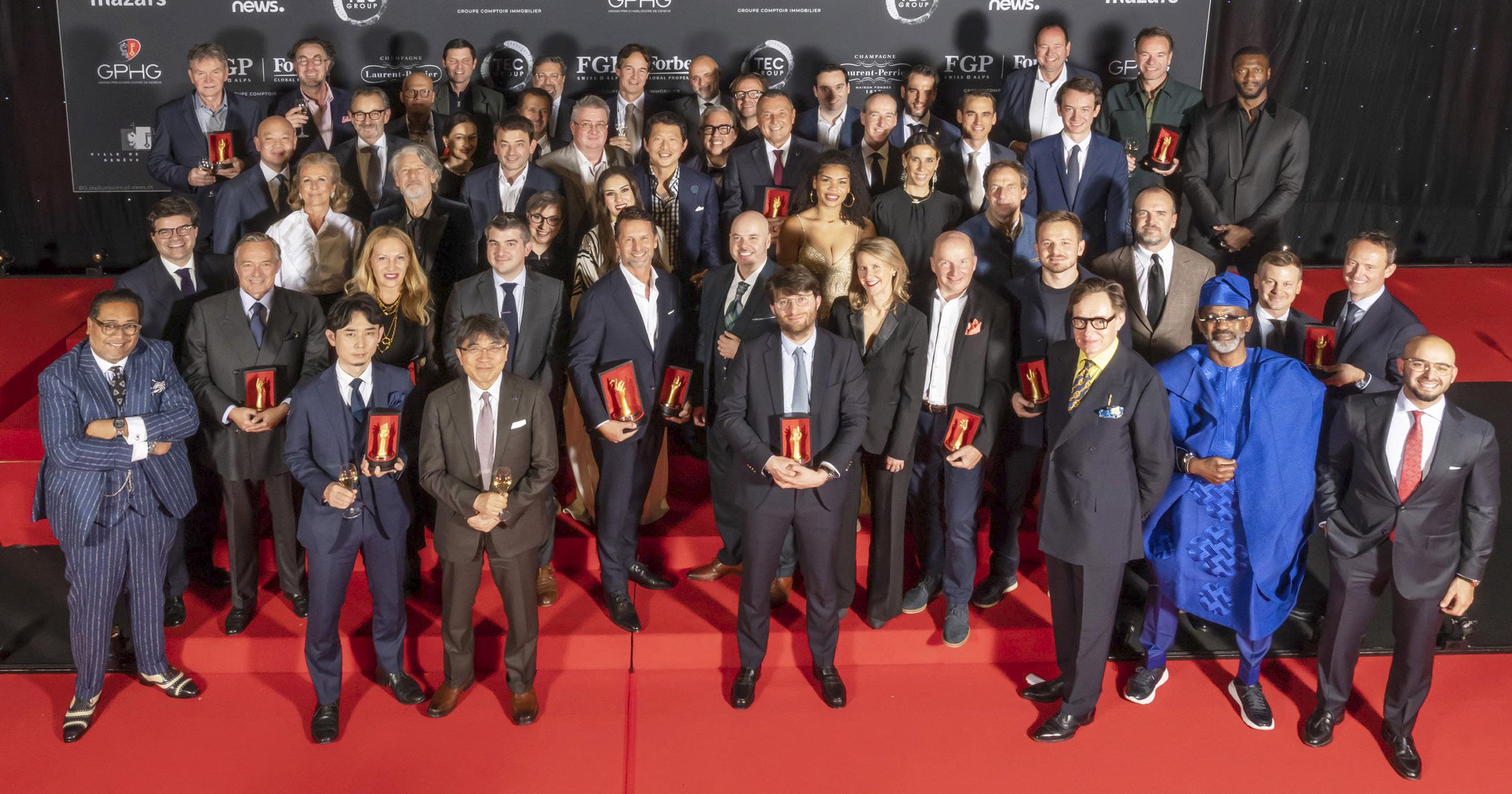 Maximilian Büsser (Owner and creative director of MB&F); François Junod (Automaton-maker and sculptor); Volcy Bloch (CEO of Trilobe) and Gautier Massonneau (Founder and creative director of Trilobe); Christophe Chevalier (Head of Public Relations of Tudor); Rexhep Rexhepi (Watchmaker and founder of Akrivia); Frédéric Arnault (CEO of TAG Heuer); Guido Terreni (CEO of Parmigiani Fleurier); Laurent Dordet (Hermès Horloger CEO); Kari Voutilainen (Owner and watchmaker of Voutilainen); Antoine Pin (CEO Watch division Bulgari); Bart and Tim Grönefeld (Co-founders of Grönefeld); Édouard and Bertrand Meylan (Owners of H. Moser & Cie); Rémi Maillat (Founder of Krayon); Karl-Friedrich Scheufele (President of Ferdinand Berthoud); Eric de Rocquigny (International Operations & Métiers Director Van Cleef & Arpels); Sylvain Pinaud (Watchmaking artisan Sylvain Pinaud); Akio Naito (President of Seiko Watch Corporation) and Takuma Kawauchiya (Grand Seiko movement designer); Jean-Christophe Babin (CEO of Bulgari Group);
Maximilian Büsser (Owner and creative director of MB&F); François Junod (Automaton-maker and sculptor); Volcy Bloch (CEO of Trilobe) and Gautier Massonneau (Founder and creative director of Trilobe); Christophe Chevalier (Head of Public Relations of Tudor); Rexhep Rexhepi (Watchmaker and founder of Akrivia); Frédéric Arnault (CEO of TAG Heuer); Guido Terreni (CEO of Parmigiani Fleurier); Laurent Dordet (Hermès Horloger CEO); Kari Voutilainen (Owner and watchmaker of Voutilainen); Antoine Pin (CEO Watch division Bulgari); Bart and Tim Grönefeld (Co-founders of Grönefeld); Édouard and Bertrand Meylan (Owners of H. Moser & Cie); Rémi Maillat (Founder of Krayon); Karl-Friedrich Scheufele (President of Ferdinand Berthoud); Eric de Rocquigny (International Operations & Métiers Director Van Cleef & Arpels); Sylvain Pinaud (Watchmaking artisan Sylvain Pinaud); Akio Naito (President of Seiko Watch Corporation) and Takuma Kawauchiya (Grand Seiko movement designer); Jean-Christophe Babin (CEO of Bulgari Group);
Parmigiani Fleurier took the first prize of the evening with the Tonda PF Automatic. Fending off the likes of Van Cleef & Arpels, Baume & Mercier, ArtyA, and Konstantin Chaykin, the Tonda PF Automatic 36mm retains all the “pure and refined” attributes of the model that has become a signature of the brand, albeit in a format more suitable for smaller wrists.


This true-blue 36mm variant of the Hermès Arceau Le Temps Voyageur highlights the unique “Travelling Time” module integrated into the Hermès H1837 mechanical self-winding movement, which drives a display of 24 time zones via a circular disc and a mobile counter.



A sequel to the watch that won the Men’s Watch prize at the 2018 GPHG, the Atelier Akrivia Chronomètre Contemporain II, is an evolution and improvement on the award-winning watch in every way. This includes an updated but familiar 15-piece case crafted at the company’s new case making workshop, a wonderfully familiar but updated dial, and a reengineered and improved RRCCII manual-wind calibre with a dead-beat small seconds mechanism that ticks in one-second increments in the 6 o’clock subdial.


No, you’re not seeing double. The jury did honor Hermès with both the Men’s and Women’s Complication prizes, and with the same watch, no less. As with the ladies’ watch this original 41mm Hermès Arceau Le Temps Voyageur is the Maison’s totally new and enchanting expression of the world timer, and is an alternate technical and aesthetic tour de force on the complication.





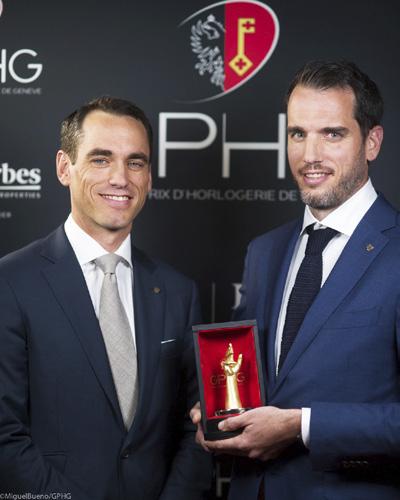

What else can we say about one of the most iconic racing chronographs ever created? It beat the likes of Audemars Piguet’s Royal Oak “Jumbo” Extra-Thin Openworked, Hublot’s Big Bang Tourbillon Full Sapphire; Louis Vuitton’s Tambour; and IWC’s Big Pilot’s watch in this category. Indeed, Steve McQueen’s signature chronograph is now even more refined with the in-house movement Heuer 02, and even more iconic with Gulf Racing colors making the TAG Heuer Monaco X Gulf something truly special.

Some tourbillon-centric heavyweights were in the running in this category, including Greubel Forsey, Parmigiani Fleurier; Louis Moinet; Bovet 1822; Arnold & Son and Theo Auffret. But it was the H. Moser & Cie Pioneer Cylindrical Tourbillon Skeleton, which is highlighted by a threedimensional combination of a cylindrical hairspring and a flying tourbillon, as well as the fact that something that looks so complicated was designed to be worn everyday, that ran away with the prize.

There were some real eye-catchers here including Konstantin Chaykin’s Joker Five; Sarpaneva Watches’ Nocturne; HYT’s Moon Runner Supernova Blue; the Streamliner Perpetual Calendar by H. Moser & Cie; Perigee by Behrens; and the Space Time Jupiter by Chronoswiss. But it was the Anywhere watch by Krayon that won the jury over. Described as the smartest watch ever made, the Anywhere is a first in watchmaking and is able to compute the sunrise-sunset times in a single location for an entire year from, well, anywhere.
Inspired by the Marine Clock No. 8 created in 1768 by Ferdinand Berthoud, and featuring a tourbillon regulator with fusee-and-chain transmission incorporating (for the first time) a stop-seconds mechanism and an independent deadbeat seconds, the Ferdinand Berthoud FB 2RSM.2-1 was co-developed with a young apprentice watchmaker who devoted his thesis to it, and is the fourth Ferdinand Berthoud watch to win at the oncea-year-show.

Employing a centrifugal governor with two solid gold weights typically seen on minute repeaters as a ‘soft reset’ mechanism for the chronograph, the innovative 1941 Grönograaf Tantalum by Grönefeld beat the likes of Breitling; Cyrus; Hublot; IWC Schaffhausen; Jacob & Co.; Louis Moinet; MB&F; Parmigiani Fleurier; and Reservoir to win the Chronograph Watch Prize of the year.
The Tudor Pelagos FXD, with its set of unique specifications created in collaboration with a specialized unit of combat swimmers of the French Navy that are as precise as they are demanding, hands down won this year’s Diver’s Watch Prize beating out TAG Heuer; Reservoir; Grand Seiko; and Doxa just to name a few.
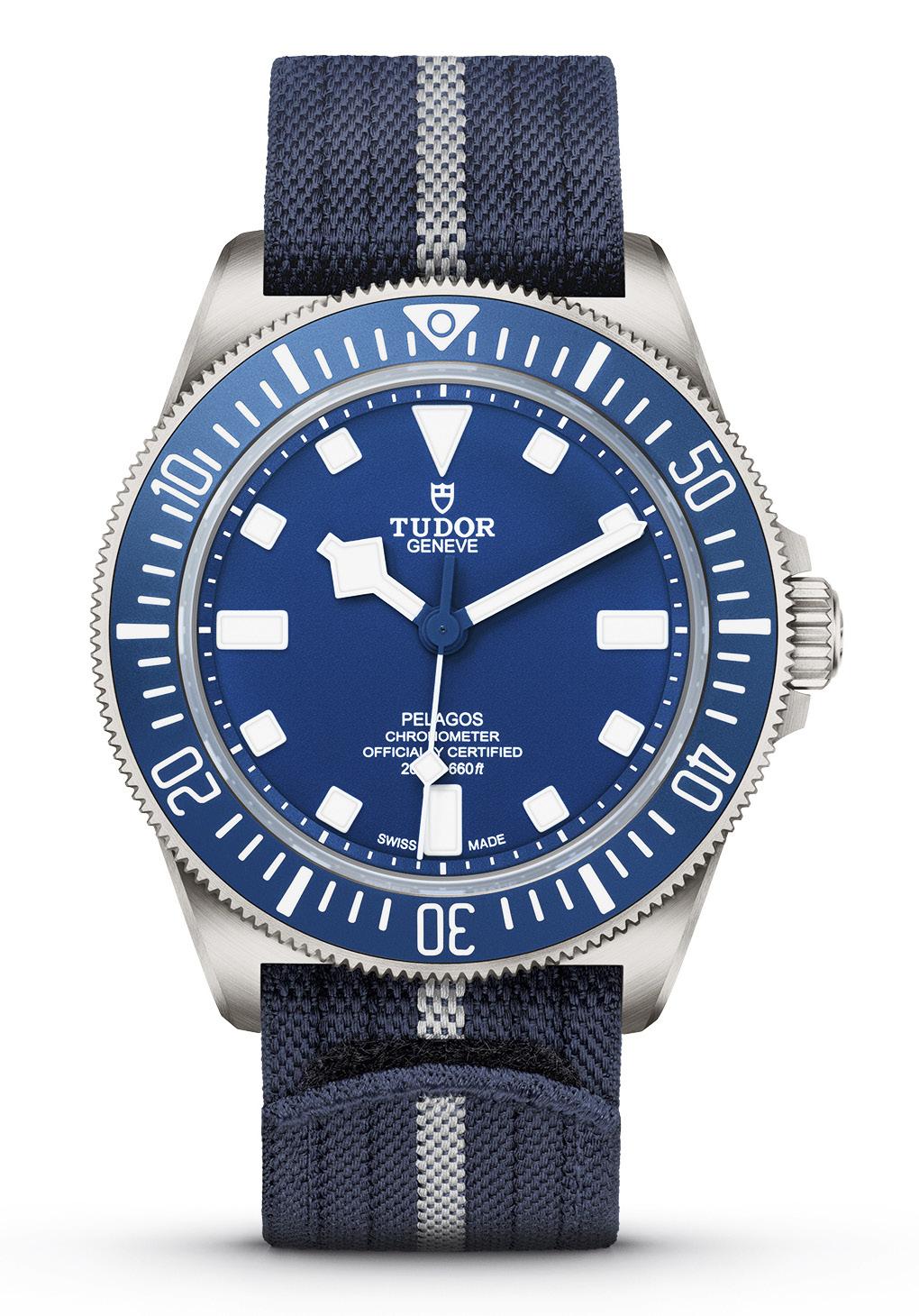


The winner of last year’s Aiguille d’Or wins this year’s top jewelry prize with a stunningly elaborate take on the Serpenti. Indeed, the Bulgari Serpenti Misteriosi High Jewelry somehow manages to place the in-house microcalibre Piccolissimo, one of the smallest mechanical movements to date, “secretly” in the golden serpent’s tiny mouth.

The fact that the stunningly beautiful Voutilainen Ji-Ku beat out Van Cleef & Arpels’ Charms Coccinelle Féeique watch; Piaget’s Altiplano Skeleton High Jewelry; Olivier Khun’s The Pearl of the Dragon; Qannati’s Gladiators Quantum; Shanghai’s Under Moonlight; Minase’s Urushi Makie-Komon; the Arceau Hermès story by Hermès; the Altruist Wilderness Lion by Fabergé; and the Mokume Gane Dragon by Kees Engelbarts, speaks volumes on how incredible looking its lacquer dial by Saiei Makie and Somata Zaiku is. It almost doesn’t matter that the Ji-Ku is a world timer.



“An X-centric conception of watchmaking” so dear to the French watchmaker, Trilobe wins the second highest prize this year with the Nuit Fantastique Dune Edition, another astoundingly minimalist “no-hands” timepiece built around the brand’s signature eccentric three-ringed time display: the largest ring for hours; the minutes wheel that appears within an aperture; and the seconds wheel, which alternates between a “Clous de Paris” center and an azured ring.
MB&F founder, Max Büsser’s first win of the evening, the M.A.D.1 RED is a more accessible (read: budget friendly) machine under his second label M.A.D. Editions. Built on the platform of the original M.A.D.1, the M.A.D.1 RED is swathed in cherry red for the 22nd GPHG, but features the same innovative case structure, the same lateral time display featuring two revolving cylinders for the hours and minutes, and the inverted and modified Miyota movement, selected for its unidirectional winding (essential for an easy, high-speed rotation) and powered by a triple-blade winding rotor in titanium and tungsten, which is the star of the show especially when the Super-LumiNova kicks in!


Combining on-demand automation and a retrograde time display, the Van Cleef & Arpels Fontaine Aux Oiseaux Automaton called for more than 25,200 hours of craftsmanship and offers a visual spectacle that simply defies description and has to be seen to be believed! Gentlemen, start your browsers and log in to YouTube now!




Called “the best watch ever made,” many pundits were rooting for the Grand Seiko Kodo Constant-Force Tourbillon to win the top prize this year. Still, the highly-technical openworked Calibre 9STI with GS’ first tourbillon paired with a remontoire constant-force mechanism to deliver a constant supply of power to the escapement; not to mention the piece’s incredible case geometry and impeccable Zaratsu finishing on the 43mm case in both 950 platinum and Brilliant Hard Titanium, places the Grand Seiko Kodo Constant-Force Tourbillon definitely in a class of its own.


The Sylvain Pinaud Origine, already a quiet hit among indie lovers, took the “Horological Revelation” Prize of the 2022 GPHG. An optional award only given if a deserving timepiece happens to be in contention for the year. The prize honors either a watch created by a young brand less than 10-yearsold, or it rewards the exceptional mechanical creation of a young talent. The Origine is the latter, and is set to make Sylvain Pinaud a star.




Bulgari won the Aiguille d’Or last year with the world’s slimmest perpetual calendar, the Octo Finissimo Perpetual Calendar. This year, they are following that up with an even slimmer watch: the Bulgari Octo Finissimo Ultra 10th Anniversary, Bulgari’s second win this year with a watch that has a total thickness of only 1.80mm representing the 8th consecutive world record in as many years, and features a unique QR code linked to an exclusive NFT artwork that bridges the mechanical world with a digital dimension.
The watch that offers the most innovative manner of time measurement this year is the Van Cleef & Arpels Lady Arpels Heures Florales Cerisier watch, which like the Fontaine Aux Oiseaux Automaton is another incredible piece of haute horlogerie that pays tribute to nature, albeit this time with a three-dimensional dial that poetically depicts the passing of time through the opening and closing of 12 flowers, renewing the “flower bed” of the dial every 60 minutes as seen via a retrograde minutes display tucked into the left case flank.


Behind-the-scenes artisans, engineers, and watchmakers are rarely singled out, which is why it was such an exception for the GPHG jury to honor the Swiss watch industry’s go-to automaton specialist and sculptor, François Junod. And with a career that spans decades, it just shows how highly considered Junod is in the watch industry.
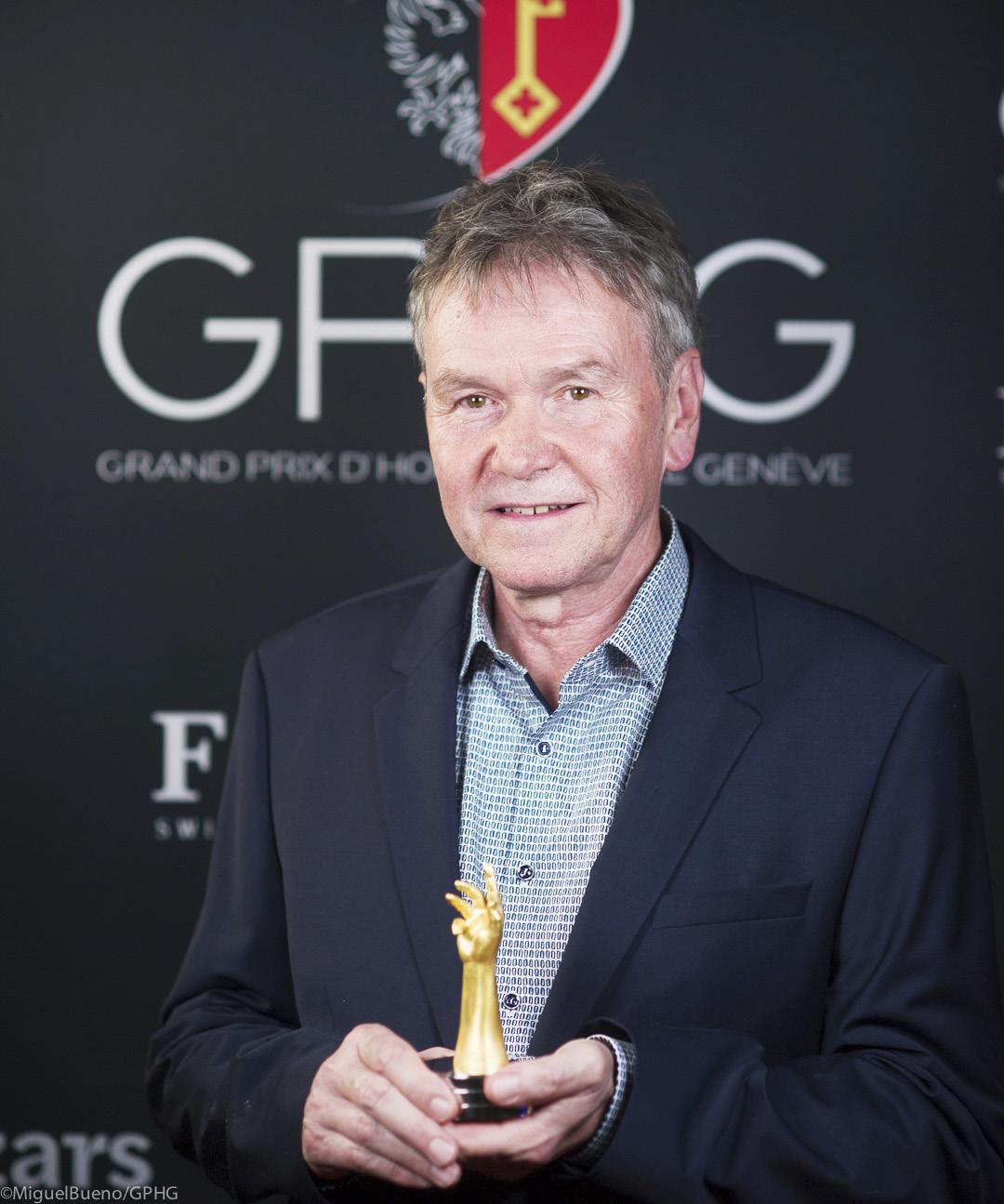
But of course this list wouldn’t be complete if we failed to mention the top prize of the evening: the Grand Prix, also known as the Aiguille d’Or (or the Golden Hand in regular parlance), which went to one of the most maverick watch brands in the world.
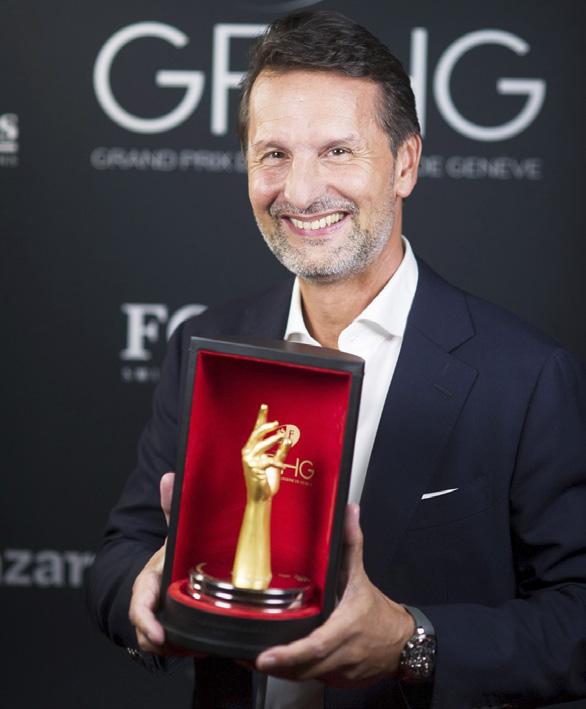
The MB&F LM Sequential EVO is the horological concept studio’s 20th movement in 17 years, and is the avant-garde watchmaker’s first-ever chronograph, and a rattrapante at that. But unlike all other split-seconds chronographs the EVO utilizes two independent chronograph mechanisms and displays operated through their own set of pushers but placed within a single movement and driven by a single regulating organ.
Best of all, a “Twinverter” with a 5th pusher at 9 o’clock synchronizes the actuation of each chronograph. This means events separated by longer than 60 seconds can now be tracked, and due to the independent chronograph displays it’s easier than ever to discern split time measurements. This makes the MB&F LM Sequential EVO unlike anything the watchmaking industry has seen before and a deserving winner of the 2022 Aiguille d’Or.

Patek Philippe channels the light spectrum to allow a self-winding chronograph for the ladies to shine through
 Words by Kit Payumo
Words by Kit Payumo
Aquanaut Luce was launched in 2004 and is a ladies’ version of the popular Aquanaut line. Italian for “light,” the word “Luce” was taken from the literal lightshow originating from the eye-catching diamonds that adorned the bezels of the original three steel models with quartz movements. These three models were available with dials and straps in black, matte white, and khaki green, as well as a rose-gold version with the self-winding calibre 26-330 SC and a dial and strap in matte white.
Aside from these, several haute joaillerie versions of the Aquanaut Luce have been launched as well. These include the Ref. 5062/450R-001, which combined two of the most complex gem setting techniques of snow setting, and invisible setting, as well as the Ref. 5072R-001, which featured a bezel decorated with baguette diamonds and a lacquered and engraved mother-of-pearl dial the showcased an ingenious checkerboard effect.
Just last year, Patek Philippe upped the ante and endowed the Aquanaut Luce with its first additional complication. The Ref. 5269/200R001 Aquanaut Luce Travel Time stood out with a rose-gold case and a dial and strap in matte white, and has made waves as a very convenient and elegant ladies’ travel watch with an innovative quartz movement that allowed the setting of the respective local time with the crown.
But Patek Philippe being Patek Philippe, the watchmaker is never content to leave well enough alone. Thus, for 2022, we are very grateful that Patek Philippe is once again taking the Aquanaut Luce story a little bit further by introducing a second additional function to the Aquanaut Luce collection: a chronograph. And while this is by no means a “first” for the manufacture this is the first Patek Philippe ladies’ wristwatch with a selfwinding chronograph movement.
Just to review, it was the cushion-shaped ladies’ watch Ref. 7071 Ladies First Chronograph that made its debut in 2009 with the manufacture’s proprietary manually wound chronograph movement CH 29-535 PS with classic
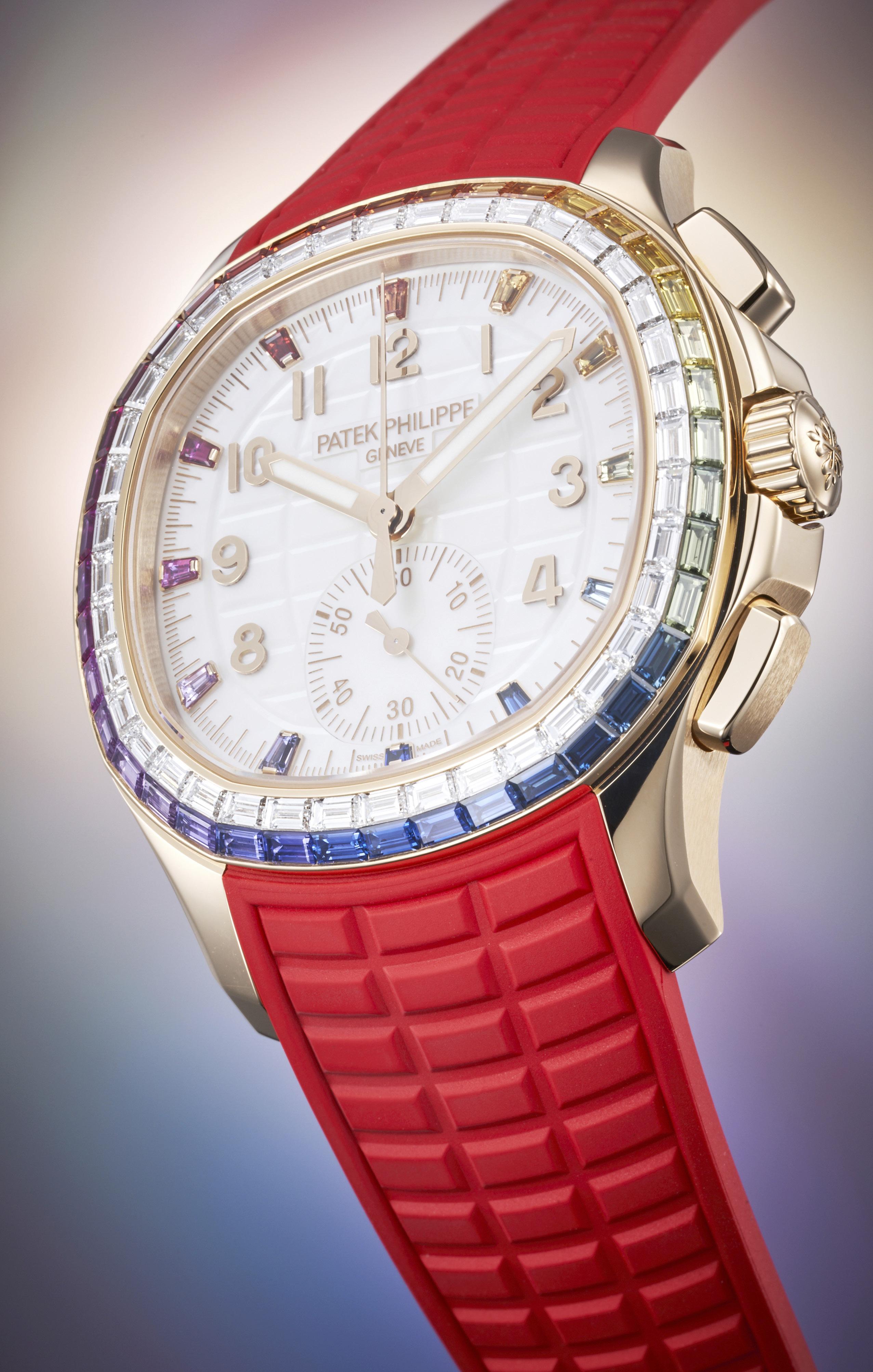
architecture. Today, this same manually wound chronograph movement can be found in the very feminine Ref. 7150/250R-001 Calatrava ladies’ chronograph. Thus, the introduction of a selfwinding proprietary chronograph movement in a ladies’ wristwatch is still considered a milestone. And did we mention it's a rattrapante?

The new Ref. 7968/300R-001 Aquanaut Luce “Rainbow” Chronograph is equipped with the self-winding caliber CH 28-520, which features a vertical disc clutch, and a large 60-minute counter at 6 o’clock. Operating with minimal wear and without affecting precision or power reserve, this modern clutch allows the sweep chronograph hand to be used as a constantly running seconds hand. And with the pusher at 4 o’clock, the flyback function makes it possible to start a new measurement at any time even if
the sweep chronograph hand is already timing an event or if it is being used as a “regular” seconds hand. And we haven't even talked about that “Rainbow” part.

Taking its elaborate cues from 2016’s diamond pavé dial sprinkled with colored sapphires of the Ref. 7002/450G-013 Haute Joaillerie Minute Repeater “Symphony of the Four Seasons,” as well as the Ref. 4898/1450G-010 “Diabolique” haute joaillerie model with its art deco style and livery consisting of 2059 gems of various colors, which was launched in 2017 at the Patek Philippe Grand Exhibition in New York, the 39.9mm 18K rose gold case of the Ref. 7968/300R-001 Aquanaut Luce “Rainbow” Chronograph features an octagonal bezel adorned with not one but two rows of baguette-cut gems.
That’s right, for the first Aquanaut Luce with
chronograph function, Patek Philippe chose to go “all out” on the bling factor with a true rainbow of colors. Thus, the inner row of baguette-cut gems consists of 40 flawless rare white Top Wesselton diamonds totaling 2.05 ct., while the slightly angled outer row sports 40 sapphires in the colors of the rainbow totaling 2.31 ct. Indeed, each sapphire was hand picked to assure the perfect transition from one color to the next… just like a color wheel. And if that wasn’t enough, this two-row arrangement is set in the elaborate “invisible setting” technique in which the gems are horizontally notched on the lower facet. This allows each gem to be set on “metal rails” that are invisible from the outside.
Complementing this medley of colors is a mother-of-pearl dial engraved in the signature Aquanaut motif; while luminous baton hands in rose gold give legibility to the dial. But it’s the twelve applied hour markers in rose gold that sets
it off: they are set with 0.31 ct baguette sapphires, the colors of which are color-coordinated with the gems on the octagonal bezel.


The architecture of the 39.9mm case, as well as the chronograph pushers, are enhanced by alternating polished and satin finishes, while the self-winding caliber CH 28-520 movement is, naturally, elaborately finished in full compliance with the directives of the Patek Philippe Seal, the refined finishing of which can be evidenced through the transparent sapphire case back.
But the bling doesn’t stop there because the Ref. 7968/300R-001 Aquanaut Luce “Rainbow” Chronograph is fitted with a red strap made of an ultra-resistant composite material with the patented Patek Philippe fold-over clasp adorned with ten baguette diamonds. And to suit every mood this Aquanaut Luce can also be had with a matte beige or a matte white strap also made of the same material.
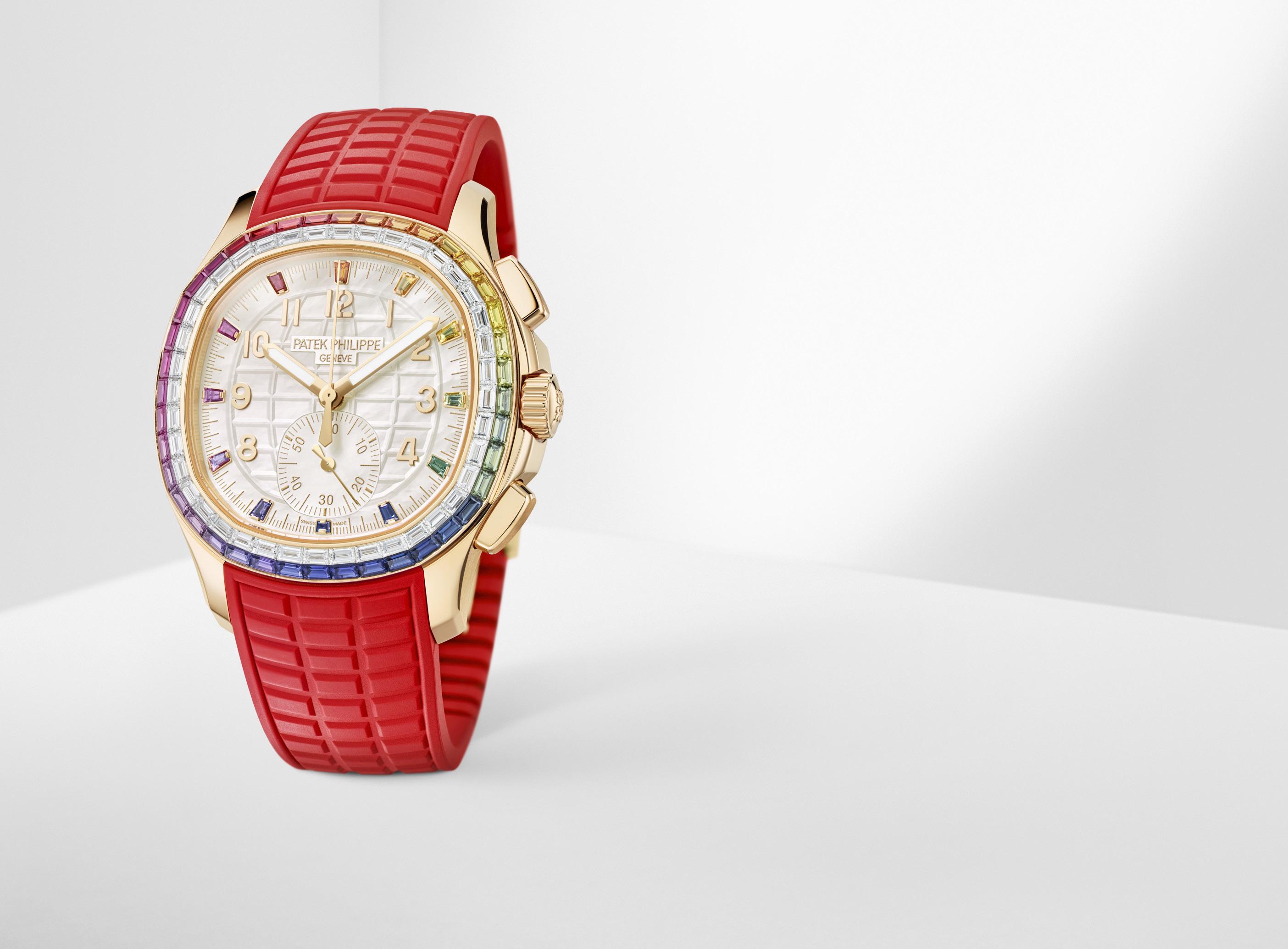
“Patek Philippe is once again taking the Aquanaut Luce story a little bit further by introducing a second additional function to the Aquanaut Luce collection: a chronograph.”

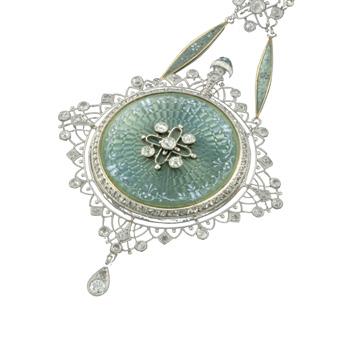
 Words by Katherine Cunanan
Words by Katherine Cunanan
Every once in a while, a lady so amazing enters your life. She is beautiful, inside and out. She is kind, even under challenging circumstances. She is gracious, no matter what happens. And when you want to honor this lady, you search far and wide for the perfect gift. And you don’t end your search when you’ve found something just ‘okay.’ You go beyond the regular in hopes of finding the extraordinary. Would luck smile on you so brightly that you can find The Perfect Gift for That Special Lady?

Trust Vacheron Constantin to be the solution to your problem. A Manufacture for more than 265 years, they create some of the most amazing timepieces there are. In fact, they have had a very strong relationship with women. Many of the pieces in the long history of watchmaking were designed with women in mind. The size of the case, the enhancements used, the motifs chosen, all meant to bring that smile to a lovely lady.

In 2020, the Manufacture introduced the Égérie collection, dedicated to women. “Égérie” itself means muse or inspiration, and the collection has been a combination of Haute Couture and Haute Horlogerie. For 2022, the Manufacture brings us the Égérie Creative Edition (reference 8006F/000G-B942) and they have brought together four artistic crafts in one timepiece. It might sound like a lot, but it is done with such an exquisite design aesthetic that it is not excessive. It is perfect.
 Highly decorated and precious models such as the pendant watches from 1908 and 1910 (Ref. Inv. 10982 and Ref. Inv. 10184)
Pocket watch from 1909 (Ref. Inv. 10466)
1918 brooch watch (Ref. Inv. 10668) in platinum of which the full-set bracelet picks up lace motifs.
Highly decorated and precious models such as the pendant watches from 1908 and 1910 (Ref. Inv. 10982 and Ref. Inv. 10184)
Pocket watch from 1909 (Ref. Inv. 10466)
1918 brooch watch (Ref. Inv. 10668) in platinum of which the full-set bracelet picks up lace motifs.
The first artistic craft seen in this watch is the tapisserie, or tapestry. Tapestry is traditionally hand-painted needlework of canvas, wool, and silk. Among the many lace weavers, Burano lace stands out for its intricacy and beauty.

Legend has it that a sea siren was tempting a fisherman with her beautiful singing. The young fisherman knew his heart belonged to another, his fiancée waiting for him on dry land. The siren’s queen, witnessing the fisherman’s loyalty despite siren’s best efforts, thumped the side of the fisherman’s boat, creating a delightful foam that transformed into a wedding veil. The fisherman gave the beautiful veil to his young bride; the veil was so delicate and beautiful that other young ladies tried to create something just as beautiful.
Vacheron Constantin has taken the beauty and delicacy of Burano lace and recreated it in white gold, in strands as thin as an eyelash, enhanced with diamonds. As the Burano Lace Museum personnel explained, “Like Vacheron Constantin, we have been perpetuating a unique savoir faire transmitted by generations of artisans. The nature of Burano needle lace lies in having been the forerunner and inspiration for this art that spread throughout Europe. In Burano, stitches were perfected…”

Engraving is the art of etching a design onto a hard, usually flat surface by cutting grooves into it with a knife or a specialized tool. The deeper the engraving, the more the piece comes to life. This is easy to imagine when you think of engraving in furniture or marble perhaps. A thick surface can hold different depths of engraving, giving nuance and detail.
But think smaller scale, on a timepiece, and the challenge is much bigger (see the juxtaposition?). Engraving is the second artistic craft seen on this watch. As Christian Selmoni, Style & Heritage Director of Vacheron Constantin explained, they wanted “to allow the engraver to express his creativity on the areas left free (except for solid blocks of colour and flowers), while respecting the consistent desire to preserve the artisanal and human aspect cherished by the Maison. The threads linking the motifs were thus engraved according to the engraver's wishes.” The handengraved pattern on the dial is delicate, and perhaps each watch is dedicated to the engraver’s personal muse.



The third artistic craft is enameling. Working with enamel is a skill developed over time. Artisans need to learn how each enamel color will respond to heat application for specific periods of time. And while technically, black is the absence of all color, it is actually one of the most difficult colors (non-color?) to master. The plique-a-jour enamel cloud in the moon phase is really a testimony of the artisan’s skill. Plique-ajour translates to ‘open to light’ and is a specific enamel technique with the enamel applied in cells, similar to cloisonné, but with no metal backing as a base. It is pure enamel, and allows the light to pass through it freely.
As Christian Selmoni says, “black enamel is… the trickiest colour to master in the sense that any rough surface, tiny, hole or micro-bubble will stand out in the light.”
The fourth, and most dazzling, artistic craft is gem setting. There are different types of gemsetting, and as a master gemsetter would know, choosing the right style is an important step. You want the style to suit the intended work of art while also enhancing the stone; both steps are critical to the success.

For this watch, Christian Selmoni explains that the choice of the bead-setting technique was a deliberate one. “(Bead-setting) makes it possible to achieve greater brilliance on such a meticulously crafted motif by reducing the gold on the diamonds. This technique required about six hours of work for the gemsetter who created the paving by inserting the gems into cavities carved into the metal base and then holding them in place with tiny metal beads.”
The Égérie Creative Edition has 250 brilliantcut diamonds on the motif, and 292 diamonds on the case and crown. The watch can be paired with the black satin-effect calfskin strap with a buckle that has an additional 21 diamonds. The watch strap can be changed quite easily, and has the black Mississipiensis alligator leather strap when you want a slightly more casual look.

The Vacheron Constantin Égérie Creative Edition has mechanical self-winding Manufacture calibre, and a power reserve of about 40 hours. It is a three-hander watch, with hours, minutes, and center seconds. The 18K white gold case is paired with the 18k white gold dial, and the watch has an astounding 585 diamonds, totaling 4.46 carats.

The Égérie Creative Edition is the latest offering from Vacheron Constantin, and is a prime example of their creativity and artisanship.

“To allow the engraver to express his creativity... while respecting the consistent desire to preserve the artisanal and human aspect cherished by the Maison.”
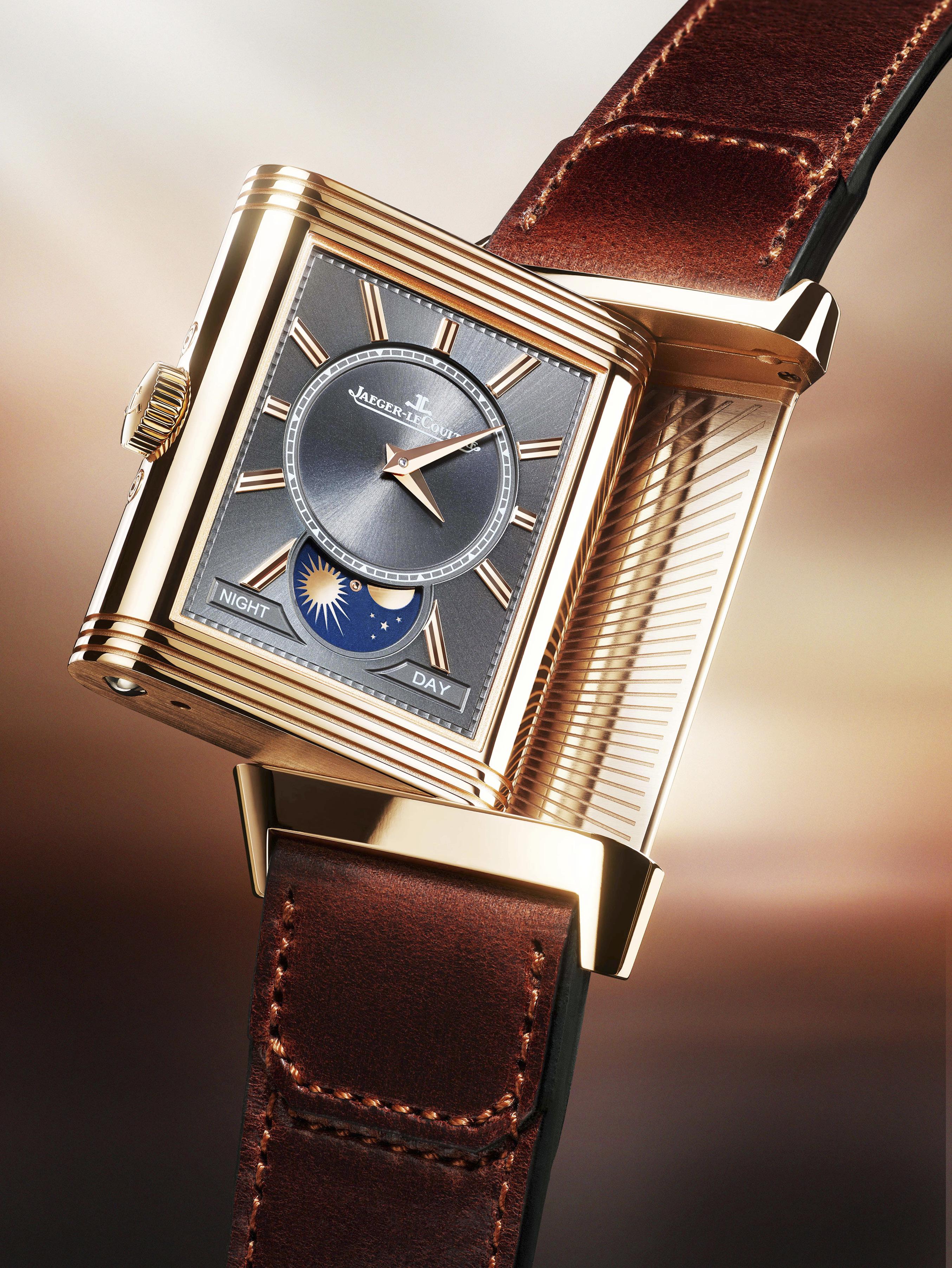
The Jaeger-LeCoultre Reverso is a wristwatch unlike any other. It has been an icon since 1931 and has indeed gone through a myriad of iterations over the years. For 2022, the new Reverso Tribute Duoface Calendar makes a splash once again by reinterpreting two more iconic manufacture complications: the triple calendar and JaegerLeCoultre's legendary Duoface providing them with a subtle touch of modern elegance, all while retaining the art deco design language the Reverso is so famous for.
For those not in the know, the triple calendar is an iconic classic that consists of the day, date and month indications that takes prime position on the “recto” dial of the Reverso Tribute Duoface Calendar. Unlike an annual or perpetual calendar, however, the three displays of the triple calendar (the day and month from two separate windows at 12 o’clock on the dial, and the pointer-date and moon phase from a subdial at 6 o’clock) requires a date adjustment for every month with less than 31 days.
The Duoface complication, on the other hand, is another manufacture signature that displays two time zones on the two opposite faces of the Reverso, all while being driven by a single movement.

Speaking of which, the manually wound calibre 853 driving this latest Reverso is an oblong movement entirely designed, produced and assembled in-house. It made its bows in 1994 and is one of those rare creations known as a form movement: a highly exclusive calibre conceived and constructed exclusively for non-round

Jaeger-LeCoultre continues to refine the Reverso’s uncommon balance of mechanical performance and refined construction
watches. That’s right, the compact dimensions of calibre 853 allows it to fit snugly in the relatively diminutive 49.4mm x 29.9mm Reverso Tribute Duoface Calendar, making this Reverso most likely the smallest timepiece of anyone’s collection. The lug-to-lug length of 49.4mm, however, should make up for it and adequately fill out an average wearer’s wrist.
Best of all, calibre 853 preserves all the details and refinement that marks traditional haute horlogerie finishing despite the fact that none of it will ever be visible to the wearer (no room for a transparent exhibition caseback, remember?). This includes chamfered edges, countersunk jewels, mirror-polished screws, and bridges decorated with Geneva Stripes.
And like its two faces, the new Reverso Tribute Duoface Calendar also comes with two very different personalities: the first being discrete and understated, and the other warm but sophisticated. Indeed, the two available models of the new Reverso Tribute Duoface Calendar can be as disparate as they are seemingly identical, the first of which is in stainless steel. Its alternating surface finishes such as polished hands set against a grained dial ensure that all indications remain readable at a glance, even as its tone-on-tone color palette imparts ultimate refinement. This is continued on the reverse "verso" dial with the blue sunray finish of the second time zone that enhances this Reverso’s overall silver countenance with a cool, timeless character.

The radiant warmth of the 18K pink-gold model, on the other hand, is the antithesis of the “cool” steel model. But just like the steel model, the silver sunray recto dial of the 18K pink-gold model is set off by the elegant color of a grey anthracite verso dial.
Indeed, the verso dials of both the steel and pink-gold models feature a completely refreshed look characterized by not only a greater sense of space, but also by a number of select surface finishing techniques. The traditional Clous de Paris guillochage decorating the outer dial segment, for example gives way to a sunray finish originating from the same point as the hour and minute hands. This expansive radial effect is enhanced by the new hour markers, now set along the exterior periphery of the chemin-de-fer minuterie, while at the 6 o’clock position, a day-night indication has been set behind the hour-and-minute counter, creating a subtle way of revealing essential information about the second time-zone.
Naturally, an iconic wristwatch originally made for the often-physical game of Polo should
also get a strap made by a world-renowned artisanal workshop with deep ties to the sport. Which is why Jaeger-LeCoultre tapped Casa Fagliano an Argentina-based, Italian shoe and boot maker known for its values of traditional craftsmanship and quality that specializes in (naturally) Polo boots.
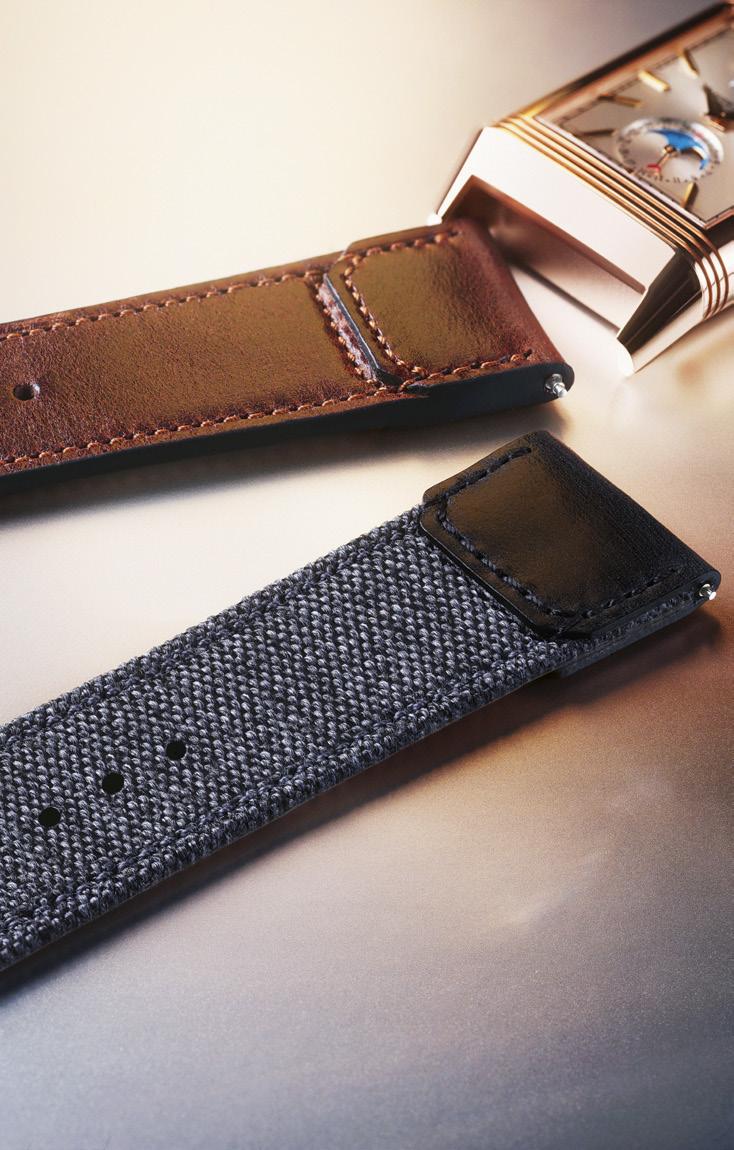
Casa Fagliano tells of the time in 1920 when a polo player entered their workshops and asked for his boots to be repaired (which, non-coincidentally, sounds exactly like how César de Trey was challenged by a polo player to design a watch that could withstand the arduous pummeling of a Polo game, and how the businessman approached Jacques-David LeCoultre to get it done).
As the story goes, the polo player returned a few days later and was surprised with how his boots looked even better than new. He was so delighted with the result, in fact, that he immediately ordered several new pairs.
And the rest, as they say, is history: what began as a humble workshop in 1884 by Pedro and Giacomina Fagliano has grown into a
specialization that would place Fagliano amongst the most renowned craftsmen in the world of Polo. Today, Casa Fagliano is internationally recognized for producing the most exclusive polo and equestrian boots in the world, which is why the new Jaeger-LeCoultre Reverso Tribute Duoface Calendar gets calf-leather straps in the distinctive style of the world-renowned artisanal workshop.


That’s right, calf-leather, both Reverso Tribute Duoface Calendar models are matched with a bi-material strap made of leather and fabric in hues that evoke the patina of vintage equestrian equipment: deep blue for the steel model, and brown for the pink-gold model, a color selection that highlights the subtle differences in personality between the two models.


Further, the strap for the steel model is equipped with a matching deployant buckle while the pink-gold version comes with a classic pin buckle, and thanks to the Maison’s quick-change strap and buckle attachment system, the straps can be switched out instantly without the need to bring the watch to an authorized service center.

“The Reverso Tribute Duoface Calendar makes a splash by reinterpreting two more iconic manufacture complications: the triple date, and Jaeger-LeCoultre's legendary Duoface”



Panerai’s Luminor line of watches is instantly recognizable, mainly because of its renowned crown protection device. It has such an iconic shape that it could not be mistaken for anything else. The original Luminor was first produced in the 1930s and was designed exclusively for the Italian Navy until the 1950s.
In 2016, Panerai inaugurated a new chapter in its history by releasing the Luminor Due. The Italian word “due” translates to English
as the number two (2), signifying the second chapter in the Luminor story. What differentiates the Luminor Due from the original is this new line is about 40% slimmer. With a height of approximately 10.8 mm, this new model slips under the cuff of a dress shirt much easier. It also looks more attractive on a woman’s wrist, as it doesn’t make the watch seem too masculine. The case and the strap lugs are normally milled from a solid block of steel. The sloping bezel adds a higher touch of elegance to the overall appearance of the watch.
Presently, Panerai released a new Panerai Due model that raises the bar on luxury with the introduction of the Panerai Luminor Due TuttoOro that features — for the first time — gold bracelets. In English, “tutto” means “all” or “everything.” And “oro,” of course, translates to “gold.”

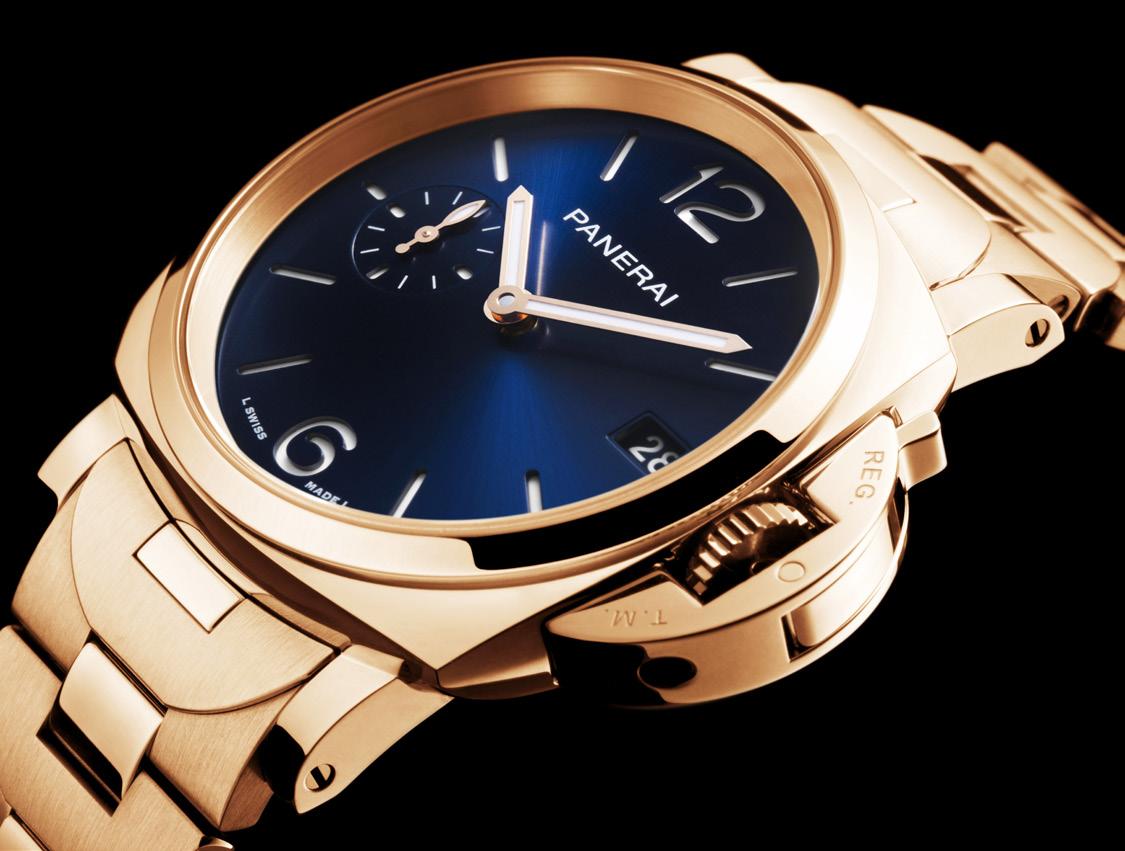
The 38mm case and bracelet are forged from Panerai Goldtech™, which incorporates the use of a high copper content and platinum. The copper contributes to the red color of the material, while the platinum content ensures the color will remain radiant and true. The Safety Lock crown protection device is in polished Panerai Goldtech™ as well. This piece is water resistant to 30 meters.
The timepiece features a sun-brushed dial, a subtly textured surface that moves light along its expanse with the barest of motion, and displays minutes, hours, small seconds, and the date. It is available in two colors: white and deep marine blue, the latter will be sold exclusively in Panerai boutiques.
The engine that runs the Luminor Due TuttoOro is the automatic mechanical P.900 calibre that beats at 28,800 alternations per hour. It is equipped with the Incabloc™ anti-shock device and contains 23 jewels. Measuring only 4.2mm thick, it is the first Panerai movement of its size to combine the date function and a threeday power reserve.
The bracelet is designed to take the profile of the iconic crown protection device. The rectangular segment of each link has a polished finish, contrasting the rounded areas that display a brushed finish, giving the bracelet added dimensions.

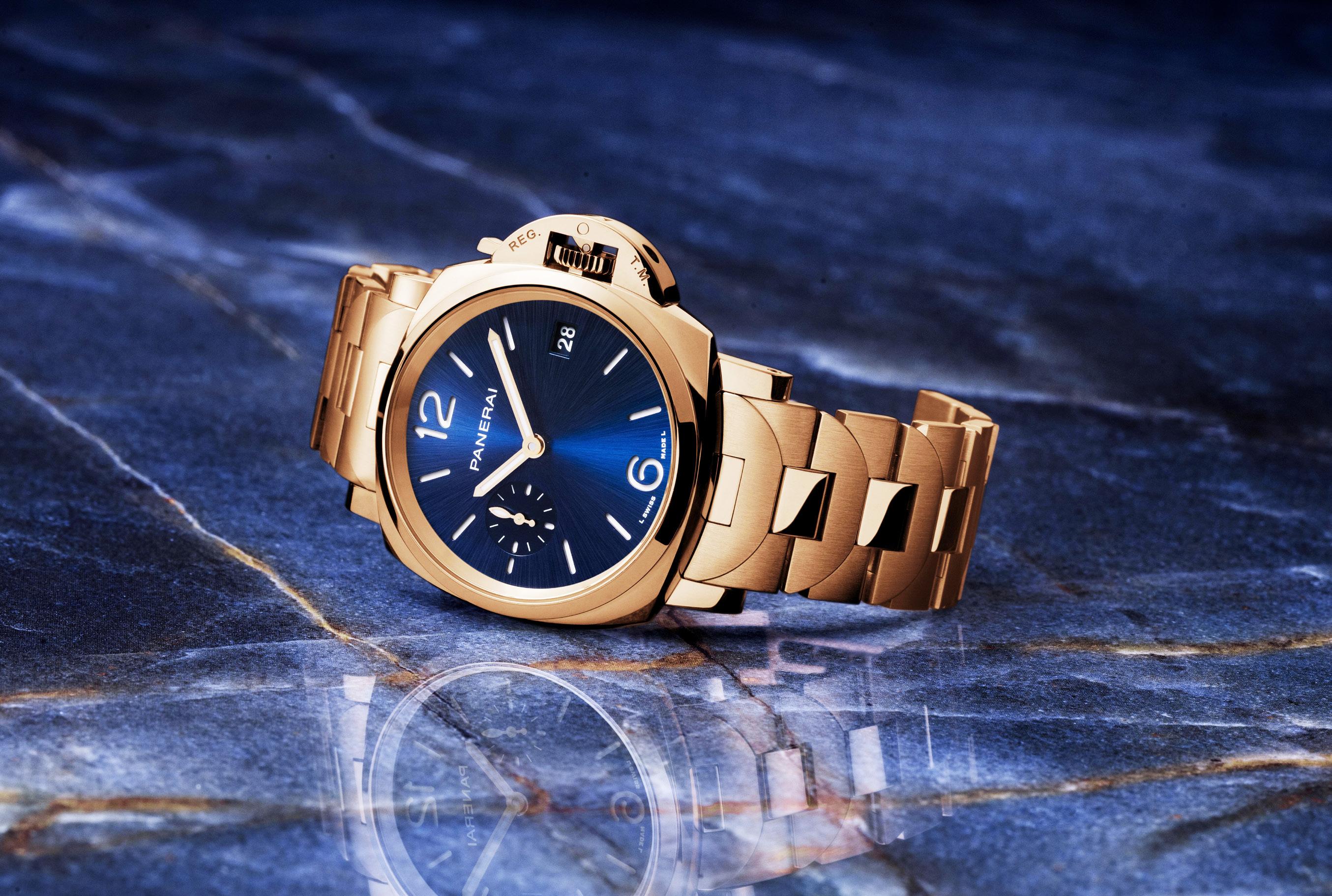
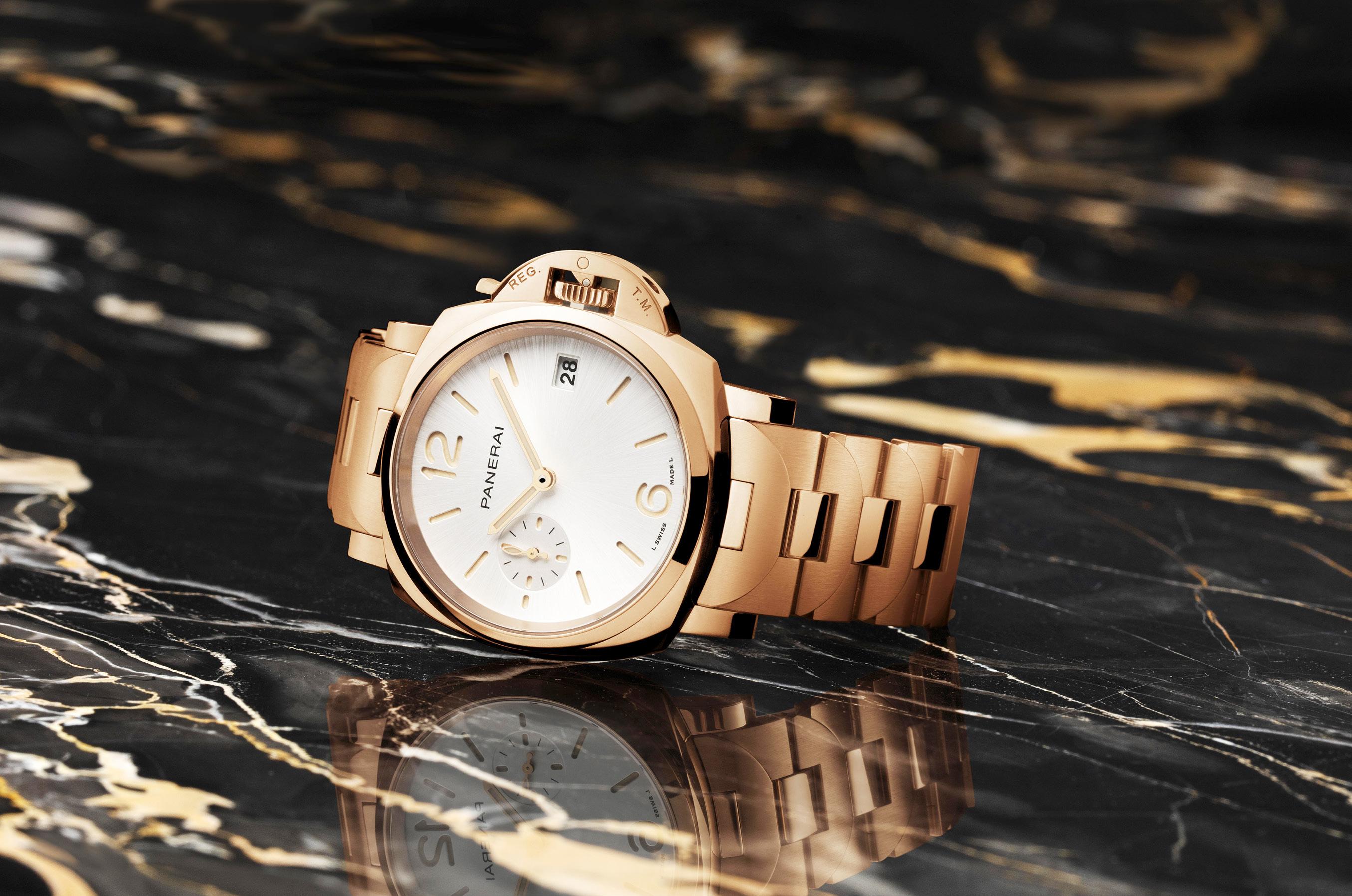
Omega switches gears to introduce the sweetest sounding chronograph, yet.
 Words by Kit Payumo
Words by Kit Payumo
es, you read that right: “the sweetest sounding chronograph.” Indeed, Omega has created a chronograph movement unlike any other. Known for producing some of the most iconic luxury sports watches of all time, Omega has created something entirely unique for 2022 and has drawn from two disparate milestones in their history to do it. The first in 1892 when it produced the world’s first minute repeater wristwatch; and the second, in 1932, which marked the brand’s debut as Official Timekeeper with the split-second pocket chronographs used to time the Los Angeles Olympic Games. And remarkably, Omega did it entirely from scratch.
That’s right, no layering, tinkering, or fitting of new minute repeater components over the watchmaker’s “old” Co-Axial chronograph movement. In fact, the basic architecture of Omega’s famous Co-Axial escapement turned out to be a detriment to the watchmaker’s plans.
Originally developed by the brilliant watchmaker Georges Daniels, the system is an essential component in all of Omega’s movements. And while it was ingeniously designed to operate at a relatively standard frequency of 3 to 4Hz,
it presented a major constraint when it came to developing a new movement that had to beat at no less than 5Hz to display 1/10th of a second…just like the split-second chronographs that were used to time the 1932 Los Angeles Olympic Games.
The watchmakers, thus, had their work cut out for them because not only did they have to rework the whole design of the escapement to achieve this higher frequency, a larger barrel also had to be integrated next to the regulator to provide a stable source of energy. And as if that wasn’t enough, they also had to add three chime cams to the already complicated chronograph
mechanism that could “read” the elapsed time of the chronograph: the first for the 15-minute counter (a low tone); the second for the tenth of the current seconds (a paired tone); and the third for the second digit of the seconds (a high tone). The watchmakers also had to work in two security functions to prevent harmful manipulation. And to achieve Master Chronometer status, the calibre had to withstand external magnetic fields up to 15,000 gauss, which required the use of 50 nonferrous components.
Additionally, Omega endeavored to keep the gap between the three chimes at precisely 1.5 seconds long. Anyone at all familiar with traditional minute repeaters will know that this is quite speedy (pun intended), and that the delay between chimes is often several seconds long.
And since the whole point was to pay tribute to the pocket watches that timed the 1932 Los Angeles Olympics, the watchmakers had to design a split-second chronograph movement with a modern combination of a column wheel and vertical clutch with monopusher architecture. As it is, the final design features one pusher for the start-stop-reset functions, an additional pusher for the rattrapante function, and a third button at 5 o’clock for the centerpiece complication of chronograph chime actuation.

The result is the Co-Axial Master Chronometer Calibre 1932, a fully integrated chronograph and repeater movement that took six years to develop in conjunction with Omega’s sister company Blancpain. Measuring 14-ligne or 32.5mm in diameter, Calibre 1932 was borne out of Omega’s Atelier d’Excellence where all the brand’s highend watches are made and is nothing but the complete fusion of chronograph and repeater mechanism in one remarkable movement.
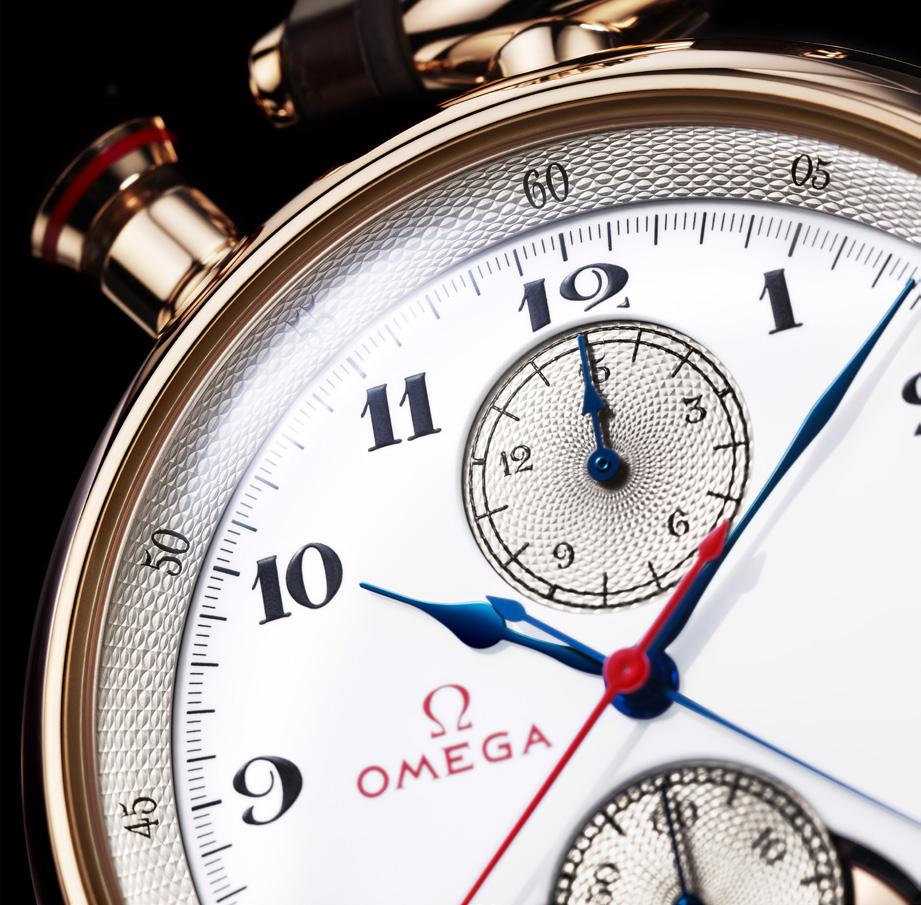

It is in fact the most complicated calibre ever to come out of the Omega workshops, and combines a split-seconds chronograph, a high-frequency regulator, and unlike a traditional minute repeater that chimes the current hours and minutes, Calibre 1932 is unique in that it features a repeater device that can chime the elapsed time of the split-second chronograph.
Made of 575 individual parts, Calibre 1932 also boasts no less than 17 patents relating to its function, its anti-magnetism, as well as the watch’s external parts, and is a luxurious handmade calibre made with 46.44 grams of gold, making it easy on the eye as well as to the ear. Naturally, a movement of this calibre


required Omega to create an appropriate vessel from which to showcase it. And they didn’t stop with just one; in fact, they made two.
The first is the Omega Olympic 1932 Chrono Chime, a “masterpiece in 18K Sedna Gold,” which carries the aesthetic of the first wrist-born Omega minute repeater of 1892 and is, thus, shaped like a converted pocket watch with welded
lugs. Measuring 45mm wide and 16.9mm thick, the Olympic 1932 Chrono Chime features a Grand Feu enamel dial enhanced by a 925 Silver handmade guilloché inner bezel. This, along with the two chronograph subdials at 12 and 6 o’clock are enhanced with Omega’s unique and exclusive “acoustic wave pattern” motif, a precise visual representation of the sound waves produced by the watch’s chimes, which makes the Olympic 1932 Chrono Chime as extraordinary looking as it sounds…arguably even better, in fact.
Indeed, Omega’s 18K Sedna Gold produces a beautiful sound when struck. The double hammers, which are seen flanking the lower chronograph subdial at 6 o’clock, are fitted with an insert of hardened steel and strike pitchperfect 18K Sedna Gold gongs hand tuned by Omega’s sonorous watchmakers. These gongs, in fact, are fixed to the case body to produce maximum chime, and are a nod to the bells used by Omega to signal the last lap at the Olympic Games and other sporting events.
The central hour and minute hands in blued PVD are also made of 18K Sedna Gold, as are the subdial hands on the small seconds at 6
o’clock and 15-minute recorder at 12 o’clock. For easy readability, the display includes a blued CVD central seconds hand and red-varnished splitseconds hand. While other nods to the year 1932 include the font for the Arabic numerals, as well as the minute track in black “Petit Feu” enamel.
And that’s not all. Omega went the extra mile to make the action of timing an aesthetic experience as well. Turn the watch around and the words “Official Timekeeper of the Olympic Games,” “Co-Axial Master Chronometer,” and the “Chrono Chime No.,” are beautifully engraved in script on the periphery of the exhibition caseback.
While the chronograph pushers have also been endowed with an extra touch of elegance. Not just “merely” functional the chime pusher at 5 o’clock, for example, sports a charming polished and embossed music note, while the split seconds pusher at 11 o’clock is enhanced by a polished ring filled in with red hybrid ceramic to mirror the look of the split-seconds hand.
Finally, the Olympic 1932 Chrono Chime comes matched with a brown leather strap with an 18K Sedna Gold buckle, which can be easily swapped via Omega’s new Quick-Change system with an additional leather strap, or two leather cords
allowing the watch to be worn as a discreet pocket watch or a stopwatch around the neck.
The second “vessel” for the Calibre 1932, on the other hand, couldn’t be more different from the Olympic 1932 Chrono Chime and not surprisingly is the wristwatch that Omega is probably most known for. Indeed, the new Speedmaster Chrono Chime is obviously the more commercial offering of the two, and has the distinction of being the most complex Speedmaster ever made. It is inspired by the second generation CK 2998 Speedmaster, which was the first watch worn in space 60 years ago in 1962, making this “classic” 45mm “Numbered Edition” Chrono Chime in 18K Sedna Gold a commemorative piece in its own right.
This being a “traditional” Speedy, however, the calibre 1932 movement was rotated 90° to achieve the Speedmaster bi-compax layout we all know and love. And like its “old school” sibling, the Speedmaster Chrono Chime also sports the same rose engine-turned-guilloche “acoustical wave” pattern on the 18K Sedna Gold sub-dials and inner flange. But that’s not all, in another brand exclusive the dial and the tachymeter bezel are stunning in blue aventurine “Grand Feu” enamel, which is a patented creation that combines aventurine glass powder with the classic enameling technique.
Unlike the leather strap of the Olympic 1932 Chrono Chime, however, the Speedmaster Chrono Chime is matched with a “Nixon” style bracelet also made of 18K Sedna Gold, which while eye-catching also makes the watch weigh in at a whopping 362 grams. And with a diameter of 45mm, as well as a thickness of 17.2mm, this makes for a very large, and very heavy Speedmaster.
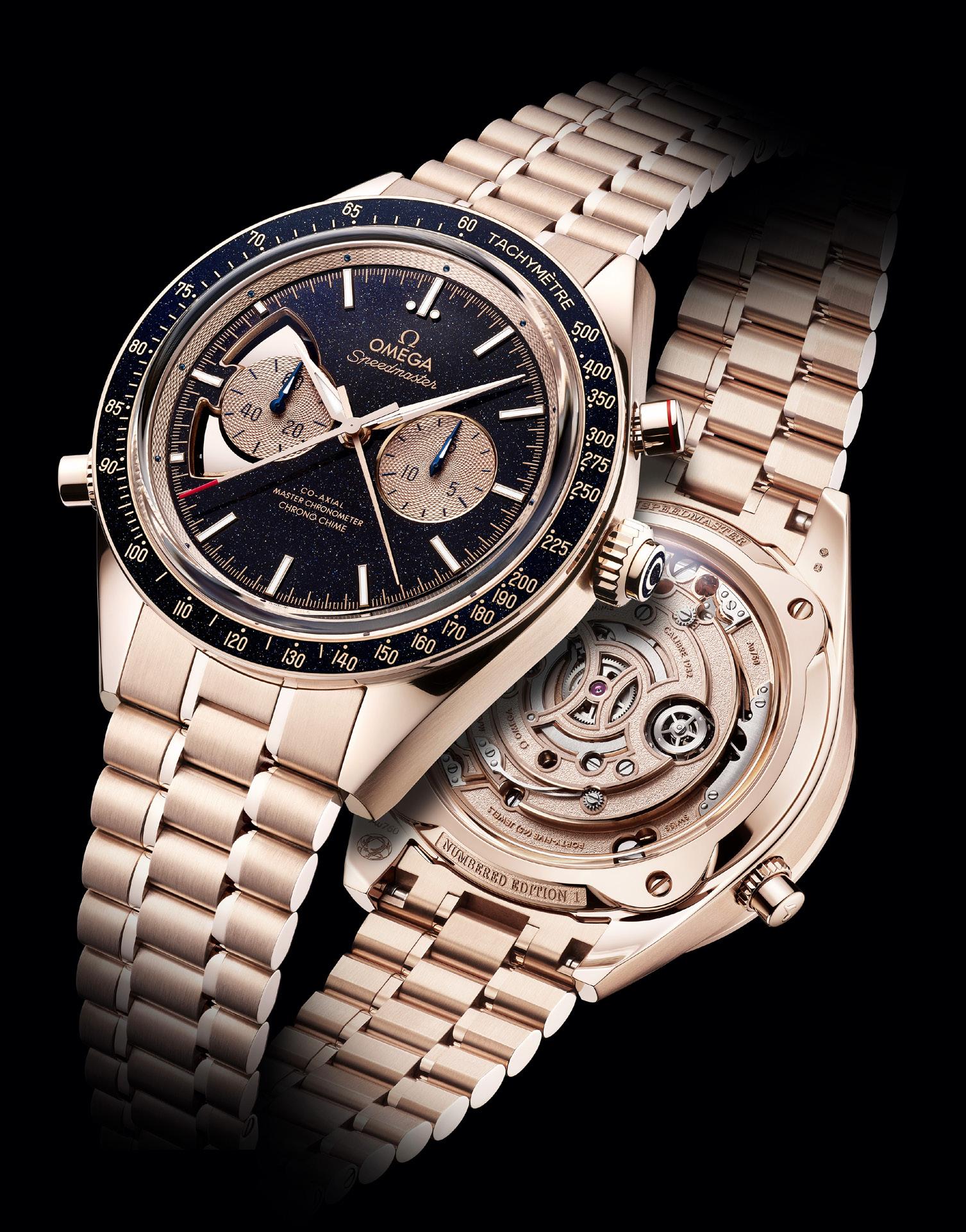
Both watches have 30 meters of water resistance, and both come with a five-year warranty. And don’t be misled by either’s “numbered edition” moniker, neither model is a special limited edition but are simply limited by the watchmaker’s production capacity. Omega has stated, in fact, that production (on both watches) will be limited to just a handful of models per year.
Last but definitely not least, both the Olympic 1932 Chrono Chime and the Speedmaster Chrono Chime come in their own special walnut presentation boxes, both of which feature a resonance plate made of spruce sourced from the Risoud Forest on the border of France and Switzerland to amplify the precise rhythm, tone, harmony and length of each watch’s chime.
“The most complicated calibre ever to come out of the Omega workshops combines a split-seconds chronograph, a high-frequency regulator, and a repeater device that can chime the elapsed time of the chronograph”
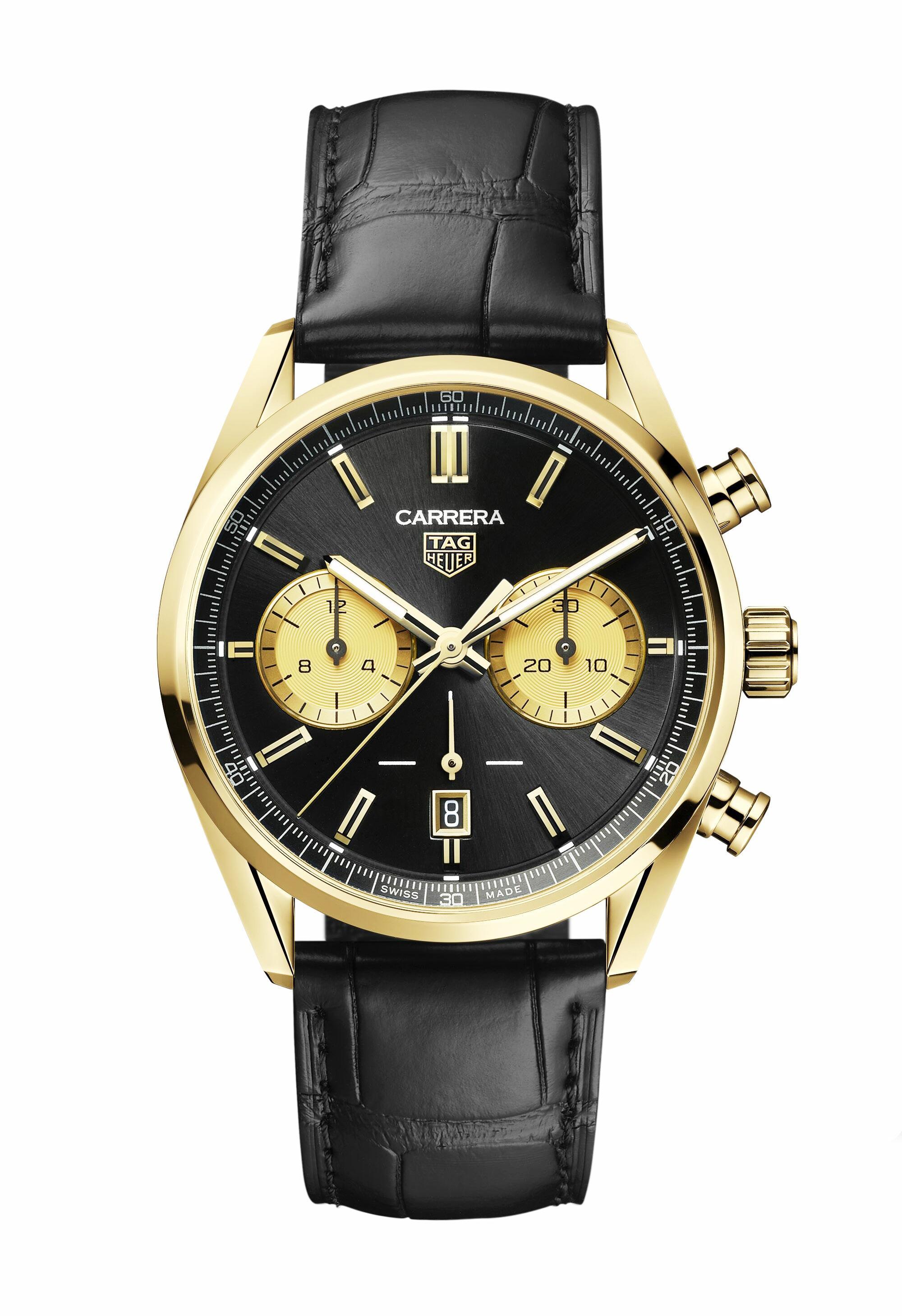

t’s been said that sometimes one must look back to move forward, a sentiment that TAG Heuer has obviously taken to heart with the latest and possibly most stunning incarnation of their ultimate driver’s watch, the TAG Heuer Carrera Chronograph. Indeed, slowing down to occasionally glimpse at the rearview mirror is something that TAG Heuer does and does well, and this year the watchmaker once again owns the vintage corner by channeling one of Jack Heuer’s personal favorites.
TAG Heuer has had a long history with motor racing, and because of this has become synonymous with racing chronographs, the most well-known of which is arguably the Carrera. Back in 1970 when the brand was still known as Heuer, the watchmaker released its first yellow gold automatic Carrera with reference 1158 CHN, and yes, this is the model that became a personal favorite of founder Jack Heuer and is the
model that TAG Heuer references today.
Coming in at 42mm, the new TAG Heuer Carrera Chronograph shares its overall design with the standard Carrera Chronograph family. The difference here, however, is the use of 18K 3N yellow gold. Alas, with the rise of alternative materials like rose gold, white gold, and platinum in recent years the industry has tended to shy away from the precious metal. And let’s not even talk about the popularity of hi-tech materials like carbon and ceramics, the once go-to “luxury material” has been looking a bit tarnished recently. There is no denying, however, the timeless connection of a diver’s chronograph with a black and gold palette, especially the way TAG Heuer has executed it here.
True, we’ve seen this color combination in other chronographs before, but TAG Heuer has arguably the best claim to the black and gold combination because, aside from taking inspiration from the Heuer Carrera 1158 CHN, one of the brand’s most famous ambassadors,

“Yellow gold, especially when executed properly, has major classic appeal, and still has a lot of gas in the tank.”
Ayrton Senna drove a 98T Lotus at the beginning of his career and it sported the classic “John Player Special” two-tone livery made legendary by Lotus Formula 1 cars in 70s and 80s.
The watchmaker builds on this unique and specific legacy with the same slim sloping bezel, gently brushed case sides, stout pump pushers, and distinctive sharply faceted lugs, all of which are present and accounted for here. The use of 18K 3N yellow gold, however, brings a brighter, more dynamic character to the proceedings, and only enhances the connection to the Carrera’s of the 1960s even more.

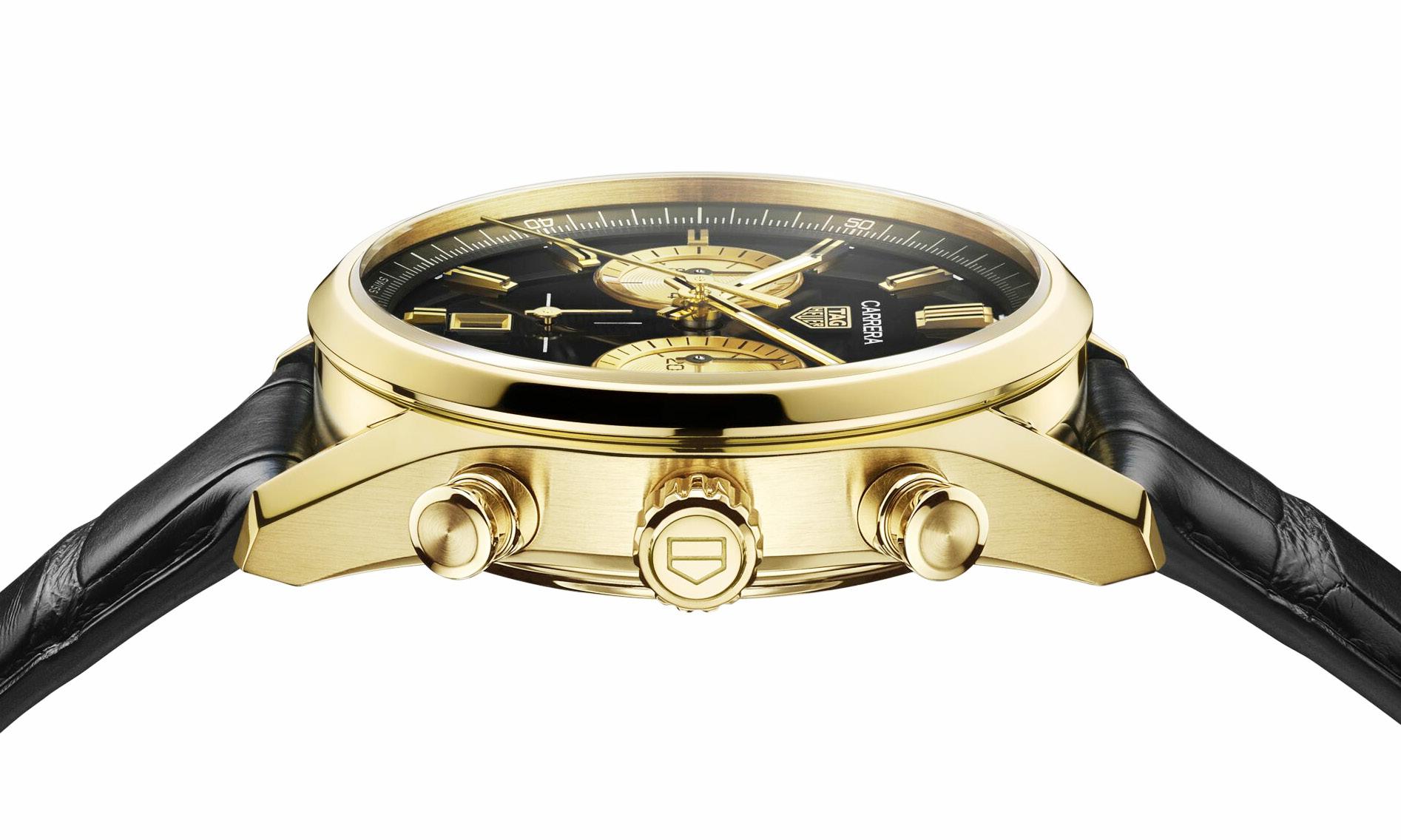
Sharply contrasting against the yellow gold case is a rich black sunray brushed dial, while two “azure” and gilded gold chronograph subdials at 3 and 9 o’clock, an inverted version of the famed Heuer reference 1158 CHN, add punch to the dial. Further, the indexes and hands plated in polished 18K 3N yellow gold enhance the dial’s legibility and elegance, while a discreet permanent second indicator and date window at 6 o’clock complete the tricompax layout.
Turn the watch around and the 21st century suddenly comes crashing back with a sapphire display caseback that showcases all the modern trappings of the in-house Heuer 02 movement. Indeed, the calibre has become the backbone of the brand’s higher-end models and offers very modern performance numbers including an impressive 80-hour power reserve while oscillating at 28,800 vibrations per hour.
Naturally, the finishing of the Heuer 02 is second to none and is consistent with its stainlesssteel siblings with Côtes de Genève across the bridges, as well as a racing wheel inspired blacked-out skeleton rotor. This and the exposed gold column wheel simply complement the overall black and gold colorway of this new TAG Heuer Carrera Chronograph.
“The black and gold design proves just as attractive a combination today as it was in the 1970s. It expresses all the excitement, glamour, and thrills of racing in decades past and carries on Jack Heuer’s vision faithfully into a resolutely modern piece that exudes confidence, character, elegance, and sophistication.” — TAG Heuer

The new TAG Heuer Carrera Chronograph is matched with a large-scale black alligator strap with a gold pin buckle and shows that yellow gold, especially when executed properly, has major classic appeal, and still has a lot of gas in the tank.

IWC BRINGS BACK THE PERPETUAL CALENDAR TO THE PORTOFINO LINE.
 Words by Bert Casal
Words by Bert Casal
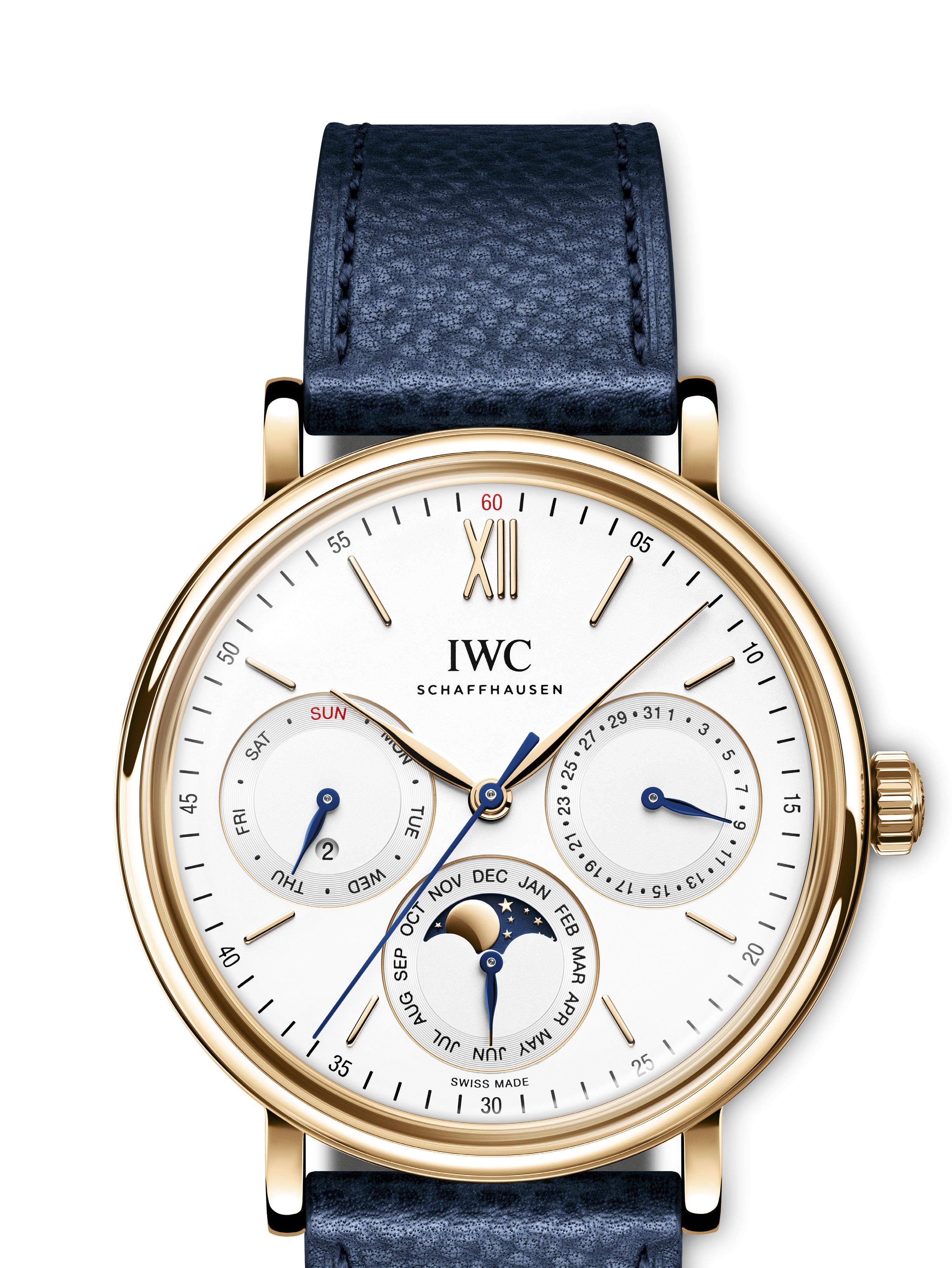

The Portofino collection was first introduced in 1984 and was a good starting point to the world of IWC. Although it cost less than the other collections, the Portofino line did have a good number of complications available across its collection, was presented in elegance, and did capture the attention of watch lovers.
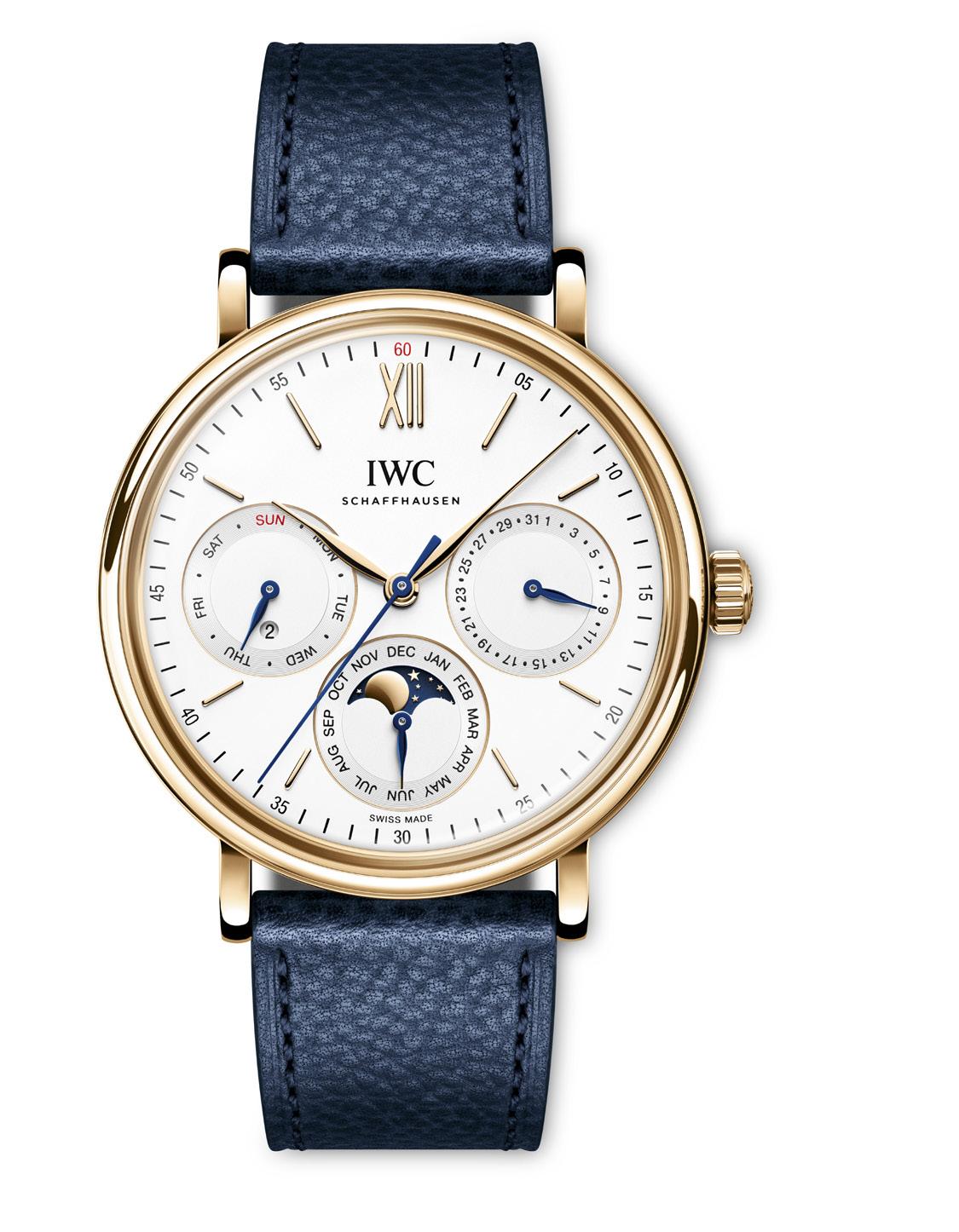

One of the complications it had in its roster was the perpetual calendar, which last appeared around the 1990s. It was a 35 mm watch in an 18k yellow gold case with an automatic Calibre 37582. It had a 42-hour power reserve and operated at a frequency of 4 Hz.
The perpetual calendar was developed in the 1980s by former head watchmaker Kurt
Klaus. The calendar is distinguished by its high level of autonomy and user-friendliness. The intelligent mechanical program recognizes the different lengths of the months and automatically inserts a leap day every four years at the end of February. It will continue to run without manual intervention until the year 2100, when the leap year is omitted due to an exception in the Gregorian calendar. Since all displays are perfectly synchronized, the calendar can be advanced simply by using the crown.
This year, the iconic perpetual calendar returns to the Portofino line. And it comes in not one, but two versions. Both are powered by the IWCmanufactured 82650 calibre movement, featuring automatic Pellaton winding with ceramic components and a power reserve of 60 hours. In addition to the displays for the date, weekday,
and month, the calendar also features IWC’s perpetual moon phase indication, which will only deviate by one day from the orbit of Earth’s satellite in 577.5 years.
Portofino Perpetual Calendar (Ref. IW344601) comes in a stainless steel case. This is the first time a Portofino model in stainless steel is fitted with a perpetual calendar. This model is presented in a silver-plated dial and rhodiumplated hands and appliqués. It is paired with a blue calfskin strap.
Ref. IW344602 features an 18-carat 5N gold case, a silver-plated dial and gold-plated hands and appliqués. This model comes with a blue calfskin strap as well.
Both these models measure 40 mm in diameter, making this the smallest perpetual calendar across IWC’s current collections.
"THE ICONIC PERPETUAL CALENDAR RETURNS TO THE PORTOFINO COLLECTION: ONE IN 18-CARAT 5N GOLD AND THE OTHER IN STAINLESS STEEL — MARKING THE FIRST PORTOFINO WITH A PERPETUAL CALENDAR IN STAINLESS STEEL."




Last November, Maurice Lacroix made its re-emergence in the Philippine market with their new partner, Watchworks, a Philippine-based company with vast experience in the distribution and servicing of many prestigious Swiss watch brands. Indeed, Maurice Lacroix is now one of those brands, and heading their expansion is Managing Director for South East Asia, Stéphane Waser, who took the time to convey the brand’s desire to bring Swiss watchmaking into the world at a rather wide range of value-oriented points and attitudes.
“The Philippines is a huge country with a population of around 113 million people,” said Stéphane. “For some time, we have been eager to bring our collection of urban-themed watches and sell them within this dynamic, fast-growing nation.With Watchworks we now have a local partner with the
expertise to make this a reality. It has a strong track record of delivering high standards of professionalism and impressive standards of customer care within this important market. Now, the citizens of the Philippines are able to experience first-hand a taste of the Swiss Jura and its legendary watchmaking expertise.”
Best of all, Maurice Lacroix is customer-centric. “We listen to the customer,” continued Stéphane. “We listen to customer feedback.We are not producing watches for the museum.We are producing watches for you, for everyone.We want to see the smile on the face of the customer when he is wearing the watch.”
To be fair, Maurice Lacroix the watchmaker is fairly young, just under 50 years young to be exact. But that hasn’t stopped the watchmaker from being a leading force in the Swiss watch industry. Based in Saignelégier, Switzerland, Maurice Lacroix has won more than fifteen industry awards and has demonstrated an innovative, avant-garde spirit over the years. Indeed, the watchmaker
has a long history of producing sophisticated yet affordable watches just like the AIKON, which the watchmaker released in 2016, and which is a reinterpretation of the iconic Maurice Lacroix Calypso from the 1990s.
Designed specifically for a generation of Millennials who are connected, cosmopolitan and talented, the AIKON collection is produced alongside the Maison’s high-end Masterpiece collection, a range of timepieces often equipped with a Manufacture movement. Indeed, modern and daring, all while exuding the avant-garde style of the 1970s, the AIKON collection has never been shy about its ambitions of becoming (dare we say) an industry ICON, which is probably why the new Maurice Lacroix AIKON Master Grand Date Black makes such a grand statement.
Released in 2021, this year’s “Black” version once again takes all the mechanical virtuosity of the Maurice Lacroix Masterpiece collection and reinterprets it in the AIKON’s unique urban design language. The watchmaker, however, has taken that language to the extreme resulting in an AIKON Master Grand Date dressed in severe black and white tones. This means the original flagship model’s bright stainless steel case and blue dial have been replaced by something dark, brooding and downright predatory, a 180° change in aesthetic, in fact.

Just like the original model, however, the new AIKON Master Grand Date Black is once again presented in a generously proportioned 45mm stainless steel case, albeit this time swathed in polished black DLC. It features the AIKON collection’s signature design with a rounded angular shape, integrated lugs, as well as the same bezel with six “claws” along its perimeter that can be found across the series giving it a distinct overall appearance.
And just like the original model, this year’s stealth black model once again presents its information unlike anything else within in the AIKON line up, and is more in-line with brand’s Masterpiece series, despite all the aesthetic cues of the AIKON collection that surrounds it. This means the small offset dial in the upper righthand corner decorated with a Clous de Paris pattern to display the hours and minutes is back. As is the smaller subdial dedicated to the running seconds that overlaps with its bottom edge.
The large double-digit date display at 10 o’clock makes an appearance, as well, as does the asymmetric aperture that reveals the sizable balance wheel and the skeletonized bridge directly below it. Differentiating this model, however, is the
generous use of white luminous material on the pointed baton-shaped hands and hour markers that sharply contrasts with the all-black monochromatic display, and which has the added benefit of increased visibility during low-light conditions.
Being called back for power duties is once again the Maison’s in-house Calibre ML331 selfwinding movement, although this year re-dressed to match the AIKON Master Grand Date Black’s stealthy profile. This means both versions of the movement feature bridges with sandblasted surfaces, but while they were left in the natural color on the previous version, they are now finished in black DLC. Having said that, Calibre ML331 still beats at a very traditional 18,000vph

(2.5Hz), and boasts a 50-hour power reserve.
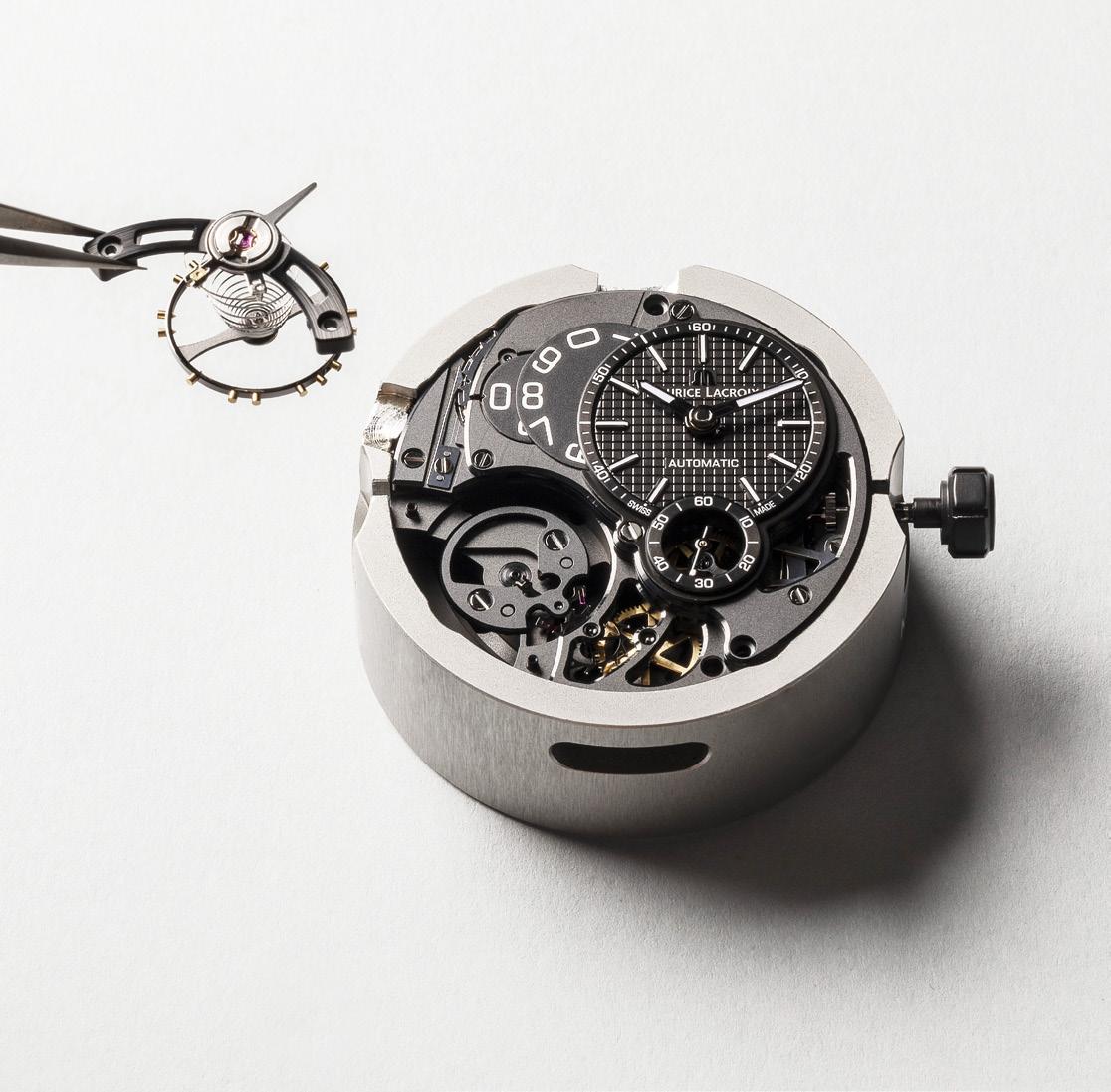
Unlike the original model, however, the AIKON Master Grand Date Black isn’t available with a matching metal bracelet. Instead, the new watch is exclusively matched with a specially designed rubber strap that features the Maurice Lacroix name in relief, as well as a second strap made from synthetic leather with a textile effect, and that incorporates the brand’s now-legendary ‘M’ logo. Both are completed by black PVDfinished deployant clasps, and both can be easily swapped courtesy of the Maison’s Easy Strap Exchange system, which allows for the easy switch from one strap to another without the need for tools.

“We have witnessed an increasing number of our clientele falling for the charms of Swiss watchmaking,” says Louis Ong, CFO of Watchworks. “Indeed, it is fair to say there has been a notable surge in interest as consumers discover contemporary watches online. With the arrival of Maurice Lacroix and its various collections such as the AIKON, MASTERPIECE and PONTOS, we are now in a position to satisfy local demand for the brand’s watches. The designs of the models, the impressive Swiss craftsmanship and the company’s reputation for delivering high perceived value, ensure we deliver a winning package, providing a strong foundation for an enduring relationship between our two companies.”
Maurice Lacroix, your time is now.

 Words by Bert Casal
ULTRA PREMIUM CHRONOGRAPHS INSPIRED BY THE FOUNDERS.
Words by Bert Casal
ULTRA PREMIUM CHRONOGRAPHS INSPIRED BY THE FOUNDERS.
Léon Breitling first opened his atelier in 1884 at St. Imier.

His designs led to patented innovations that gave Breitling its esteemed place in the world of watchmaking. After eight years of success, he moved his operations to La Chaux-de-Fonds, the watchmaking capital of Switzerland, and transformed his workshop to a full-fledged watch factory.

His chronographs and timers set the benchmark for the industry. His timepieces were coveted by sports enthusiasts, athletes, and aviation pioneers. Despite his success, he continuously strove to make his designs better. In 1893, he patented a movement with an astonishing 8-day power reserve and he introduced the pulsograph (for measuring a person’s pulse). Three years later, he developed a chronograph with two-fifths of a second accuracy, timing that was unheard of at that time.
In 1914, his son Gaston took over the company. He turned his attention to making the watch more wearable. He also made two

innovations to the shape of the chronograph as we know it today: First is the wrist-worn chronograph with an independent pusher at 2 o’clock, to “start,” “stop,” and “reset” the chronograph, taking it away from the crown. Secondly, in 1923, he moved the “reset to zero” function back to the crown. This allowed the user to add several successive times without having to reset the hands to zero.
In 1932, Gaston’s son Willy took over the helm at only 19 years old. He patented his own breakthrough chronograph function: a second pusher at 4 o’clock dedicated to resetting the chronograph to zero. This feature was the final stroke in developing the chronograph as we know it today.
In honor of these three innovative watchmakers, Breitling is proud to introduce three Premier chronographs with a tourbillon. To help them do this, Breitling worked with the specialty movement maker Manufacture La JouxPerret to develop the B21 movement that takes the uncommon step of combining a tourbillon with a chronograph.
Breitling Manufacture Caliber B21 (Manufacture La Joux-Perret)
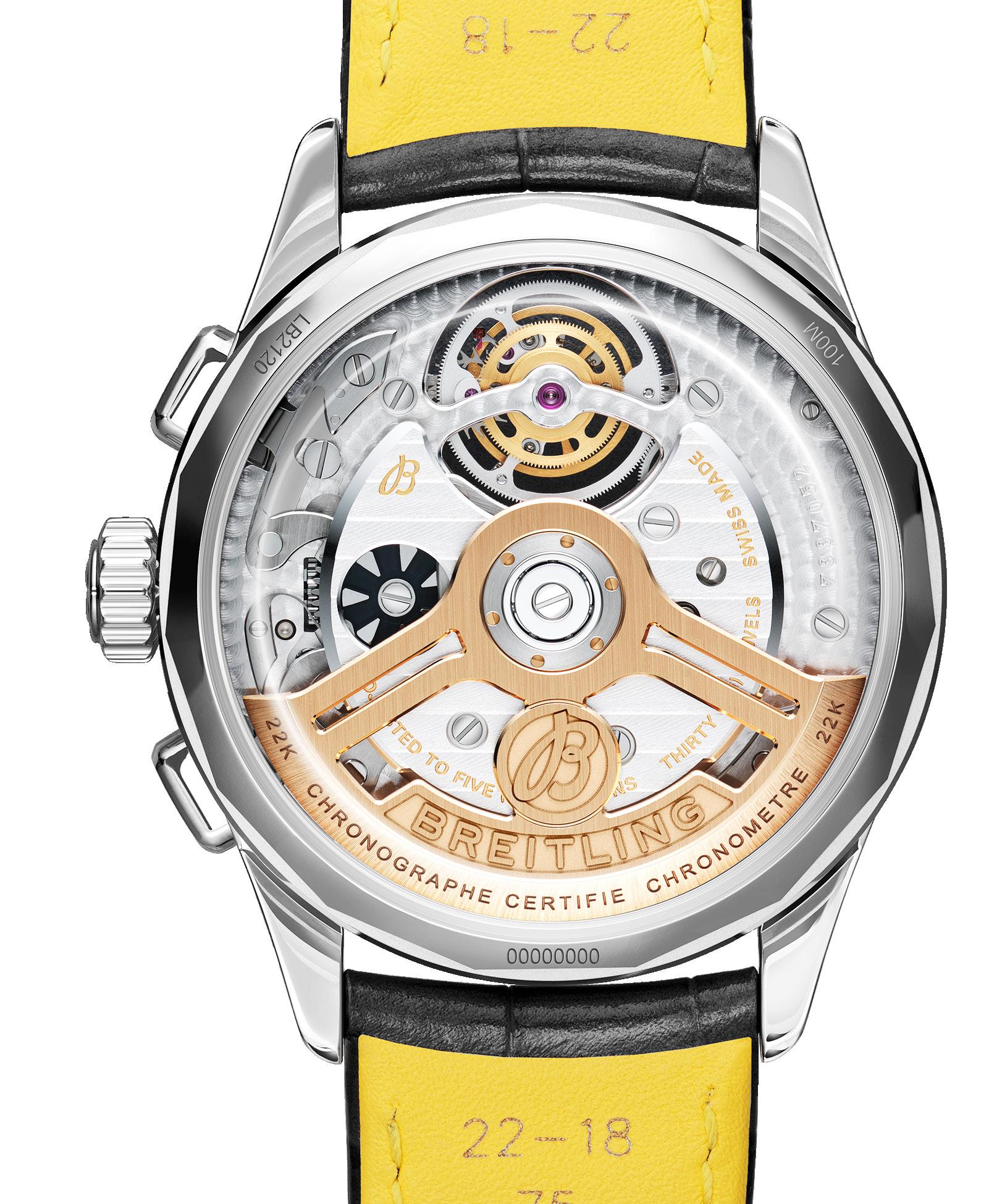 Léon Breitling Founder of Breitling.
Gaston Breitling
Inventor of the first independent chronograph pushpiece.
Willy Breitling
Inventor of the second independent chronograph pushpiece.
Léon Breitling Founder of Breitling.
Gaston Breitling
Inventor of the first independent chronograph pushpiece.
Willy Breitling
Inventor of the second independent chronograph pushpiece.
The Léon Breitling comes in a solid 18 k red gold case that measures 42 millimeters in diameter and a thickness of 15.25 mm. It features a cambered sapphire glass that is glare proofed on both sides. It has a silver dial with Super-LumiNova® luminescent hour and minute hands.
It is powered by the Breitling Manufacture Calibre B21 (Manufacture La Joux-Perret). This COSC-certified, self-winding mechanical movement has a power reserve of 55 hours and has a frequency of 28,800 actuations per hour. This timepiece comes with a brown alligator leather strap with 18 k red gold folding buckle.
The Gaston Breitling features an 18 k white gold case that measures 42 mm, a thickness of 15.25 mm, and a height of 50.03 mm. It also has a water resistance rating of up to 100 meters and also comes with a cambered sapphire glass that has been glare proofed on both sides. The 18 k white gold case back is screwed down and has a sapphire crystal to view the movement.
Its Breitling Manufacture Calibre B21 movement features a tourbillon chronograph, column wheel, horizontal clutch, 1/4th second, and 60-minute counter. This COSC-certified selfwinding movement beats at 28,800 a/h and has a 55-hour power reserve. This piece is paired with a black alligator leather strap with 18 k white gold folding buckle.
The Willy Breitling is fitted with a 42 mm platinum case and has the same thickness and height as the previous models. Water resistance is at 100 meters as well, carries the same glass and the screwed platinum case back with sapphire crystal.

As with the two other models, it carries the Breitling Manufacture Calibre B21 (Manufacture La Joux-Perret) self-winding movement that has been COSC-certified. It has a frequency of 28,800 a/h and a power reserve of 55 hours. This model is paired with a black alligator leather strap with an 18 k white gold folding buckle.

Léon, Gaston, and Willy all made significant contributions to their brand, and to the watchmaking world, The Premier B21 Chronograph Tourbillon 42 is dedicated to these innovators who gave us one of the most beloved complications and executed them, not only with accuracy, but with style.
 Premier B21 Chronograph Tourbillon 42
Léon Breitling
Premier B21 Chronograph Tourbillon 42 Gaston Breitling
Premier B21 Chronograph Tourbillon 42 Willy Breitling
Words by Kit Payumo
Premier B21 Chronograph Tourbillon 42
Léon Breitling
Premier B21 Chronograph Tourbillon 42 Gaston Breitling
Premier B21 Chronograph Tourbillon 42 Willy Breitling
Words by Kit Payumo


Oris partners with a firefighting organization to produce their most blazing offering yet


oming off being freshly minted as an independently certified CLIMATE NEUTRAL company, Oris has been on the hunt to work with pioneering agencies to bring change and help make our world a better place. This is why the watchmaker has recently partnered with the world’s leading aerial firefighting organization, Coulson Aviation.

Based in British Columbia, Canada, the familyrun independent company was originally founded in 1960 as a logging company, but under the leadership of the second generation of Coulsons, the company has diversified over the past four decades to become the leader in aerial firefighting, and today employs 450 people and uses proprietary technology to send aircraft and resources to all areas in the world affected by wildfires. And yes, you read that right: ALL areas in the world making Coulson Aviation the only commercial operator that runs 24 hours a day worldwide.


“As the only aerial firefighting company operating both fixed-wing aircraft and Type 1 helicopters, Coulson Aviation Inc. is fully equipped to carry out aerial firefighting across the globe.With our proprietary technology, multiple aircraft types, and highly experienced attack crews we can fight fires on multiple continents simultaneously.”

During the summer months in the northern hemisphere that’s usually in the United States, specifically in California, while in the summer in the southern hemisphere, the company’s resources are commonly split between Australia and South America. Which is why, aside from Canada, the company has also established permanent teams in Australia and the United States. Indeed, with a mission to protect our world from forest fires, Coulson Aviation endeavors, “To become the world’s most trusted aerial firefighting company, with a keen eye on professionalism, safety, and innovation.”
According to brothers Britton and Foster Coulson, co-presidents of the Coulson Group, which includes Coulson Aviation, the work is MOST DEFINITELY DANGEROUS, “Put it this way, we fly the Boeing 737, the same aircraft that transports passengers at 36,000 feet, at 200 feet over people’s burning homes. (But) we are risk averse, (and) our teams pride themselves on operating safely and efficiently with the ability to handle intense pressure in the most extreme firefighting theatres on earth.”
And to cement their partnership, watchmaker and firefighter have worked on the new Oris Coulson Limited Edition, a carbon fibre watch limited to only 1000 pieces with a vibrant orange dial reminiscent of a wildfire, as well as a little extra something to make it extra special.

Based on the Big Crown ProPilot series, the new Oris Coulson Limited Edition eschews the “standard” stainless steel Oris case to don a rather innovative carbon fibre suit of armor produced with a patented 3D printing technique devised by Switzerland’s prestigious ETH Zurich university (Swiss Federal Institute of Technology).
Never before used in the field of watchmaking, the mix of carbon fibre and high-grade polymer called PEKK are woven together resulting in an ultra-lightweight and extremely rigid material originally designed for the aerospace industry. The process is so precise, in fact, that the previously random carbon fibre ridges (those zebra-like stripes) can be designed and rendered
with meticulous accuracy. And to complete this high-tech, lightweight ensemble are a greycolored knurled PVD-plated fixed titanium bezel, a screw-down crown and exhibition caseback for 100 meters of water resistance, and a black textile strap, all of which has resulted in a complete watch weighing just an astonishing 65 grams movement included.
Speaking of movements, the new Oris Coulson Limited Edition fights wildfires with the equally innovative, highly anti-magnetic five-day automatic Calibre 400 with a silicon escapement that exceeds the ISO 764 anti-magnetic standard.
The movement features 24 jewels, and beats at 28,800vph (4Hz) with a 120-hour power reserve.
Yes, that’s an astonishing 5 days to you and me.
Still, its most striking feature is its fiery, gradient orange dial, a clear symbol of the terrifying environments Coulson’s brave pilots plunge headfirst into whilst all others turn and run away. It has a gradient effect with a darker,
almost red color at the top that lightens to a brighter orange towards the bottom. The effect is like a wild flame with the color echoed at the underside of the black textile strap. Breaking the fiery colorway are large applied Arabic numerals and printed indices swathed in Super-LumiNova, as well as a black date window at 6 o’clock with matching black seconds hand.
“Given our shared passions and values, as well as Oris’ aviation links, it just made sense,” says Britton about the Oris and Coulson partnership. “It’s a real honor to be working with Oris, and with their help, we can start to mitigate against some of the wildfire damage that happens every year.”
“We love the watch!”, continued Foster. “Not just because it looks great and tells the story of wildfires, but also because that carbon case is so innovative, one of our core values. Our pilots will be wearing it and I know it’ll give them confidence. In our business, it’s not just about being ON time, it’s also about being IN time.”
“WE FLY THE BOEING 737, THE SAME AIRCRAFT THAT TRANSPORTS PASSENGERS AT 36,000 FEET, AT 200 FEET OVER PEOPLE’S BURNING HOMES. (BUT) WE ARE RISK AVERSE, (AND) OUR TEAMS PRIDE THEMSELVES ON OPERATING SAFELY AND EFFICIENTLY WITH THE ABILITY TO HANDLE INTENSE PRESSURE IN THE MOST EXTREME FIREFIGHTING THEATERS ON EARTH”


What happens when forwardthinking horological minds collaborate with an independent creative jeweler? The result is two limited edition watches that are clean as snow and cool as ice.
MB&F has always been forward-thinking and avant-garde in their creations. And they consistently use the best gems to bring that added oomph to their work. They think outside the box and stretch the bounds of the imagination. And they realize that as much as they know about gems, there are jewellers that know even more and are also willing to take risks.
As MB&F founder Maximilian Büsser shares, “We are not jewellers, we are watchmakers. We would put diamonds on our timepieces, but it was really the bare minimum. So, I started to see jewellers, great jewellers, to ask them if they would like to put their artistry and jewellery into our FlyingT — much like giving them a blank canvas to paint.”
Though ‘blank canvas’ doesn’t technically apply to the MB&F timepieces because they are so imaginative, but we get his point. And which artist would say no to the opportunity to partner with a great horological brand willing to give them the freedom to express themselves creatively on a watch? Certainly not Emmanuel Tarpin.
Emmanuel Tarpin is a French masterful jeweler who draws inspiration from nature. He values the connection between man and art, between art and nature. He chooses projects carefully to be sure his endeavors are sincere. His connection with Max Büsser goes farther back than this collaboration though. Büsser had a presentation about MB&F at Geneva’s Haute école d’art et de design (HEAD), where Tarpin was a student. Years later, their paths crossed again but this time as collaborators instead of presenter-student.
Tarpin prefers to work alone, and in fact runs his company solo. Perhaps he prefers being in control, or perhaps he wants to keep his artistic vision pure and unadulterated. He does, on occasion, collaborate with other artistic minds, and this project with MB&F is the perfect example of strength through partnership.
“I do very few collaborations; I much prefer to focus on my own creations,” explains Emmanuel Tarpin. “But (Max and I) had a chat and then met in person and we got on really well. I found the project to be extremely interesting and working with Max was just spontaneous and easy, even if this was my first time working on a watch!”
The MB&F Legacy Machine FlyingT models Ice and Blizzard are the result of this amazing partnership and the watches themselves leave us breathless.
The tourbillon, as we know, was created to combat the ill effects of gravity on a pocketwatch when stored vertically in a gentleman’s vest pocket. A flying tourbillon takes the mastercraft to a higher level, because instead of being mounted on two sides supported by a bridge, a flying tourbillon is supported from only one side. This gives added allure to the watch, and also opens the space within the dome.
As explained by MB&F, “the LM FlyingT engine utilises a vertical and co-axial approach, along a central axis orchestrating the overall architecture of the entirely visible mechanism. In this respect, the watch deliberately goes against tradition, since everything that is usually hidden is highlighted here in a three-dimensional construction.”
The engine of the LegacyMachine FlyingT has 280 components, each one serving a specific purpose. The rotating escapement and the flying bridge are just two of the details that help this watch function smoothly and accurately. With all the technicalities this involves, perhaps the most obvious one is the angle on the dial. The dial inside the dome is angled at 50° so the one wearing the watch the best viewpoint. After all, that’s what matters, right?
The collaboration with Emmanuel Tarpin resulted in two limited edition Legacy Machine FlyingT models, with just 8 pieces for each model. Tarpin was fascinated by the dome space and the added real estate this allowed. Remember the blank canvas? What would Tarpin put on this watch, how would he fill this canvas? Coincidentally, Tarpin often travelled between Annecy and Geneva and probably spent a lot of time looking out the window. You could think of a window as the frame of a masterpiece, except the masterpiece keeps changing. Travelling during winter seems to have inspired Tarpin, as the two watch models are recreations of snow-filled dreams: Ice and Blizzard.
The watch model Ice has asymmetrical stalagmites on the dome in, of course, diamonds. No two stalagmites are the same, just as they are in nature itself. A trip to Southern Siberia and Lake Baïkal provided additional inspiration here. The stalagmites seem to want to take over the dial, and the sharpness of the details seems a bit aggressive. The diamonds on the watch total roughly 2.1 carats.
The second watch model Blizzard might sound harsher but it actually has a more gentle inspiration. Tarpin has been skiing since age 2 and drew from his childhood memories of snow blizzards. The diamonds inside the dome and on the dial resemble individual snowflakes. The rounded shapes are gentler and easier on the eye. The diamonds here total slightly more than the other model, coming in at just over 2.5 carats.



“...the watch deliberately goes against tradition, since everything that is usually hidden is highlighted here in a three-dimensional construction.”Legacy Machine FlyingT ‘Ice’
Both Ice and Blizzard have dials of lapis lazuli. Lapis lazuli is a blue metamorphic rock, also used as a gemstone. The rich solid blue color is often used to represent different aspects of nature — the deep blue sea, the dark expanse of night, or the cool blue skies. Lapis lazuli is not a single mineral though, it is a combination of multiple minerals. The blue silicate mineral in the mix is responsible for the blue color, and the gold pyrite adds interest with the specks.
The brilliant blue is a perfect pairing with the white gold and dazzling diamonds in both watch models. Tarpin took the artist’s prerogative to remove any and all yellow gold or rose gold from these collaboration pieces. He was set on the clear, pristine blue and white palette. He also used rare turquoise Paraiba stones to enhance the glacial look. The case is in white gold, and the alligator leather watchstrap has a gold paved pin buckle to match the case.
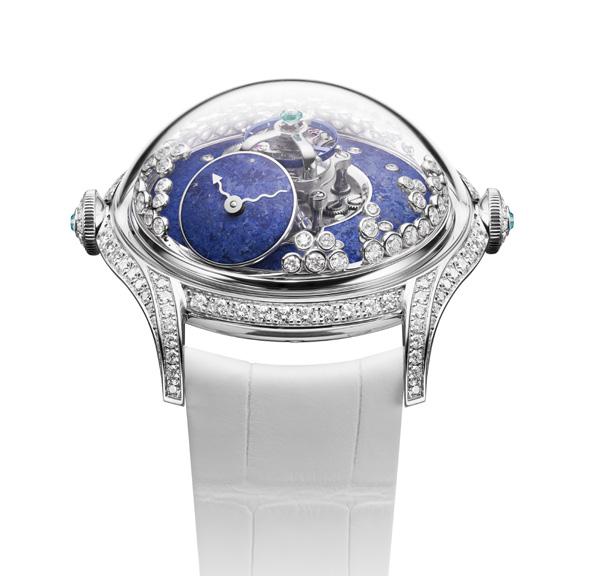


The MB&F X Emmanuel Tarpin Legacy Machine FlyingT models in Ice and Blizzard are wonderful timepieces and works of art. The collaboration was indeed a success, and we hope this bodes well for more projects from these two minds in the future. In the meantime, pick your pleasure: Ice or Blizzard.
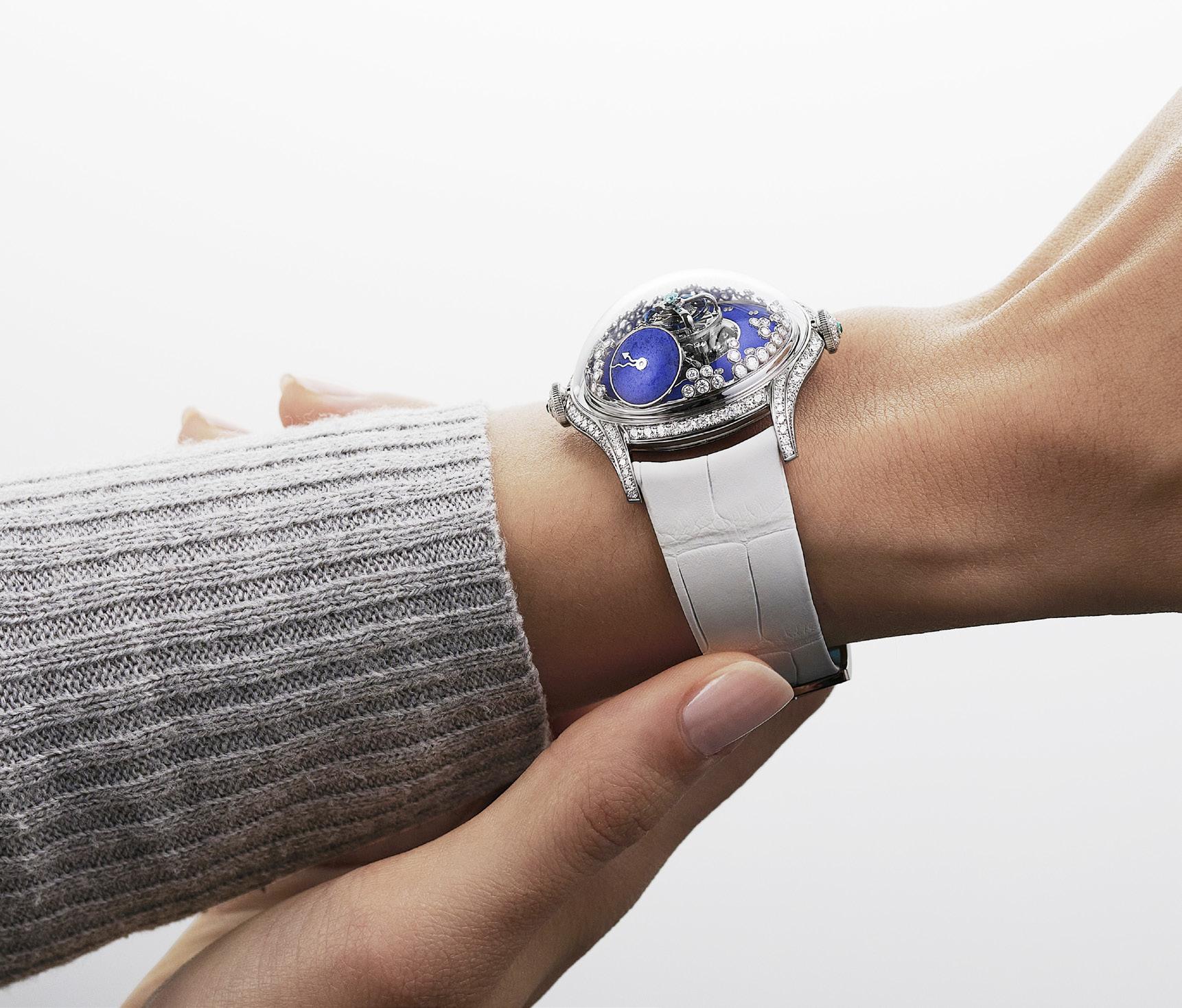 Legacy Machine FlyingT ‘Blizzard’
Legacy Machine FlyingT ‘Blizzard’
 by Jose Martin V. Ursúa
by Jose Martin V. Ursúa

It is a curious sight to behold for the first time: A gleaming cantilever — polished, twisting tubes float over a flat plate. Not perfectly flat, upon closer inspection, but deliberately angled and curved. Every surface is immaculately finished to catch the light pleasingly. An automotive enthusiast would immediately recognize the shape, and wonder whether this is a repurposed car part. Is it a manifold? Is it a header? Is it big enough to be functional? But then he would notice the piece at the end of the three-into-one: It’s an oval block covered in black suede with white crossstitching, an echo of performance car interiors. The purpose of this block is unmistakable: a wristwatch belongs here. Describing this sculpture any further seems inadequate, so I point you to the several thousands of words’ worth of
photos. Yet even these visuals fail to convey the full experience — the heft, the tactility — of the actual piece
This is the R Werk TYP-01, a functional sculpture that is influenced by, and a celebration of, the twin passions of cars and watches. It is not an uncommon pairing — most Calibre readers also subscribe to C! — but it is rare that someone chooses to express these combined loves so tangibly. R Werk is the brainchild of Nelson Wu, an auto enthusiast and watch collector who spends a great deal of time ruminating on the nature of passion. Through an accumulation of experiences and conversations with luminaries in these two worlds, he has steadily added fuel to the spark of an idea that struck him years ago. In his words, the TYP-01 is a personal totem — an expression of a portion of himself. It also acts as a beacon to other similarly obsessed individuals, bringing like minds together for friendship and collaboration. Lastly,



TYP-01 is an aesthetic delight, whether it is taken on its own or as a symbol of the fascinations that spawned it. The simple addition of your watch instantly transforms it into a piece with emotional weight of your own.
Led by Mohammad Morassafar in Pforzheim, Germany, the R Werk design team drew from multiple influences during the ideation and prototyping stages of the TYP-01. Most obvious is the Porsche 911, and particularly the 1973 Carrera RS 2.7, which Nelson considers to be the distilled essence of the 911. The supporting structure is modeled after racing headers from this motorsports legend, while the form of its ducktail spoiler is recalled on one corner of the base. Nelson has also been inspired by great personalities in the automotive world, such as the prolific designer Frank Stephenson, or his engineering hero, Gordon Murray. Touches of the former’s biomimicry are evident on this
sculpture, but the latter’s clarity of focus and uncompromising nature inform the philosophy that underpins R Werk.
Although the TYP-01 has been shaped, in part, by the past, its construction is avantgrade. This can be surprising, as it appears almost monolithic at first glance. It is, in fact, as mechanically meticulous as its inspirations, combining several modern processes to carve, sinter, bend, and fasten the metal together. The


base plate is made from hydroformed steel, and it attaches to an upper portion (the “chassis”) that is machined from a zinc-aluminum alloy block using 5-axis CNC. The intricately organic pipes are also aluminum, but manufactured additively i.e. 3D printed. The block that carries the watch is upholstered in the same Alcantara as Porsche uses in its GT cars. Finally, the component parts are joined with bespoke titanium screws that will never be seen. Between the tight tolerances
and the hours of hand-finishing, the TYP01 impresses as a solid, single piece that was seemingly willed into existence.

R Werk is planning a production run of 399 pieces. Each TYP-01 will cost $3,850. This is the price of a serious wristwatch, which may give pause to some. However, when viewed in context of a larger collection, and the uncompromising, Swiss-like craftsmanship behind its creation, it makes more sense. As the TYP-01 name implies, it is the first project of this fledgling company. The journey from idea to production has been an education to Nelson and the team, and one with not a small amount of risk involved. R Werk hopes to find customers who are motivated by the same impulses, but any plan for a TYP-02 is still unwritten. Full disclosure: Nelson is a friend whom I met during a vintage Italian car event. While looking at an Alfa Romeo 1900 Super Sprint, and chatting about Tazio Nuvolari’s prewar drives for Auto Union, we realized that we were both regulars at Red Bar Toronto, and had at least two interests in common.
The limited production restricts the number of people who can experience the TYP-01 first-hand, but any enthusiast can appreciate a passion project from afar. If you do have the means, and wonder whether this would make a fine addition to your office or garage, with your Royal Oak or Daytona resting upon it, consider the following: Does the feel of the metal transport you to another time and place? As your eyes trace the helical pipes, do you hear the soulful wail of a Flat-6 play on, as Abraham Lincoln put it, the mystic chords of memory? Does the softly refracted light move you to revisit your own journeys in pursuit of passion? If they do all this, then the TYP-01 might be an instrument that resonates with you.
“TYP-01 is a functional sculpture that is as mechanically meticulous as its inspirations, crafted with modern methods that carve, sinter, bend, and fasten the metal together.”
There are reasons why the maritime industry is so tied to time and timekeeping. You needed consistent accurate timekeeping to be able to navigate safely away from any landmarks. The Cutty Sark was one of the fastest ships of the British fleet, and now sits in Greenwich a walk away from the historic timepieces that made such journeys possible.
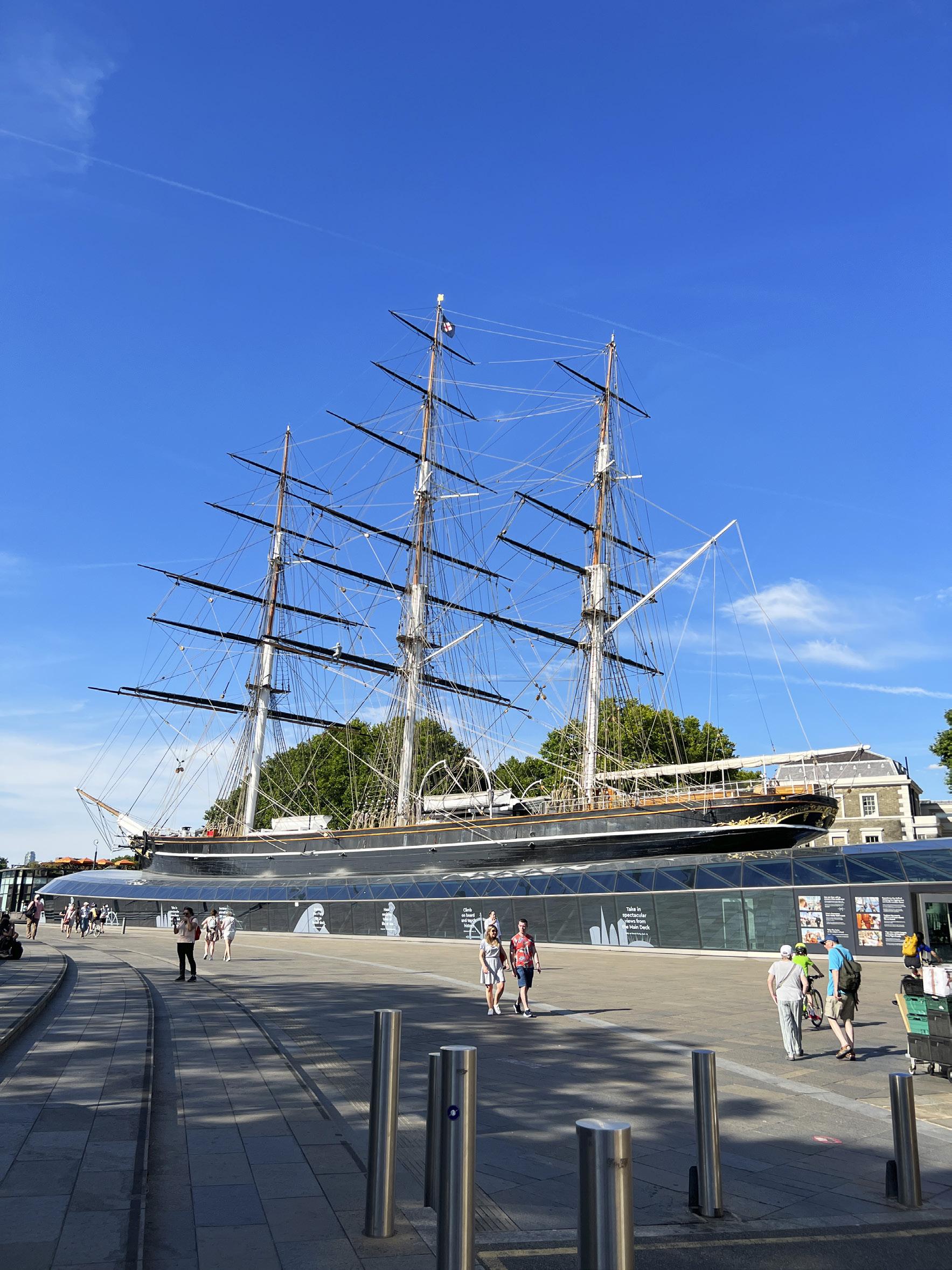 by Carl S. Cunanan
by Carl S. Cunanan

